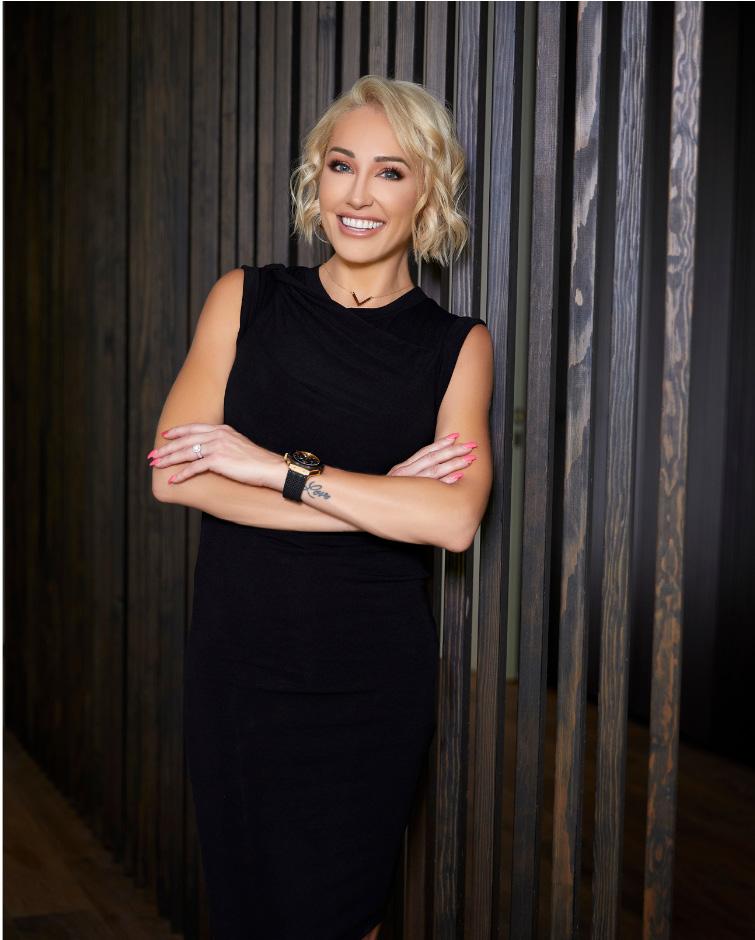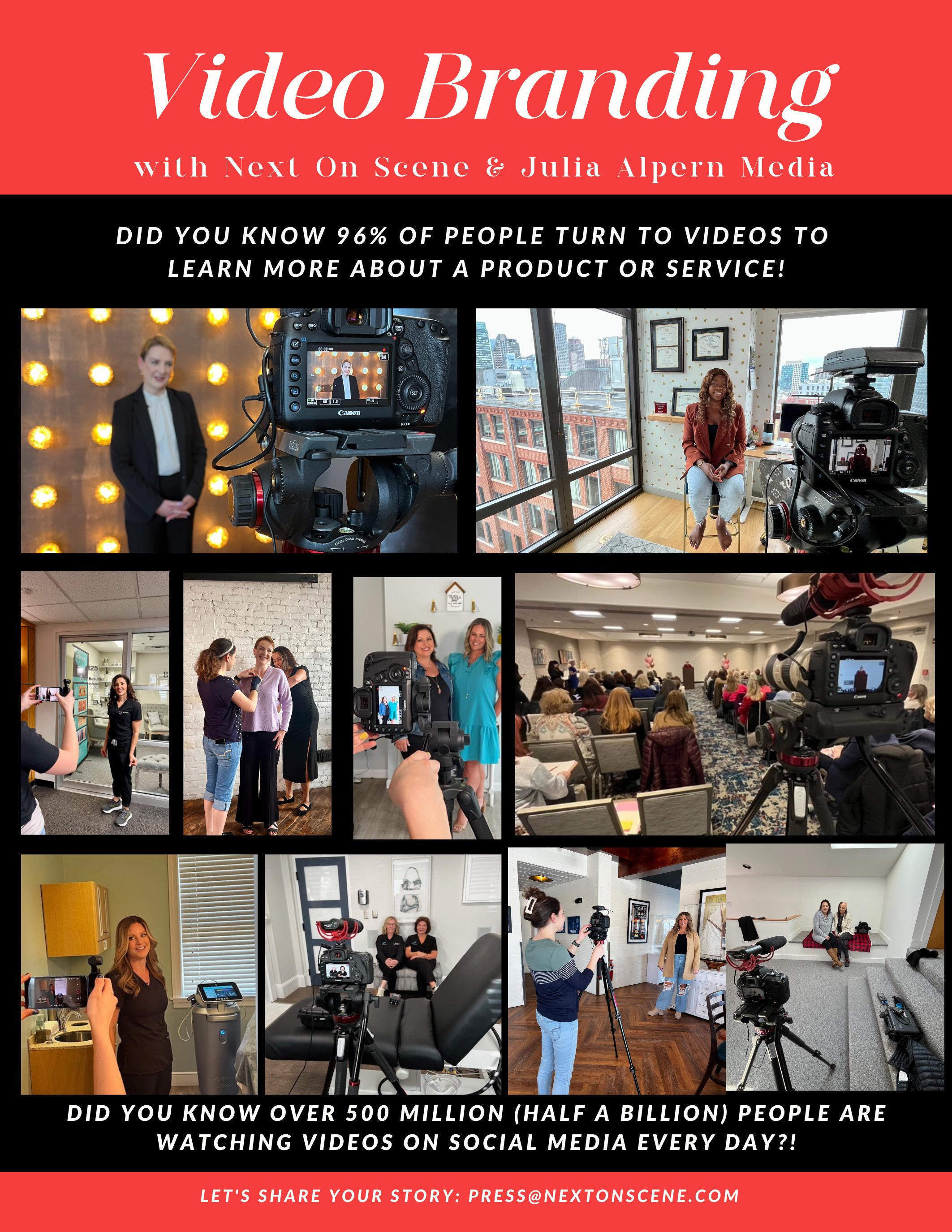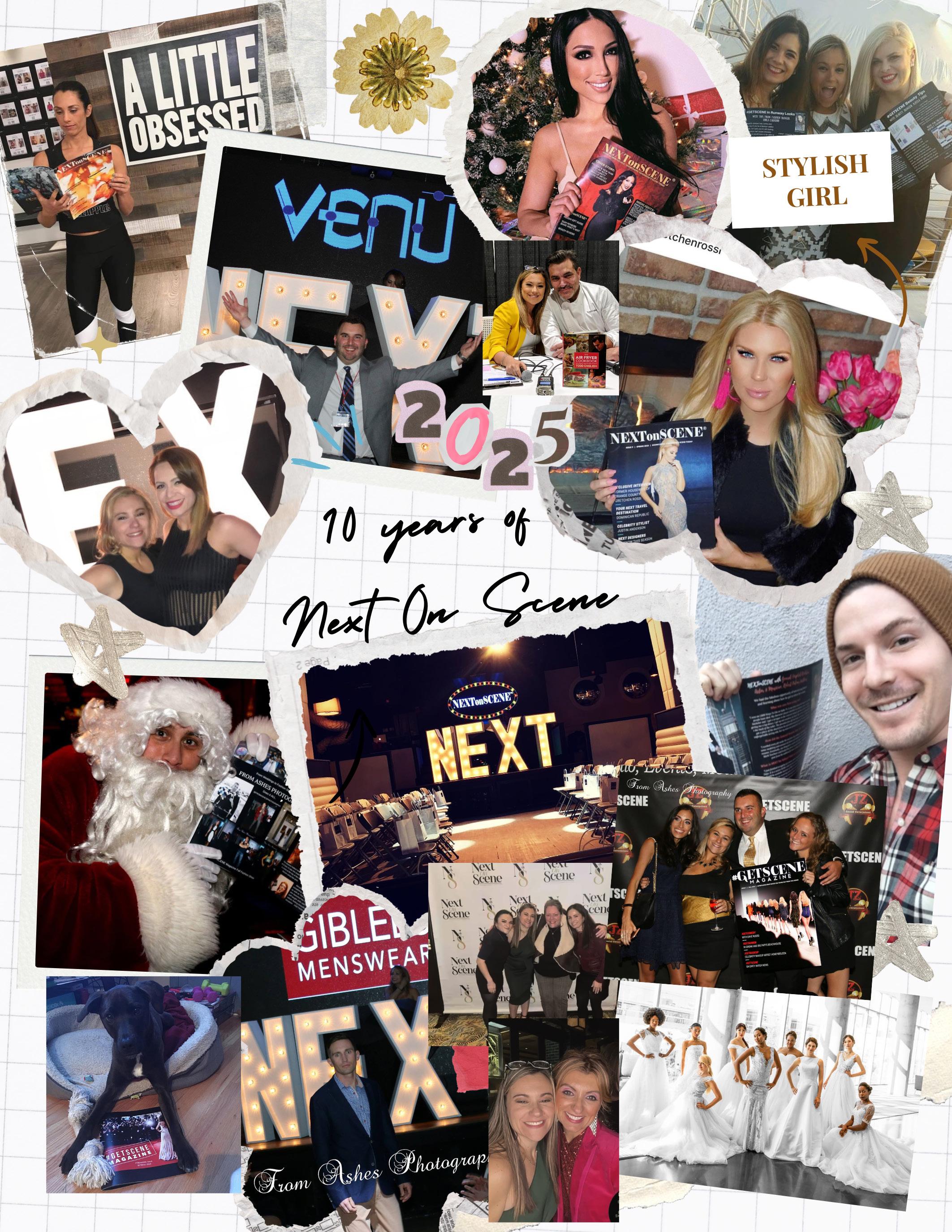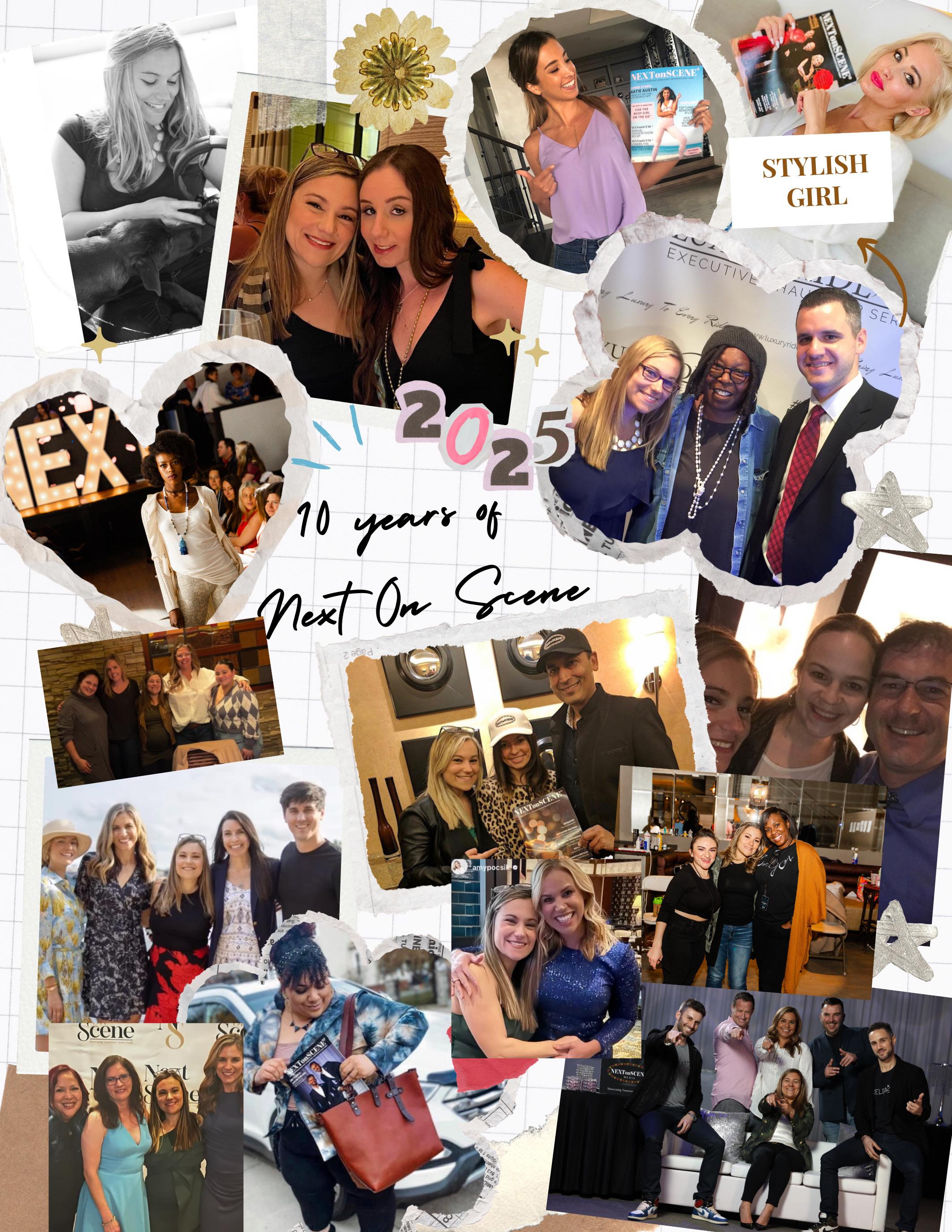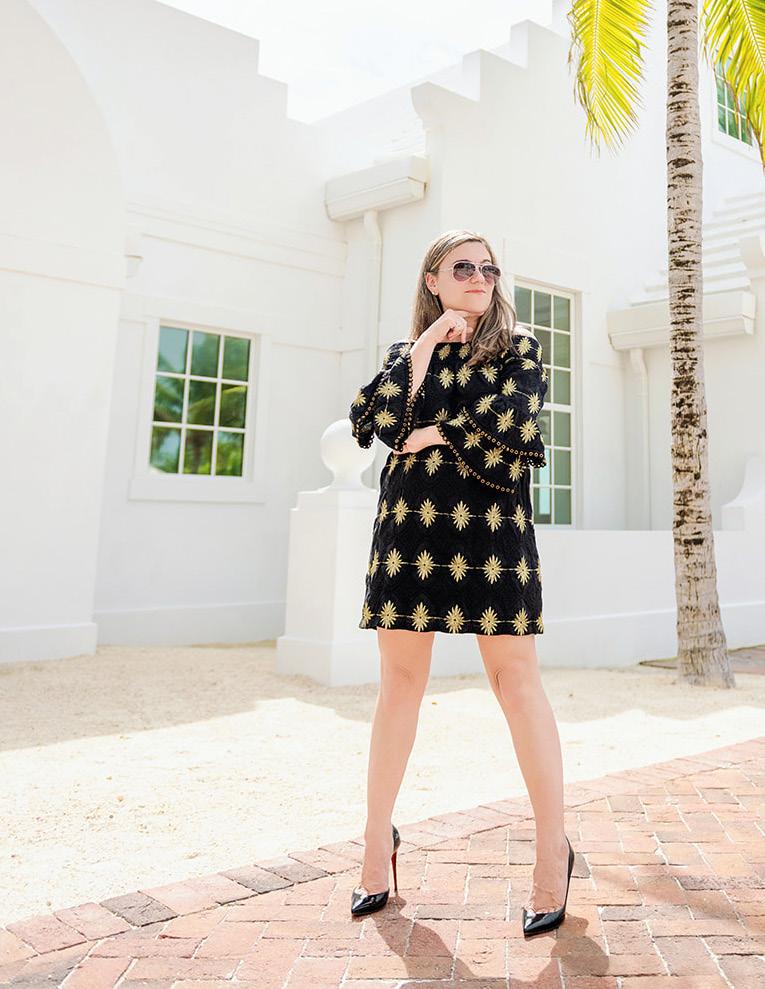

Letter from the Editor
Hey NEXTonSCENE Fam!
Issue 25: Our 10 YEAR IN BUSINESS EDITION!!
This issue is a full spectrum of all the amazing coverage we have done over the past 10 years, in addition to always spotlighting rising entrepreneurs.
Can’t wait for your feedback, Happy Reading!


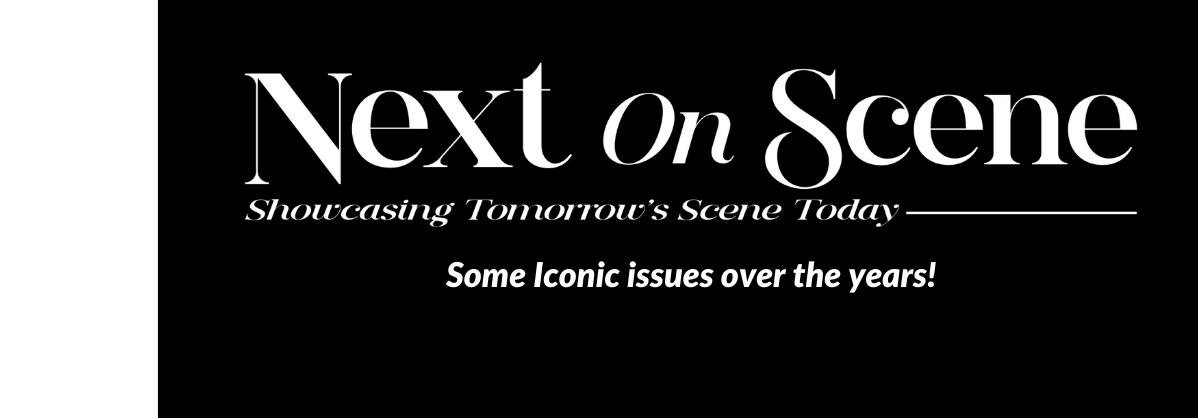
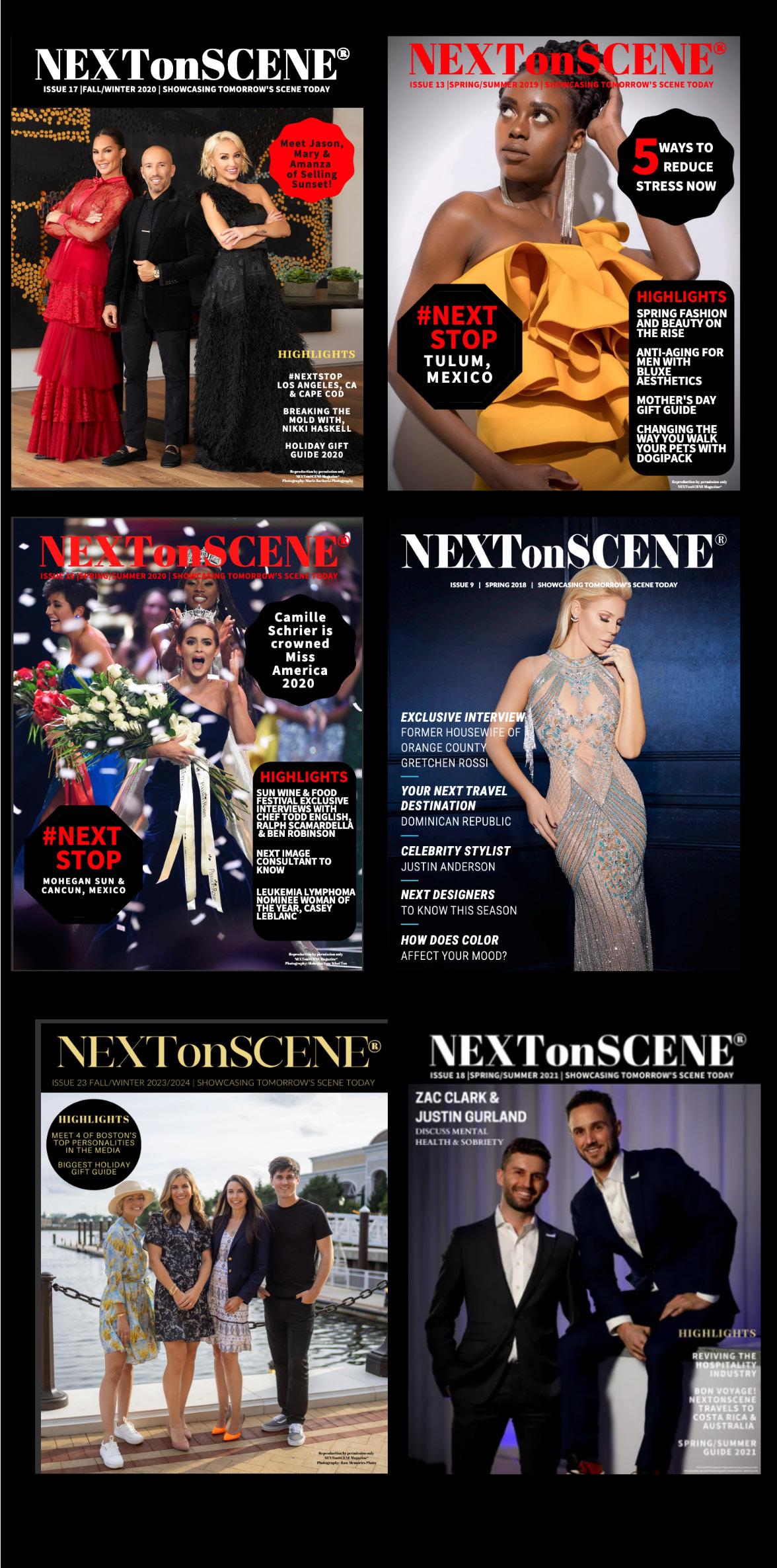

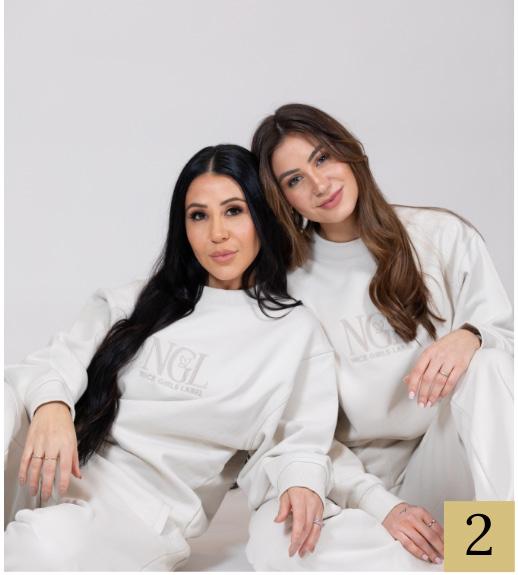
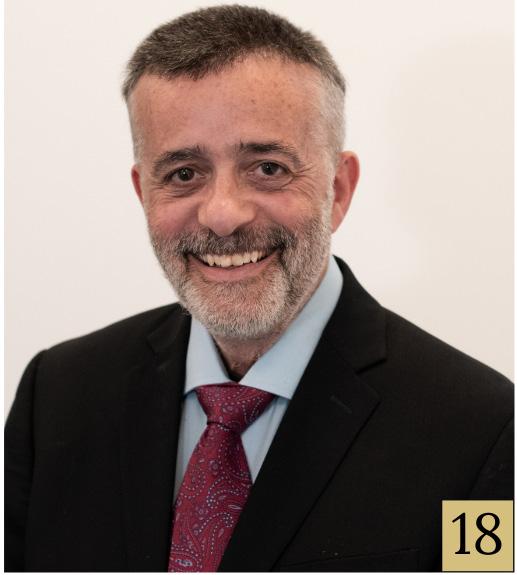
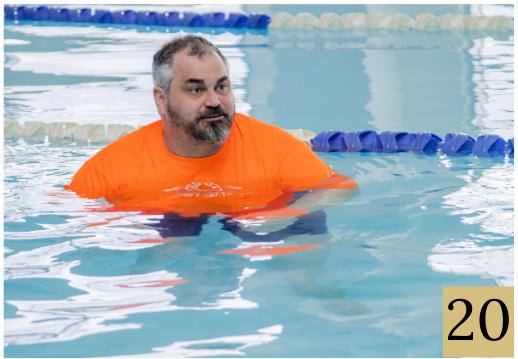


CONTENTS:
Next in Style
Nice Girls Label: Two Sisters Turn Their Grandmother’s Legacy 2
Beyond Beauty: How Teal Studio Is Creating Trendsetters 4
From Children’s Couture to Women’s Wear 6
How Jewelry Shopping Has Transformed in the Last Decade 7
Refined, Not Redone: How the Last Decade Transformed Aesthetics 8
The Evolution of Style Over the Last Decade 9 Gift Guide 10
Lights,
Lens, Entertainment
From My Guest Room Closet to a Global Brand 12
Meet Jordan Rich: Telling Stories One Listener at a Time 16
Celebrating 15 Years of Electrifying Beats 18
Framed by Change: Dina K Photography 20
Lipstick Magic: Lydia’s Gift for Reading the Soul 21
The Triple Talent of Headshots, Hair, and Makeup 22
Breaking the Stigma
Timothy Heffron’s Journey from UPS to Leading a 25-Person Team 24
Opening Doors: Make Inclusive Casting the Industry Standard 26
Five Best Self-Help Theories to Positively Impact Your Life 27
A Mom Redefining Strength for Women Everywhere 28
How a Health Crisis Inspired A Thriving Charcuterie Brand 29
Generations of Wisdom: Helping Women Rewrite Their Stories 30
Creative Spotlight
Design with Laura 31
in Chief: Jackie Zukerman Delory
Throwbacks
Decade Spotlights 32
ARE YOU NEXT?! We want to hear from you Inquire: JACKIE@NEXTONSCENE.COM
From Guest Room Closet to a Global Brand
Two Sisters Turn Their Grandmother’s Legacy
Meet Jordan Rich: Telling Stories One Listener at a Time
Timothy Heffron’s Journey
Beyond Beauty: Teal Studio
Refined, Not Redone
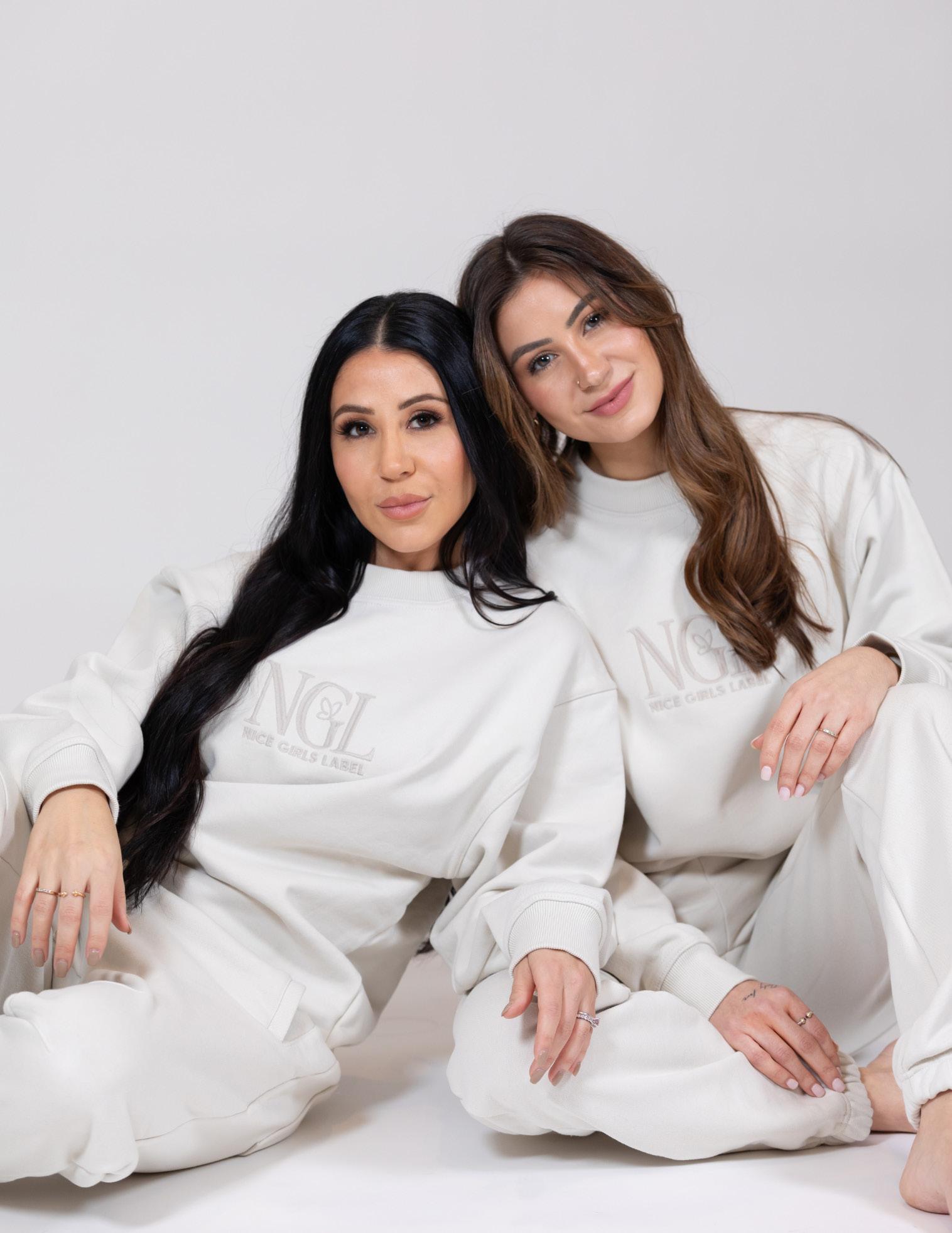
Nice Girls Label:
Two Sisters Turn Their Grandmother’s Legacy Into A Fashion Movement
“Our Nonna was the heart and soul of our family—a true matriarch whose warmth and wisdom shaped us in countless ways. She had a remarkable gift for making everyone feel loved, seen, and comforted, no matter who they were or where they came from.
Her favorite saying, “It’s nice to be nice,” wasn’t just a phrase—it became a guiding principle for our family, friends, and even acquaintances who felt her quiet, but sometimes loud, influence.
When she passed away in November 2021, we knew we wanted to honor her legacy in a meaningful and lasting way. Growing up in a big Italian family full of vibrant personalities, we were taught to celebrate individuality and embrace each other’s differences with love. Now, after four years of dreaming, planning, and heartfelt conversations, we’re proud to launch Nice Girls Label—a tribute to Nonna’s enduring spirit and the values she instilled in us.”
How does Nice Girls Label contribute to empowering women in the fashion industry, and what initiatives are you most proud of?
“At its core, Nice Girls Label is about uplifting others and celebrating individuality. As a women-owned brand founded by two sisters, we’re proud to be part of a growing movement that champions inclusivity and self-expression in fashion.
Our mission is to create a space where everyone feels seen, valued, and welcomed—just as they are. What we’re most proud of is the community we’re building and the opportunity to grow alongside it. Every step of this journey has been driven by heart, and we’re committed to continuously learning and evolving.”
What inspired the name behind the business?
“The name Nice Girls Label was inspired by our grandmother’s signature saying: “It’s nice to be nice.” When we began shaping the vision for our brand—focusing on inclusivity, kindness, and community—that phrase kept coming back to us.
At the same time, my sister and I would often joke about flipping the infamous Mean Girls quote, “You can’t sit with us,” into something more welcoming: “You can totally sit with us.” The idea of calling ourselves the Nice Girls started as an inside joke, but it quickly stuck. We couldn’t get it out of our heads—and that’s how NGL was born.”
How has Athleisure wear made its mark over the past decade?
“We’re absolutely obsessed with athleisure— it’s the kind of style we’d wear everywhere if we could. Thankfully, it’s become much more socially acceptable in a variety of settings, especially as it’s evolved into a more elevated, high-end aesthetic.
As for Nice Girls Label, we see our pieces as luxury loungewear with a streetwear edge. The beauty of our collection is its versatility— it goes far beyond the typical sweatsuit. You can dress it down for comfort or style it up for a more polished look, giving you the freedom to wear it in so many different ways and places.”
Currently you have crewnecks and joggers, what is the goal of the branddo you see yourself expanding into other items?
“We’re excited about the future of our brand and its potential to grow. As this is a new venture for us, we’re eager to see where it takes us and, more importantly, to hear the feedback from our Nice Girls community.
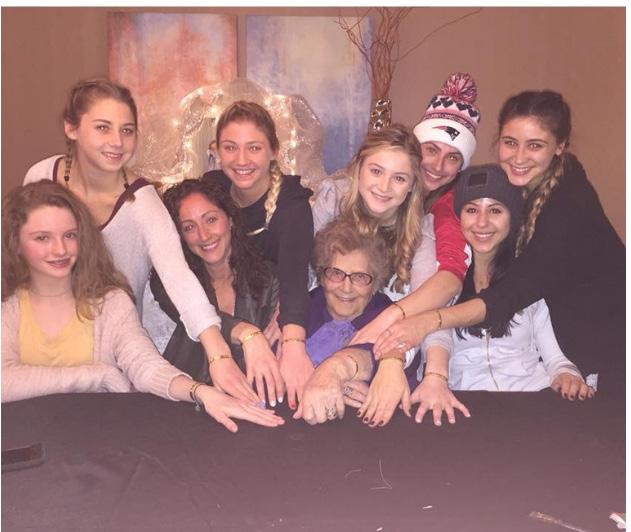
While our focus is on loungewear and apparel, the true essence of our brand is about something much deeper—spreading a message of kindness, inclusivity, and compassion. Our ultimate goal is to build a community of like-minded individuals who share these values and create a space where everyone feels a sense of belonging, especially for those who may not find it elsewhere.”
As we celebrate a decade of Next On Scene Magazine, what advice would you give to aspiring entrepreneurs looking to make their mark in the fashion world?
“Go for it! Find resources, connect with people who’ve been there, ask questions, seek advice—just start bringing your vision
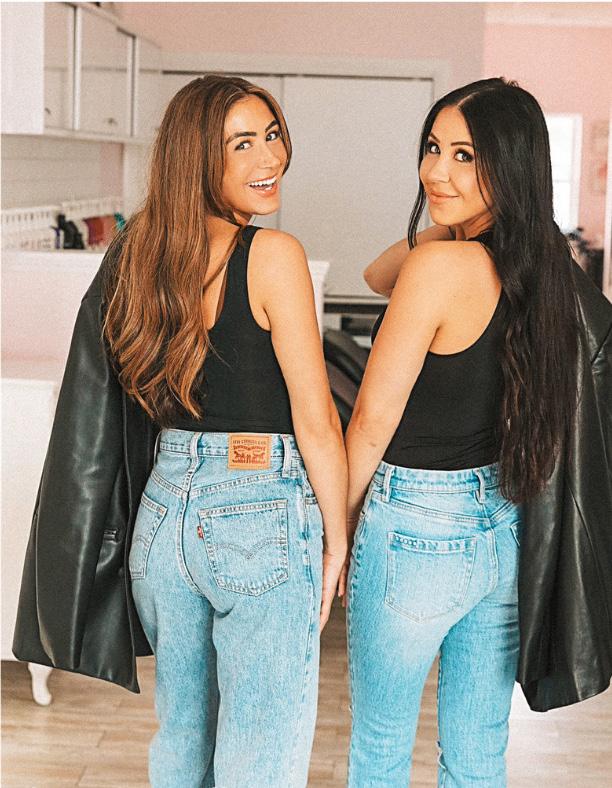
to life. It’s a journey, and it takes time, so don’t rush the process, but do take that first step. For us, it’s been a four-year journey of growth, learning, and refining. Now, we’re finally at a place where we’re excited to share our vision with the world.”
How can people follow and shop NGL?
“You can keep up with us on Instagram @NiceGirlsLabel. Our pieces are available through our Shopify store, which is linked in our Instagram and Facebook bios.
To get early access to our exclusive, limitedquantity drops—before they go live on social media—make sure you sign up for our email list on our Shopify.”
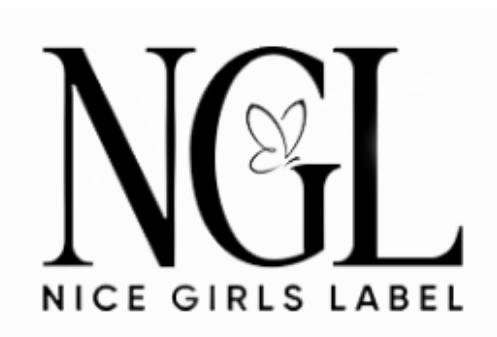
#GETINTOUCH with Dominique and Juliana: Website: nicegirlslabel.com IG: @nicegirlslabel
Beyond Beauty: How Teal Studio Is Creating Trendsetters and Redefining the Hair and Makeup Experience
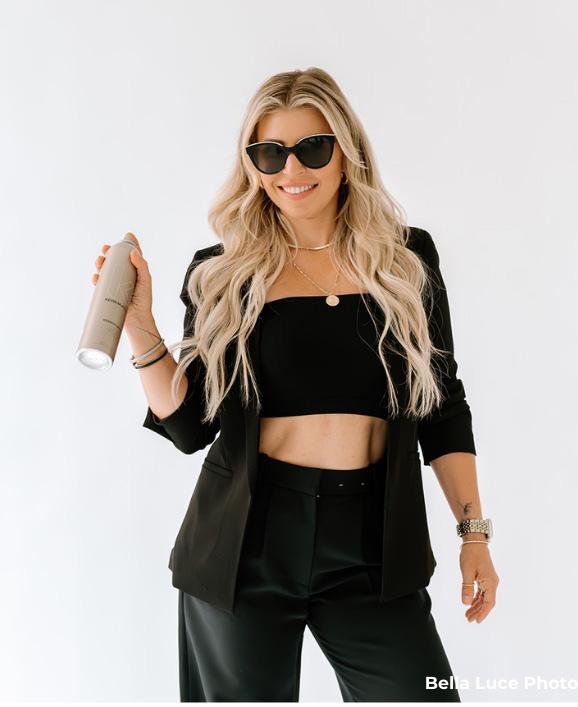
Teal Studio was founded by Christina Trusello after nearly a decade in the salon industry left her burnt out and craving more. Working long hours behind the chair and traveling for education left little time for balance. What started as a five-year plan to open her own salon quickly turned into a three-month leap when she and a co-associate discovered the perfect space. Determined to avoid loans, Christina drastically cut expenses and saved her share of the startup costs—Teal Studio was born out of hustle, heart, and a bold vision for something better.
Teal Studio is known for its stunning work in both hair and makeup. What inspired the creation of a studio that focuses on both of these beauty services, and how do you blend them together to create the perfect look for your clients?
“Both my original business partner and I shared a passion for hair and makeup. I loved the creative side—participating in Boston Fashion Week and art/fashion shows—while she was drawn to bridal styling. From the start, our business plan focused on offering both services, which was rare in an industry that often separates the two.
Blending our talents came naturally, and we shared a vision: to create a luxury experience
for guests who wanted trend-forward, yet personalized, looks in a studio setting.”
As trends in beauty and fashion evolve, how do you keep Teal Studio’s services fresh and exciting for your clients? Are there any current trends that you’re particularly excited about?
“We keep on top of the trends by looking at market research. Watching the trends and leaning into well know and respected brands that align with our values and curate our own services form there.
Some new services we are offering are V Light & CombLine extensions (invisible extensions), Hair Toppers and hair Extension Rentals. We have also recently created our own haircare line called Lexsoir Hair Care to be realized this Summer. We are super excited for these trends to add to our specialty services and aid in challenges with hair loss.”
Your team is made up of highly skilled professionals. How do you ensure that each stylist and makeup artist at Teal Studio stays on top of the latest trends and techniques in the industry?
“Education is a core focus for us. Unlike many industries where ongoing education is required, cosmetology often doesn’t mandate it. At Teal, we hold ourselves to higher standards. Our team undergoes comprehensive training to ensure a seamless, collaborative experience for both

guests and staff. In addition to in-house and external education, we focus on the latest beauty trends, techniques, and products, along with work-life balance, business skills,
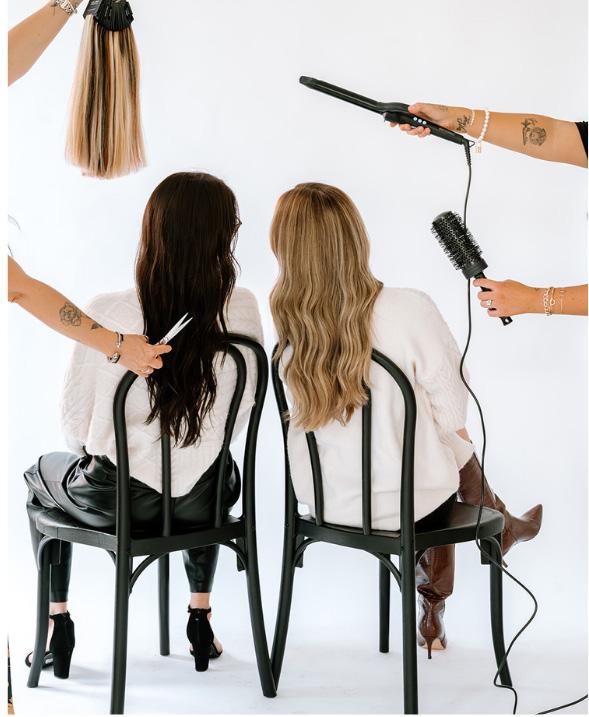
and finance. Each year, our team votes on the classes they’d like to take as part of our ongoing development.”
Looking ahead, what are your goals for Teal Studio? Are there any new services, events, or collaborations in the works that you’re excited to share with your community?
“There are SO many talented stylists & salons out there today, the options are endless. What truly sets us apart is how we evolve with what guest’s value and of course our currency on the trends and up to date education. It used to be the “experience” and amenities like specialty beverages, hot towels and a great scalp massage with an in depth consultation that clients valued. Now, while these are still important and ALWAYS part of your visit at TEAL Studio we have asked GUESTS what are the most important factors to them and found that time and communication are the new form of currency.
Our goals have always been the same; to create a team of like minded individuals with similar purpose and values. To create a space guests and pros can collaborate and create beautiful looks together that support confidence and happiness. Part of our goal is to to grow and bring awarenesses to our studio so we can positively inspire and support as many people as possible while creating a life of wealth (time, money, health and family) for everyone. Our goal is to radiate and inspire every path we cross.”
Photo Credit: Left Page, Upper Left: Bella Luce
Photo Middle and Upper Right:
Photos: Merissa at Illume by MC /Left Page: Merissa at Illume by MC
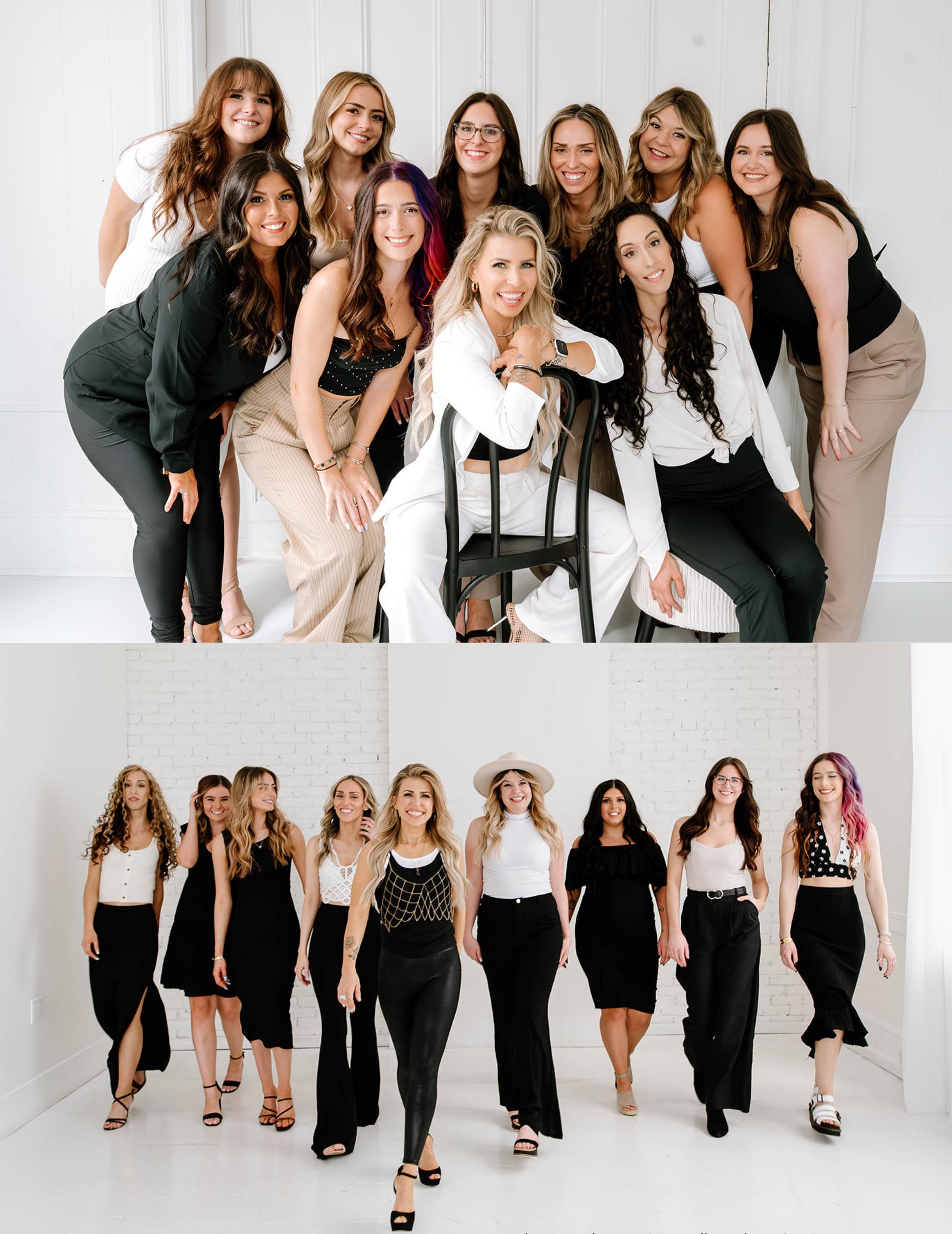
From Children’s Couture to Women’s Wear: Megha Patil’s Journey of Expanding Her Fashion Landscape

“The transition to a summer line for women felt organic. I wanted to design garments that embodied the same elegance and sophistication I created for children— pieces that women could cherish, feel confident in, and wear effortlessly.”
From Children’s Couture to Women’s Wear-What inspired your transition from designing custom special occasion pieces for children to creating a summer line for women?
“Designing has always been a part of my life. Since I was 17, I found joy in creating garments for the women in my neighborhood and my mom’s friends. I would sketch intricate patterns on cotton fabrics, carefully select materials, and sit with seamstresses and tailors to bring my designs to life. Women’s wear was my first love, but my journey took a special turn when I became a mother.
I wanted to create something truly special for my daughter—just as my mother did for me when I was a child. That’s how Happy Lilliput was born, out of a desire to craft unique, timeless pieces for little ones.”
Designing children’s couture was incredibly fulfilling; every dress carried a sense of whimsy, innocence, and magic.
However, as I immersed myself in the world of slow fashion and sustainability, I realized that the same sense of artistry and thoughtful craftsmanship could be extended to women’s wear.”
The Birth of Happy Lilliput—Can you share the story behind the name Happy Lilliput and what it represents in your brand?
“I’ve always been a petite person, and I embrace happiness in everything around me. Growing up, fairytales were a big part of my world, and Gulliver’s Travels was one of my favorites. I was especially fascinated by the tiny yet remarkable Lilliputians.
While Swift’s Lilliput satirized human pride and trivial conflicts, I envisioned a world where these tiny beings embodied joy, creativity, and kindness—where everything was happy.
That’s how Happy Lilliput was born —a brand that celebrates the magic of childhood, imagination, and the beauty in the little things. It represents a world where dreams take shape through thoughtful design, where every piece tells a story, and where happiness is woven into every stitch.
Through our commitment to sustainability and craftsmanship, we bring joy not just to the little ones who wear our creations but to the artisans and communities we support.
Happy Lilliput isn’t just a name; it’s a philosophy—one that reminds us that even the smallest things can make the biggest impact.”
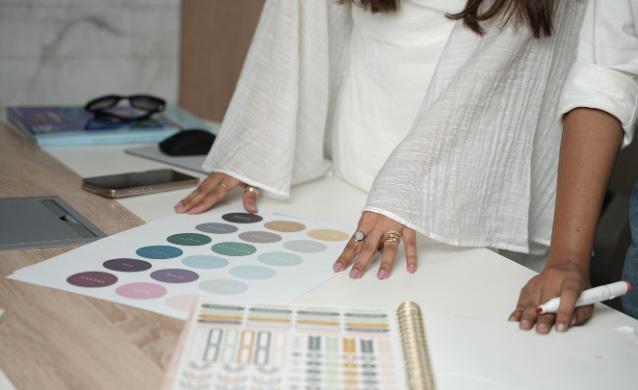
How would you describe the aesthetic and philosophy of Happy Lilliput? What makes your robes, cover-ups, and lightweight jackets unique?
“At Happy Lilliput, our aesthetic is all
about effortless elegance, comfort, and conscious craftsmanship. My journey into sustainability has taught me that it’s not just about fabric choices but also about mindful production. That’s why I embrace a made-to-order approach— reducing waste while creating thoughtful, timeless pieces.
As I expanded into women’s wear, I wanted to celebrate the beauty of slow living—slow fashion, slow mornings, and the luxury of feeling at ease. Our robes, cover-ups, and lightweight jackets embody this philosophy. Designed with sustainable fabrics, they offer a perfect blend of sophistication and relaxation, making them ideal for resort wear, lounging, or layering.”
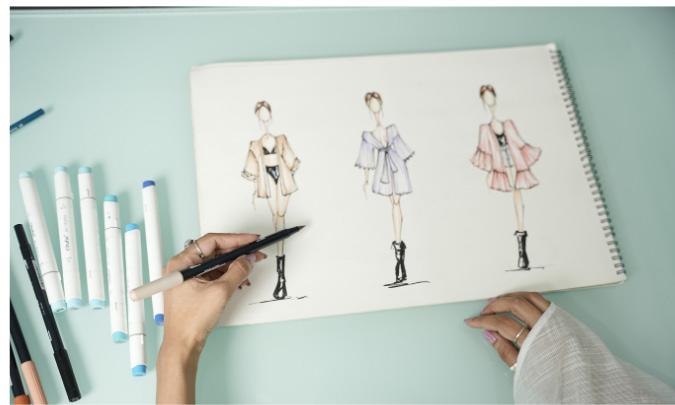
Where do you find inspiration for your designs? Do you follow trends, or do you prefer to create timeless pieces?
“My inspiration comes mostly from nature and the cotton farms my family owns. Growing up around fields of soft, breathable cotton, I developed a deep appreciation for natural fabrics and the beauty of simplicity.
This connection to nature influences every piece I design, ensuring that comfort, sustainability, and elegance are at the heart of my creations.
I chose a custom-made approach because working solely with sustainable fabrics sometimes limits the creative vision needed for that flawless look. I seamlessly am able to blend innovation with sustainability, ensuring every design meets high-quality standards while staying true to my ethical values.
I don’t chase fleeting trends; instead, I focus on crafting timeless pieces that can be cherished for years.”
WEBSITE: happylilliput.com
FACEBOOK & INSTAGRAM : @happylilliput
Photo Credit: Upper Left:
Photo: Elaine Freitas
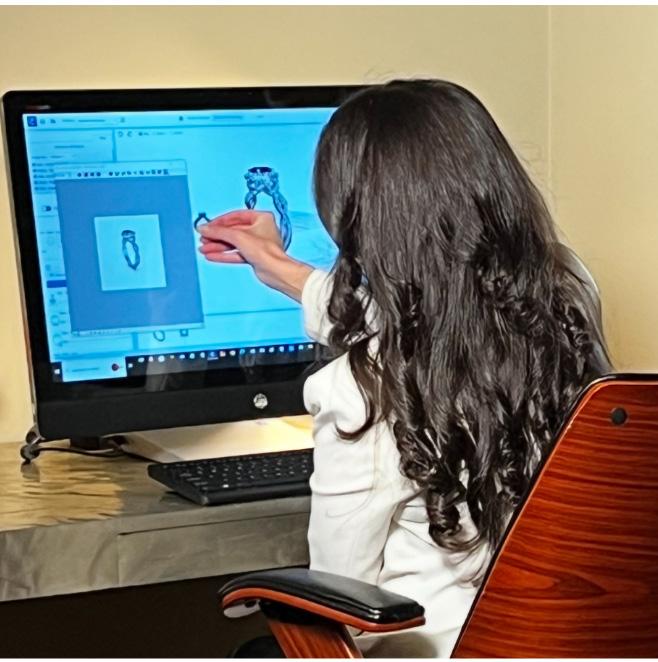
Jewelry is changing. Shopping for it has too. Have you noticed? What was once a buying experience dominated by tradition or fleeting trends has now evolved into a space shaped by emotion and changing values. From lab-grown diamonds to digital design tools and sustainable practices, let’s explore how the world of jewelry has shifted in the last decade.
What’s with all the changes?
A new generation of jewelry buyers have come out to shop and it’s changing the game. Millennial and Gen Z priorities are different.
Rewriting the Sparkle: How Jewelry Shopping Has Transformed in the Last Decade With Nerissa Parisi Hill —Co-Owner
of Tesoro Boston
pieces are losing their appeal as consumers gravitate towards more meaningful jewelry.
How does a modern jeweler make this happen? WITH TECHNOLOGY! Technology doesn’t mean abandoning classic methods. It means adding layers of visual reality and growth. How? Technology and the use of it has made it easier than ever for customers to be a part of the process.
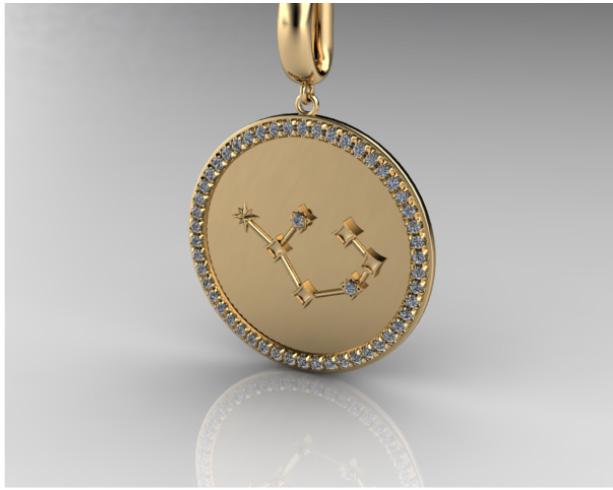
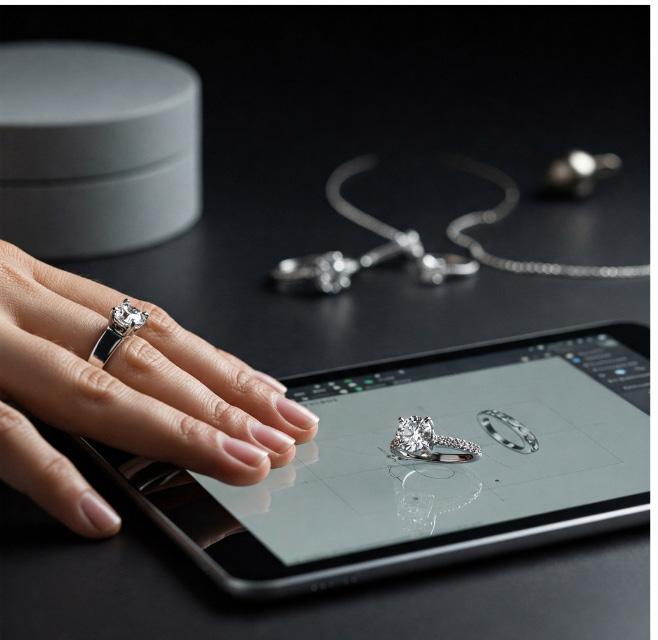
They prioritize experiences, authenticity and sustainability above all else. How has that changed the experience? It’s led to a rise in jewelry-based experiences like design sessions and shopping for engagement rings together.
There’s a growing preference for blending function into their jewelry design, for jewelry that complements a lifestyle and a budget. This shift toward bespoke design is not limited to luxury buyers. Mass-produced
By adding computer animated design, digital animations and 3D printed samples we can bring a jewelry design to life before it’s ever cast in metal! VR features enable you to virtually “try on” jewelry, enhancing the online buying experience and empowering confident decisions. The advent of AI can also help with creative visual design and design description in much the same way it has helped in this article!
These same technologies have led us to one of the most profound changes in industry, the mainstream acceptance of labgrown diamonds.
Once seen as a niche alternative, labgrown stones are now embraced for their affordability, identical chemical composition to mined diamonds, and unique environmental footprint. While not new technology, as consumers have continued to seek alternative options, lab-grown diamonds have surged in popularity. This shift has challenged the traditional diamond market, sparking a wider conversation about luxury.
Once seen as a niche alternative, labgrown stones are now embraced for their affordability, identical chemical composition to mined diamonds, and unique environmental footprint. While not new technology, as consumers have continued to seek alternative options, lab-grown diamonds have surged in popularity. This shift has challenged the traditional diamond market, sparking a wider conversation about luxury.
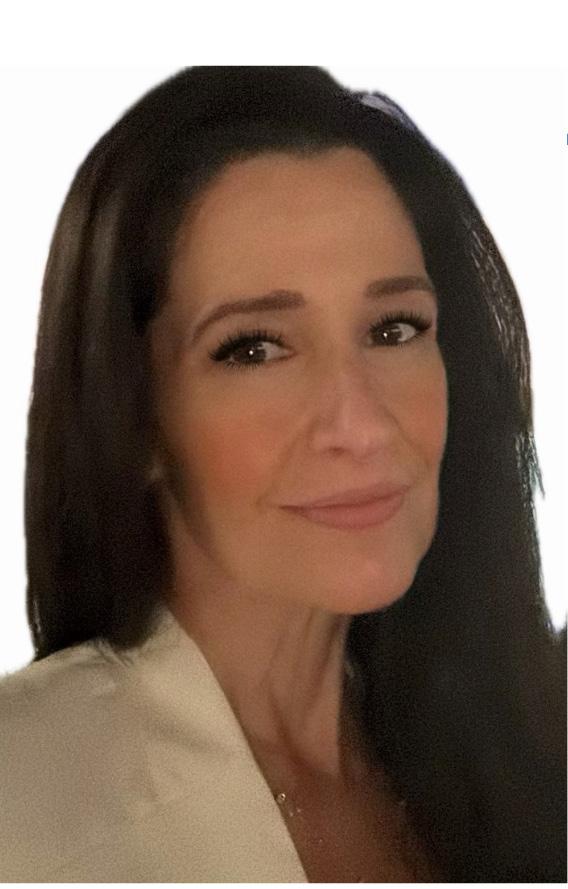
What truly is luxury? Personalization Is the new luxury. With custom-made and personalized jewelry, you can create pieces that are as unique as the moments they are made to represent.
Jewelry isn’t an accessory it’s a memory you wear. Tesoro Boston embraces this change by sharing those emotions through technology, innovation and personal connection. Our clients invest in memory and meaning, and each piece of jewelry tells that story.

Get In Touch with Nerissa & Tesoro. WEBSITE: tesoroboston.com
IG/FB: @tesoroboston
Refined, Not Redone: How the Last Decade Transformed Aesthetics with Aesthetic Nurse Injector, Stephanie Kim
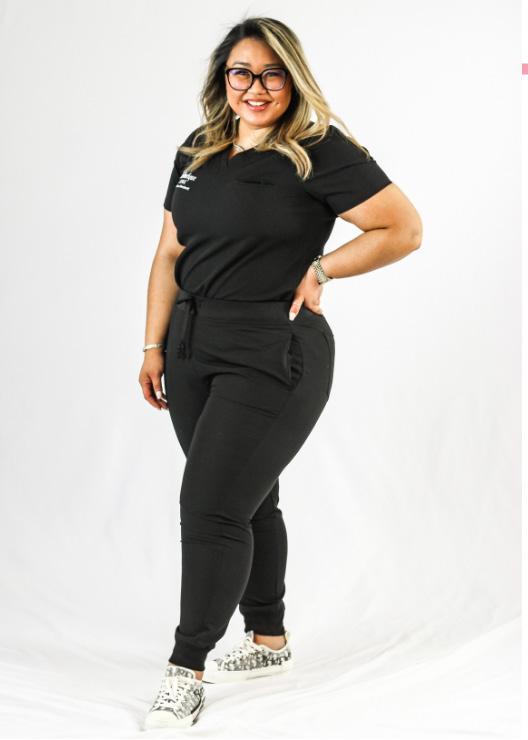
The aesthetics industry has seen significant growth in recent years. From your perspective, what are the most notable changes you’ve observed in the field over the past decade?
“The aesthetic industry has undergone a complete cultural transformation over the past ten years. Treatments previously performed in the underground of medicine are now openly discussed and posted all over the internet and social media “Tweakments,” subtle and preventative treatments that you “don’t need” are evidence of the normalization of body enhancement. Patients aren’t waiting to”need” it - they’re getting it started early to remain young longer.
Meanwhile, the market has become unbearably over-saturated. Everyone with a license is injecting Botox and other injectables now - from dentists to family practice offices.
Competition is razor-sharp and rightfully so because patients are so much more educated with access to the internet and quite often come in with a specific product in mind and even what anatomical planes you’re working on.
Plain and simple - being mediocre is no longer acceptable in the business of medical aesthetics. If you don’t put in the time and investment in continuing education and result-driven practice, you’ll be left behind and stuck in the past.
With the rise of social media and influencer culture, how has patient awareness and acceptance of aesthetic treatments evolved?
Patient acceptance and education has been fueled by influencer and social media culture. Social media has not only made treatments mainstream in so many places, it has almost glamourized them to the point that “getting a little bit of botox” is no longer taboo in comparison to getting your nails done.
Patients expect instant access to beforeand-afters, procedure tutorials, and genuine testimonials. But it is a double edged sword: on the one hand, the patient is more accepting than ever before, on the other hand patients can sometimes approach with unrealistically high expectations fueled by highly photoshopped influencer pictures.
Managing those expectations has become just as critical as the quality of the treatment itself. If you’re not transparent from the initial consultation, you’re walking into disappointment and complaints and worse — social media backlash. Social media is also a judgment space where what is judged has shifted from being judged for having aesthetic enhancements to aesthetic results of treatments and quality of injector work.
As a nurse in aesthetics, how have advancements in technology and treatment modalities influenced your practice and patient outcomes?
Technological innovation has raised the bar in aesthetic medicine. Advanced equipment in the way of high-frequency ultrasound and ultrasound mapping equipment and improved cannulas and laser equipment that minimizes downtime has dramatically improved outcomes and safety. Products also have improved. No longer are we treating static wrinkles; we’re rebuilding proportions of the face, replacing volume depletion with fillers and biostimulating products that really build upon the quality of the patient’s
own tissues and trigger collagen and elastin production.
All of which means that the results that we’re achieving today are subtle and personalized and longer lasting than ever before. You can no longer approach using cookie-cutter treatments in the aesthetic space if you’re aiming to be elite — customized treatment plans based on good anatomical sense are no longer a matter of choice if you’re to be elite in aesthetics.
Looking ahead, what trends or innovations do you anticipate shaping the future of aesthetic nursing in the next decade?
In short regenerative aesthetic nursing is the future. Customization, technology, and regenerative medicine will reign supreme. DNA & Genetic customizations will assist patients in testing anti-aging treatments. AI will make consultations with predictive imaging more efficient to increase consent. Fillers and toxins will coexist with bio-stimulators, exosomes, and stem-cell treatments as patients increasingly look to the “natural” solutions. Regulations will tighten with a focus on safety and quality. Clinics that are rigid, target women exclusively, or are narrow in their focus will fail in the coming decade. The future will belong to those who bring an elevated skillset. GET IN TOUCH/GET SOCIAL: EMAIL: GlamNurseSteph@gmail.com WEBSITE: GlamNurseSteph.com

FB/IG/TIKTOK: @GlamNurseSteph
Photo Credit: Rebecca Connerne & Xavier Oppenheimer
In honor of our 10 year anniversary we thought it would be a great time to spotlight one of our favorite previous contributors, Tiffy G.
She’s got all the tips we need to know around the evolution of style over the last decade!
Fashion is an ever-changing reflection of cultural shifts, technological advancements, and social movements. Over the past decade, style has undergone a remarkable transformation, blending comfort with selfexpression like never before.
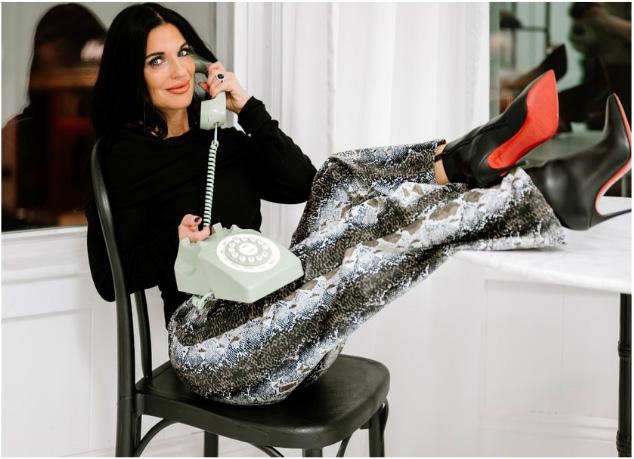
Athleisure Dominance
One of the biggest trends to emerge in the past ten years is the rise of athleisure. Combining athletic wear with casual style, brands like Lululemon and Nike revolutionized wardrobes by making leggings, joggers, and sneakers everyday essentials. This shift was driven by an increased focus on wellness and comfort, blending fashion with functionality.
Sustainability Takes Center Stage
As awareness about climate change grew, sustainable fashion became a priority. Consumers demanded eco-conscious materials, ethical labor practices, and secondhand shopping options.
Thrift stores, online resale platforms like Depop, and brands like Patagonia have championed this movement, promoting “slow fashion” as a stylish and responsible choice.
The Return of Nostalgia
The 2010s and early 2020s saw a surge in vintage-inspired fashion. From ‘90s crop tops and mom jeans to early 2000s lowrise pants and chunky sneakers, designers frequently tapped into nostalgic trends. Social media influencers played a significant role in reviving these styles, making them accessible to younger generations.
The Evolution of Style Over the Last Decade with Styling Expert, Tiffany Giannato DeBerardinis
Streetwear’s Influence
Streetwear evolved from niche culture to mainstream fashion, blending elements of skateboarding, hip-hop, and high fashion. Brands like Supreme, OffWhite, and Fear of God gained mass appeal, emphasizing bold logos, oversized silhouettes, and limitededition drops.
The Evolution of Dress Styles
Dress styles have experienced a significant transformation in the past decade. Flowing maxi dresses became a summer staple, while bodycon silhouettes gained popularity for evening wear. Midilength dresses, often featuring floral prints or minimalist designs, emerged as versatile options for both casual and formal settings. Additionally, shirt dresses and wrap dresses saw renewed interest for their blend of comfort and sophistication.
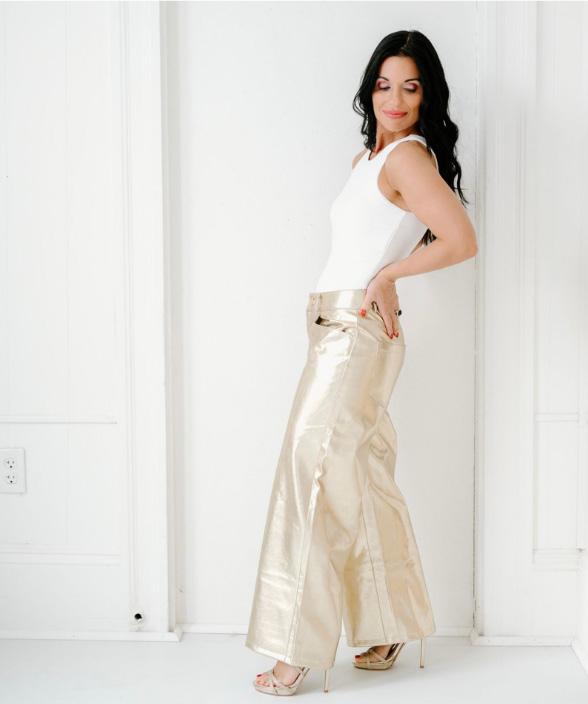
Digital Influence on Trends
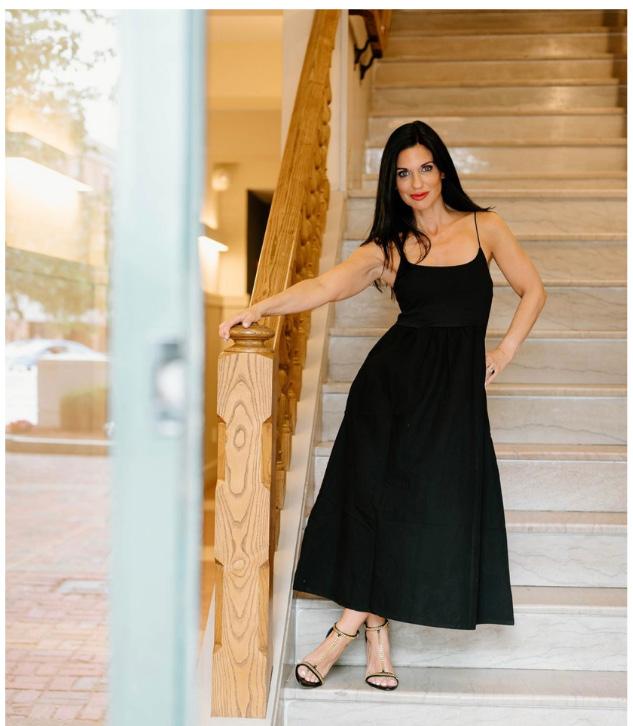
Social media platforms like Instagram and TikTok have transformed how trends emerge and spread. Influencers, viral videos, and “micro-trends” can now shape global fashion movements in a matter of weeks, accelerating the fashion cycle.
In the past decade, style has become more inclusive, versatile, and personal than ever before.
As consumers continue to prioritize comfort, sustainability, and individuality, fashion will likely keep evolving in exciting new directions.
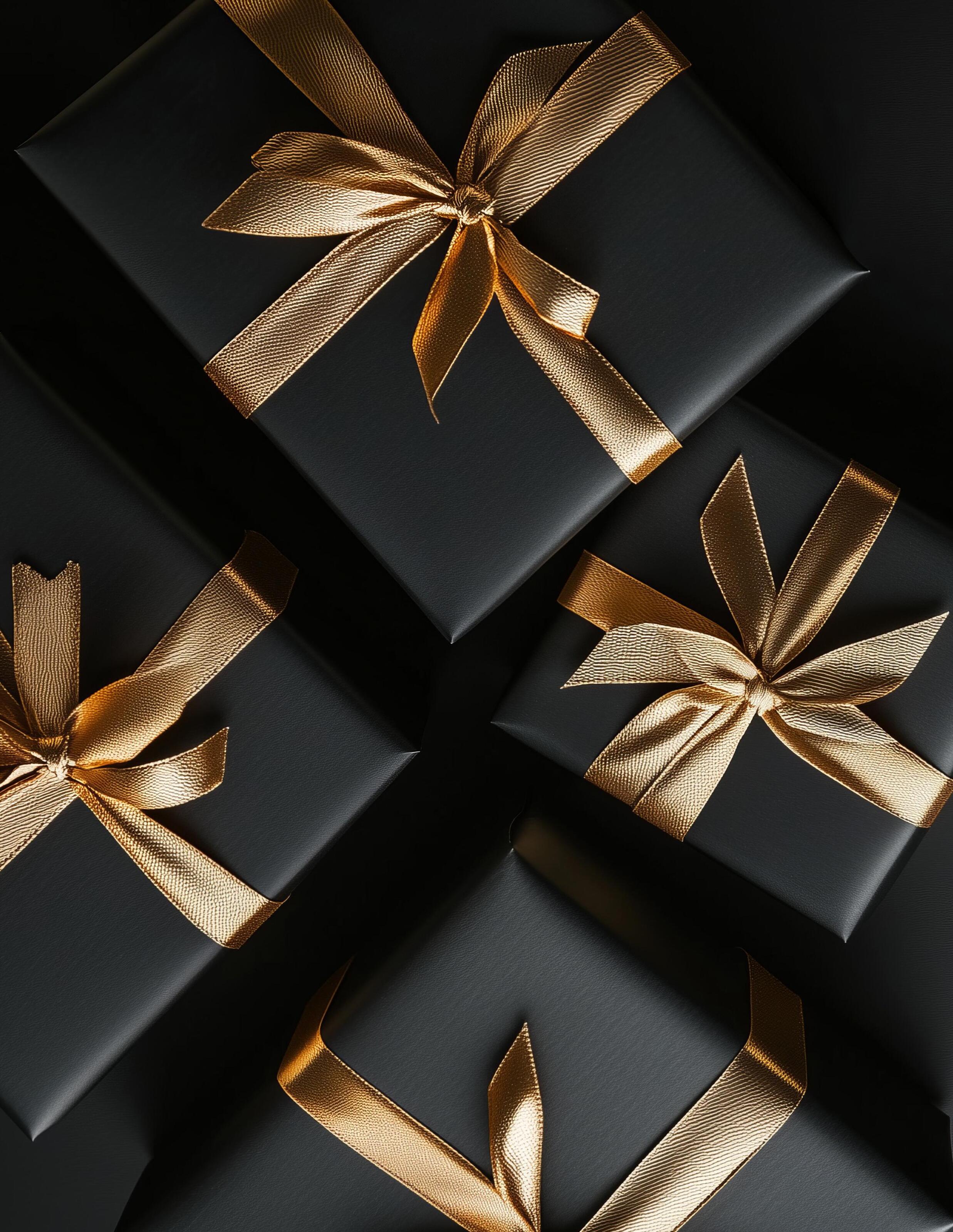
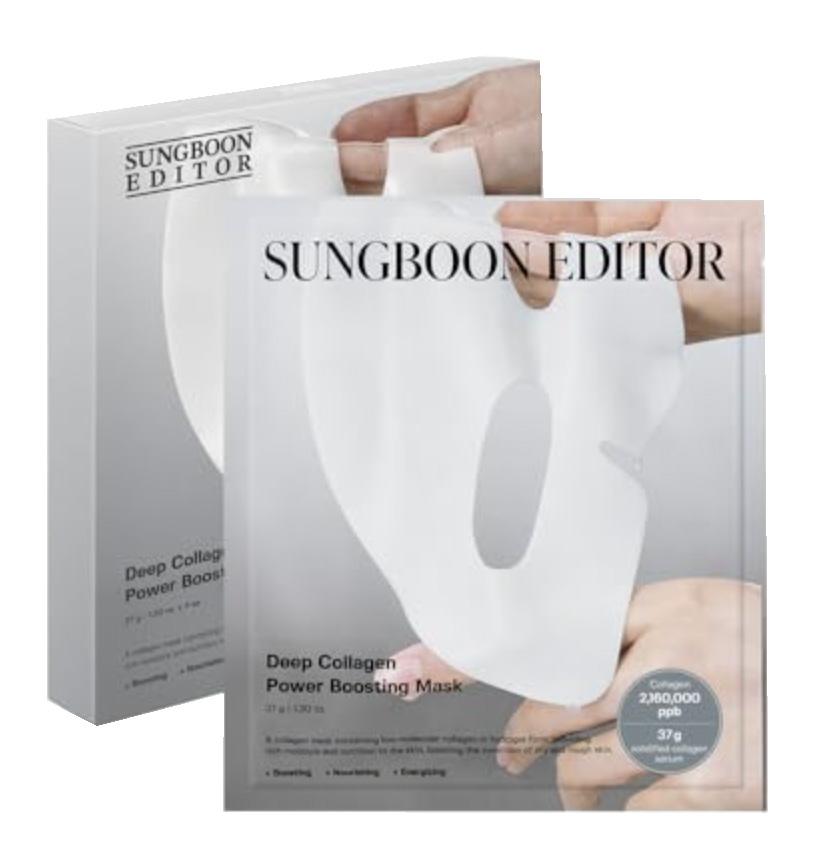

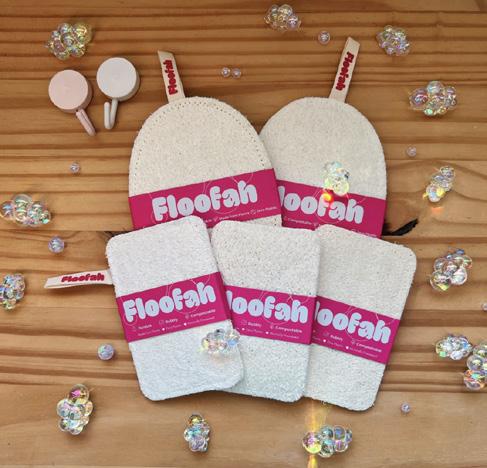
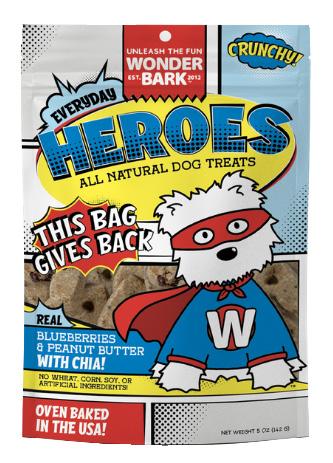
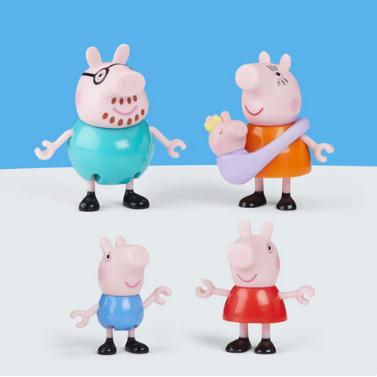

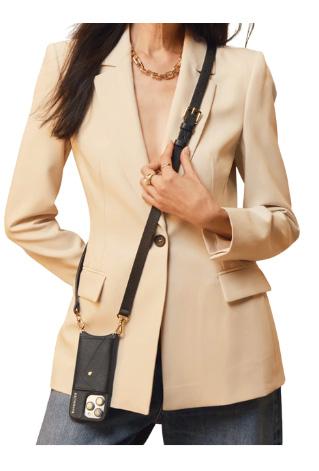
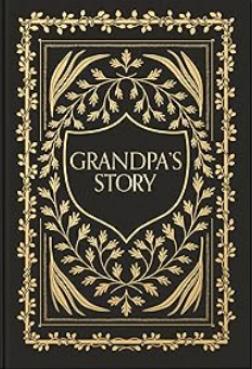
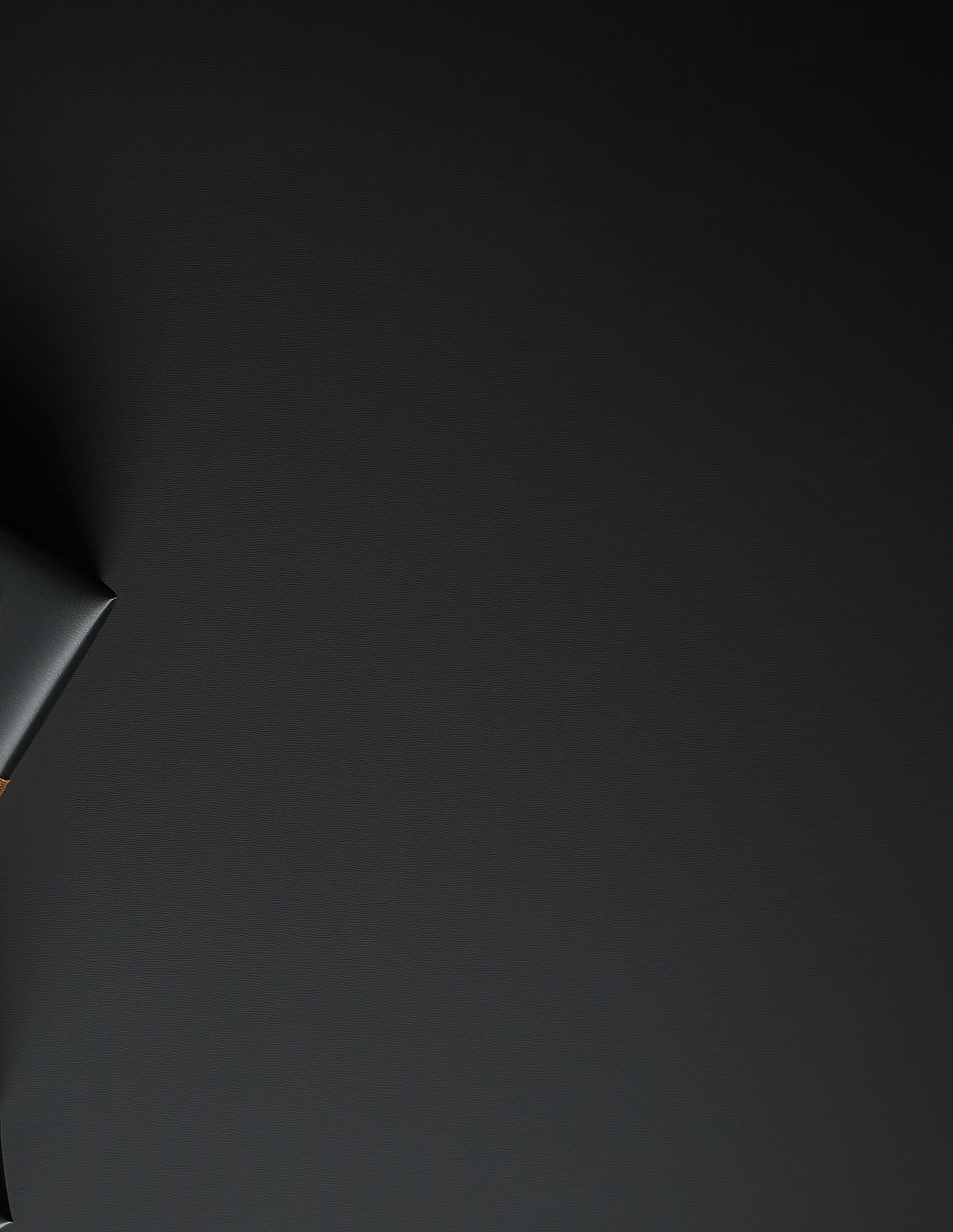
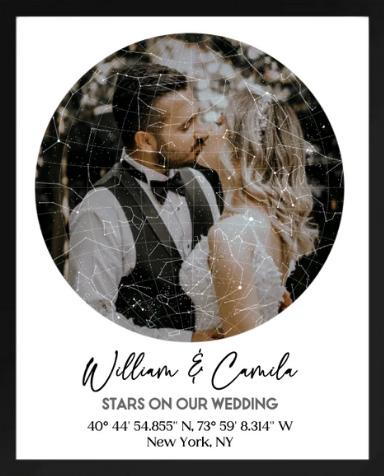
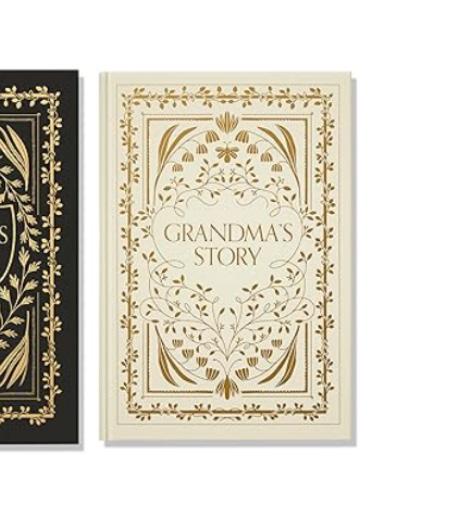
F G H
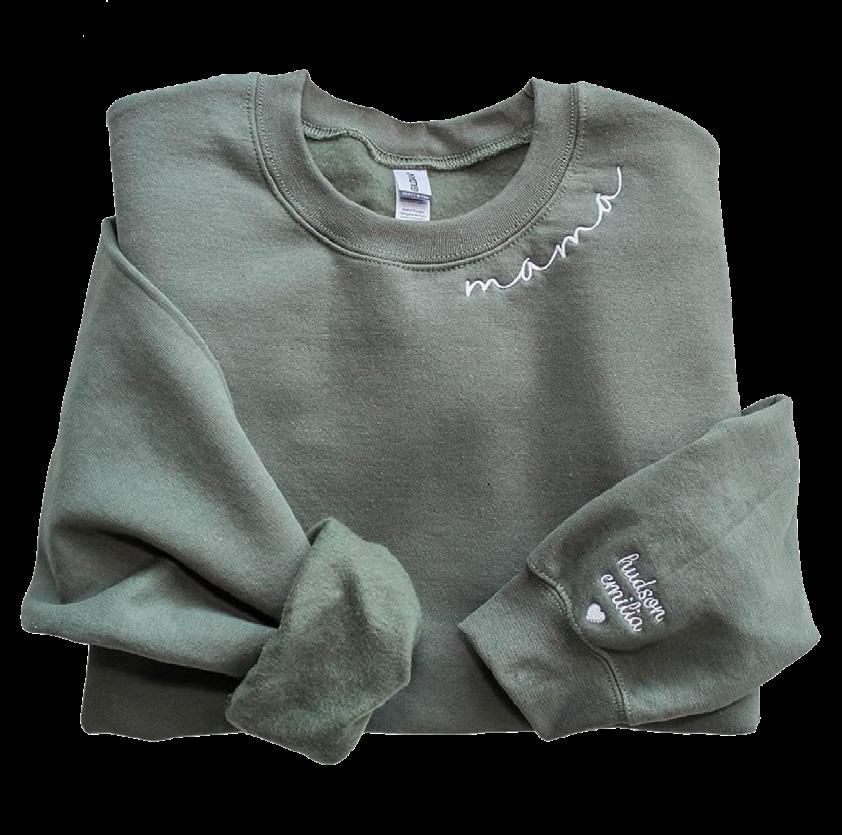
A. Heart of Hope $28.95 pmcomfortwraps.com A decade later, the need for meaningful, tactile comfort still holds strong—and that’s why Heart of Hope continues to resonate. More than just an eye pillow, it’s something people reach for when they need to feel held. Gently weighted for therapeutic relief from stress and headaches. Made from 100% cotton, filled with whole flaxseed and your choice of dried herbs. Available in 7 colors/patterns. B. Fiducia White $399 intuitionkicks.com Fiducia meaning confidence in Italian — is a reminder to trust your gut and have fun doing it. Made in Italy, this bold style features a denim canvas printed with our signature Intuition Kick Icons, including the powerful Evil Eye. Pebbled leather accents on the heel add a luxe touch, and the insole quote, “Good Times and Good Vibes,” says it all. These kicks were made for feeling yourself. C. Bandolier’s HAILEY Crossbody Phone Case in Black/Gold $118 bandolierstyle.com Meet the the originators of the Crossbody Phone Case, patented under U.S. Patent Nos Meet Hailey: Crafted from 100% genuine leather. The adjustable, detachable strap lets you wear it your way, while the expandable side-slot wallet keeps cards, cash, and more right where you need them. Perfect for travel, errands, and everyday moments – so you can live light, stay connected and capture it all. D. Wonderbark Treats $8.50 wonderbarktreats.com Celebrate the bond between pets and their humans with Wonder Bark’s new Everyday Heroes treats—crafted for everyday adventures and everyday love. A portion of each sale supports organizations helping pets and people in need. E. PEPPAS FAMILY PACK $12.97 Peppa’s family is growing! Baby sister is due June 2025! This adorable set of Peppa Pig figures includes Daddy Pig, Mummy Pig, George, Peppa, and baby sister in her carrier. F. Custom Wedding Star Map $59.39 rymemories.com Expertly crafted and personalized, our Custom Wedding Star Map is a unique and thoughtful way to commemorate a special day. Each print features a custom map of the stars on the night of your wedding, adding a touch of scientific beauty to your love story. G. Grandparents Keepsake Memory Journal $24.95 each Our Grandparent’s Stories are a guided journal thoughtfully designed to help grandparents record their special memories and share them with their grandchildren and family. Created by bestselling author and artist Korie Herold, this keepsake book offers writing prompts and journaling pages to guide our grandparents along as they record their life’s most precious moments. This book is the perfect gift for Birthdays, Father’s Day or any time of year for your Grandparents. H. Custom Mama Embroidered Sweatshirt $18.95 Meaningful Gift for Moms & Grandmas. Designed for everyday wear, this mama sweatshirt customized is made from high-quality fabric. I. Floofah First-Try Set $25 floofah.com Clean better, waste nothing. This eco-friendly gift set includes 2 bath and 3 kitchen Floofahs made from 100% compostable luffa, plus 2 mini hooks. J. Viral Collagen Face Mask by SUNGBOON EDITOR $19.00 Join the global skincare trend! This TikTok-famous overnight mask delivers deep hydration with 2,160,000ppb of real collagen and 9 peptides to boost elasticity and glow.

LENS,
From My Guest Room Closet to a Global Brand: My Journey with Next On Scene
If you told me a decade ago that a podcast I started in my guest room closet would evolve into a global brand, I’m not sure I would’ve believed you—but here I am.
When I moved from New York to Boston, I was rejected from job after job and ghosted more times than I can count.
Just months earlier, I’d worked behind the scenes on Top Chef as Padma Lakshmi’s assistant stylist—an incredible opportunity that led to an offer to return to NYC as her full-time assistant.
As exciting as it was, going back felt like moving in the wrong direction. I had just taken a leap for love and a new life, and something deep down told me I was meant to build something of my own—even if I had no idea what that looked like yet. So, I declined the offer.
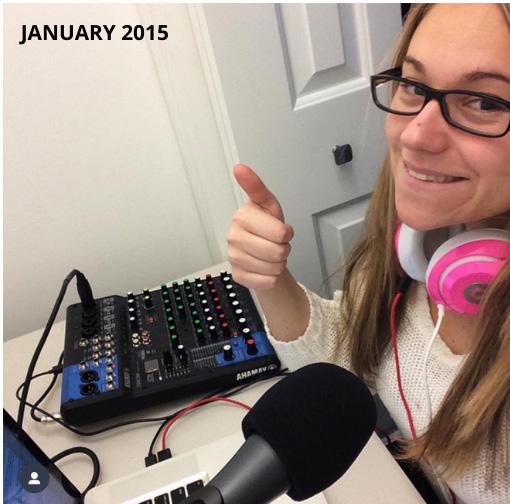
About ten years ago—before podcasting had taken off—I launched “Get Scene with JZ” from a tiny guest room closet, with my dog Hershey curled up beside me (she just turned 10 and hasn’t missed a moment since).
I pieced together gear from late-night YouTube rabbit holes, cried over tangled cords and failed recordings, and kept showing up.
I had no roadmap—just a mic, a mission, and a gut feeling that one day I’d be telling this story from the other side.
That day? It’s today.
About a year after launching the podcast, I taught myself—before Canva really blew up— how to design and publish a magazine.
What started as a simple way to spotlight my clients quickly took on a life of its own, growing to reach up to 12,000 readers each quarter.
Over the past 10 years, Next On Scene has grown into a full-service media agency and magazine, built on passion, grit, and a lot of late nights.
The podcast has ranked in the top 1% globally, with up to 24,000 downloads a month. I’ve interviewed celebrities worldwide and helped clients land features on Entertainment Tonight, NBC, FOX, InStyle, Brides, and more.
Using my complete 360 visibility approach,
I’ve helped clients show up with confidence as the experts they are—and the transformations have been incredible.

From rebrands and revenue growth to media placements and A-list collaborations, I’ve seen firsthand what’s possible when clients embrace their truth, step into the spotlight, and shine with their unique talents.
I’ve been sued, bullied, and told I’d never make it on my own. I was advised to stick to a “safe job” with a stable salary. But I trusted my gut, and now I run a global team, including 5 (one in Portugal!) and a production crew that’s been with me for over six years.
Through all of these challenges, what truly inspired me to build this business was my deep connection to mental health. Growing
I had no roadmap—
just
up in a family where mental health struggles often took priority left me feeling hidden, like my voice wasn’t heard. I saw firsthand how the mental well-being of those I loved shaped our lives, and it sparked something inside me.
I wanted to create a safe space where others could share their vulnerable journeys, where they wouldn’t feel overlooked or misunderstood.
It became my mission to give people the platform to speak up, feel seen, and ultimately, elevate their lives to new, abundant heights. Fun Fact: I went to fashion school dreaming of being a buyer, but I couldn’t pass chemistry.
That failure led me to public relations, where I made the Cum Laude list—and found my purpose.
Today, I’m a wife, a mom to AJ and Gabriella, and the proud founder of a business that empowers others to be unapologetically seen.
The days were long, but they led me exactly where I was meant to be.
What’s next for me? Continuing to help inspire others to shine their lights in their truth and uniqueness.
We all overlap in some ways, but when we live in our truth, we realize that no one can take that away from us. My mission is to create more space for people to embrace who they truly are—because that is where the magic happens. By lifting each other up, we all rise together, and I’m committed to making sure everyone has the opportunity to step into their full potential.
a mic, a mission, and a gut feeling...

GET IN TOUCH/GET SOCIAL:
WEBSITE: NEXTONSCENE.COM
FB/IG: @JACKIEZUK
LINKEDIN: JACLYN ZUKERMAN DELORY
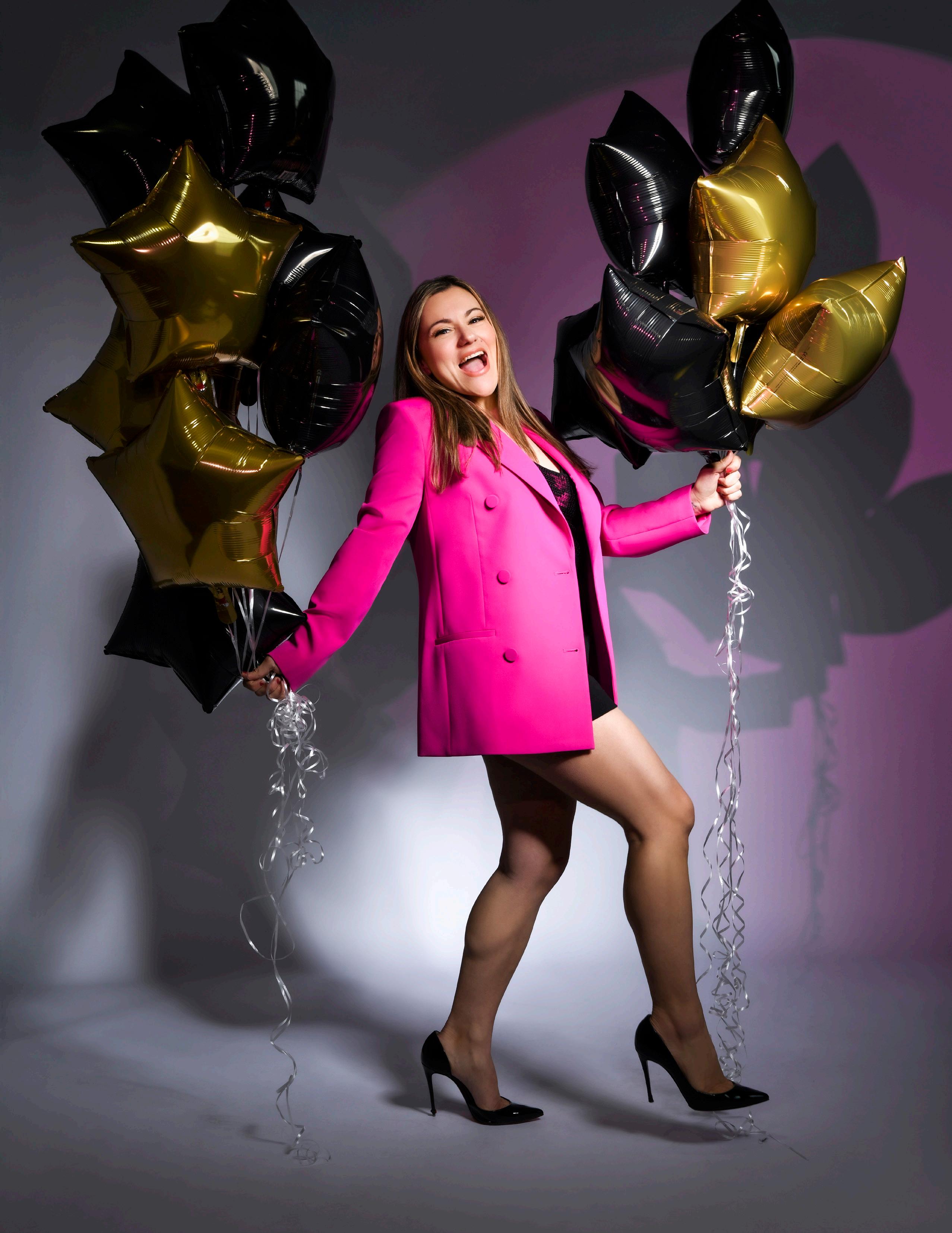
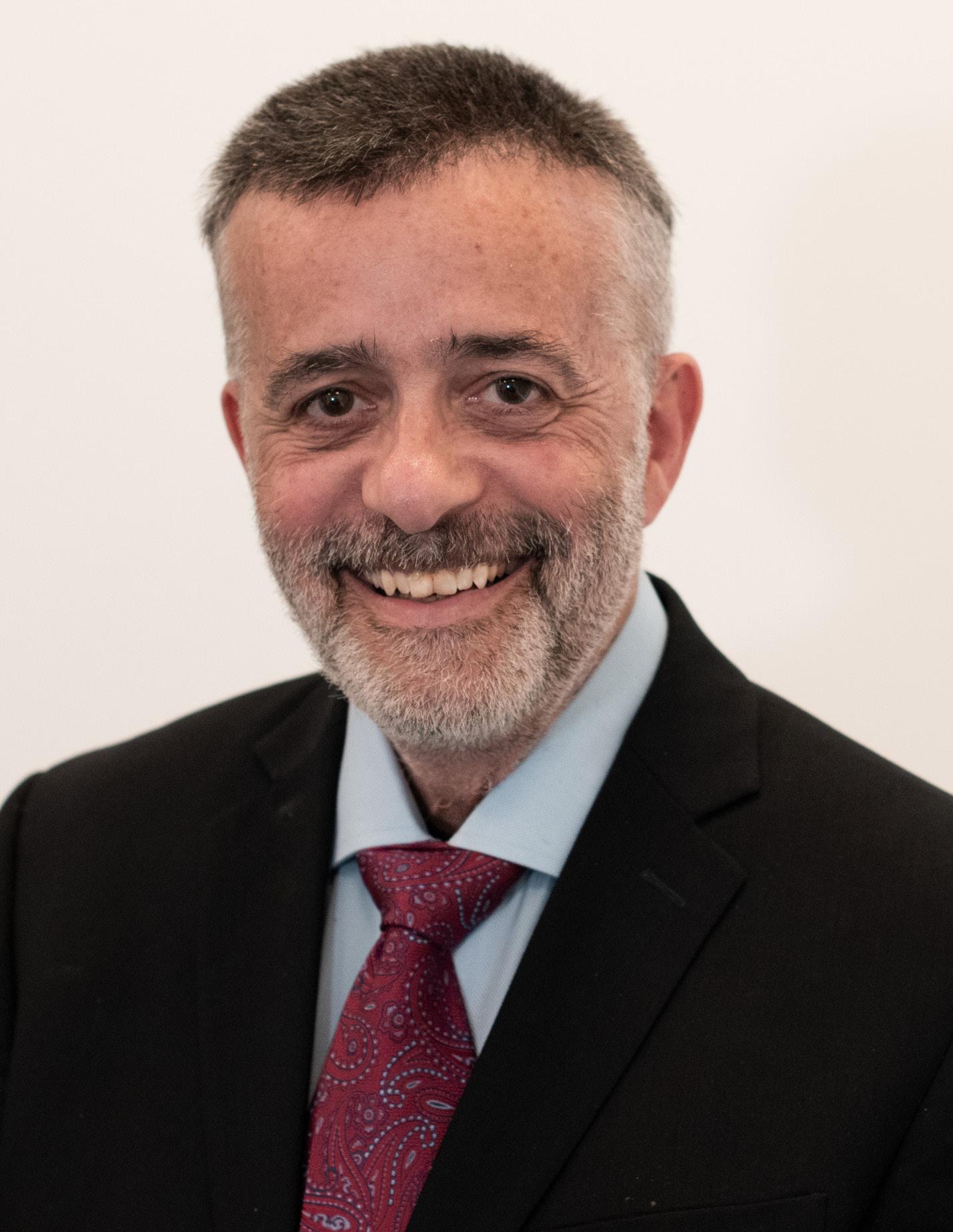
Meet Jordan Rich: Telling Stories One Listener at a Time
Behind the mic, he’s shared wisdom, wonder, and warmth with generations
Your voice has become a recognizable part of WBZ. What initially drew you to the world of radio, and how has your journey in the industry evolved over the years? “
Growing up in the ‘60s, radio was my constant companion. I’d fall asleep with my little transistor radio, tuning in to AM stations from across the country as their signals bounced off the ionosphere. I was hooked— by deejays spinning hits, baseball games brought vividly to life, and talk shows where everyday people connected with big-name hosts. It all felt magical.
I idolized Boston’s WBZ, dreaming of one day working there. Whether it was snow day announcements, sharp geopolitical insight from David Brudnoy, or the electric calls of Celtics games by Johnny Most—WBZ had everything.
I got my start at WRKO-AM, learning the ropes of broadcast news and programming, then spent 15 years hosting mornings on soft rock WSSH-FM. A chance audition brought me to WBZ in the mid-’90s, and I’ve been proud to call it home ever since. It’s been a fantastic journey.”
As a host, you have an incredible ability to connect with your audience. What do you think makes a great radio personality, and how do you work to create that connection on air?
“Listeners can sense insincerity. While there’s a performance aspect to radio, genuine connection comes from honesty, trust, and a bit of vulnerability. People have opened up to me over the years, and I’ve always felt a responsibility to do the same in return.
Radio is a uniquely warm medium—more intimate than TV. Listeners often never see us, and we rarely meet them, yet a deep bond can form. I believe success comes from speaking to one person, like a friend, rather than broadcasting to the masses. Of course, skills like vocal technique, style, and structure all matter—but it starts with authenticity.”
You’ve interviewed countless notable figures and covered many important topics throughout your career. What’s one interview or moment that stands out as particularly impactful or memorable?
“It’s one of the most common—and hardest— questions I get. Yes, I’ve had the thrill of speaking with legends like Tony Bennett, Joan Rivers, Stan Lee, and Kirk Douglas. But the interviews that stay with me most are with everyday people who’ve done extraordinary things—survivors of trauma, war, disease, and hardship who inspire others, including me. From Holocaust survivors to self-made millionaires, it’s an honor to share their stories and celebrate the strength of the human spirit.”
WBZ has been a staple in Boston’s media landscape for decades. How do you think the station has managed to stay relevant and maintain its audience over time, especially in today’s digital age?
“WBZ is a station with deep roots and a powerful legacy. As the second-oldest commercial station in the U.S., it’s been part of listeners’ lives for generations—from big band to rock, to iconic late-night hosts like Larry Glick and Norm Nathan, to today’s news and talk format.
Its 50,000-watt clear channel signal once reached 38 states and much of Canada—I was lucky to host the all-night show during that era. While digital has leveled the playing field, WBZ remains a powerhouse brand in New England—right up there with Fenway Park and the Freedom Trail.”
Radio is such a unique medium for storytelling. What are some of the challenges or rewards of crafting compelling narratives for your listeners, and how do you stay inspired?
“Great storytelling comes from life itself— being curious, reading widely, listening closely, and connecting with people.
It’s about using relatable references and
giving the story structure: a beginning, middle, and end—sometimes even a punchline. The goal is always to engage the audience, whether to inform, entertain, or move them.
Broadcasting is about serving listeners. You can’t please everyone, but over time, instinct sharpens. Feedback—calls, emails, texts—helps, but often you just know when something resonates. There’s a special kind of energy that flows from the mic to the listener, and seasoned broadcasters feel it deeply.”
What are your thoughts on the future of radio?
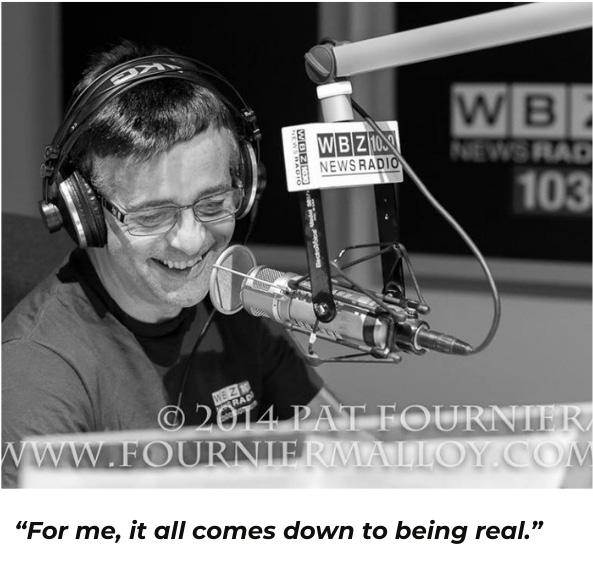
“Radio isn’t going anywhere—it just keeps evolving. It survived the rise of sound in film, the TV boom, and now, the digital age. While many under 50 don’t own traditional radios, they still listen—just on their phones, computers, or smart devices. Ratings show radio remains strong.
Talk radio—news, sports, politics, culture— continues to thrive because people love stories and real voices.
Most importantly, radio is theater of the mind. It sparks imagination in a way no visual medium can. That magic is what makes it timeless.”
#GETINTOUCH | chartproductions.com or jordanrich.com | On Mic with Jordan Rich podcast, Book: “On Air: My Fifty Year Love Affair with Radio”

JULEE:
ElectrifyingElectrifyingElectrifyingElectrifyingElectrifying
Celebrating 15 Years of Electrifying Beats, Unforgettable Moments, and the Evolution of DJing
We are thrilled to shine a spotlight on our Event Resident DJ, JULEE, as she celebrates an incredible 15 years of DJing in 2025.
“The last fifteen years have reshaped the way people experience music. Festivals have exploded, underground scenes have flourished, and the pandemic forced us to rethink how we bring people together.
“I’ve played in packed clubs and on livestreams with no physical crowd, but the energy is the same. Music connects us, no matter the setting.”
What inspired you to become a DJ?
“My journey as a DJ started with a deep love for music, something that has been a part of my life since childhood.
My dad, who was a sound tech for the iconic funk movement Furacão 2000 in the ’90s, introduced me to recording music early on. He taught me how to record songs from the radio onto cassette tapes, and from there, making mixtapes became my favorite hobby.”
How has Technology played a role over the past decade?
“Technology has made DJing more accessible, but it’s also raised the bar. With AI assisted mixing, sync buttons, and endless music libraries at our fingertips, anyone can technically “DJ.” But here’s the thing -technology can’t teach you taste.
Technology can’t teach you how to read a room, how to drop the perfect track at the perfect moment. That still comes down to skill, passion, and the art of storytelling through music.
Using platforms like Instagram to share my journey, my sound, and my vision, I’ve embraced this shift.
The DJs who thrive today are the ones who understand that it’s not just about playing music, it’s about building a movement.
This May 2025 marks 15 years since I first played at a club. Back then, the scene was different. Back then, carrying a crate
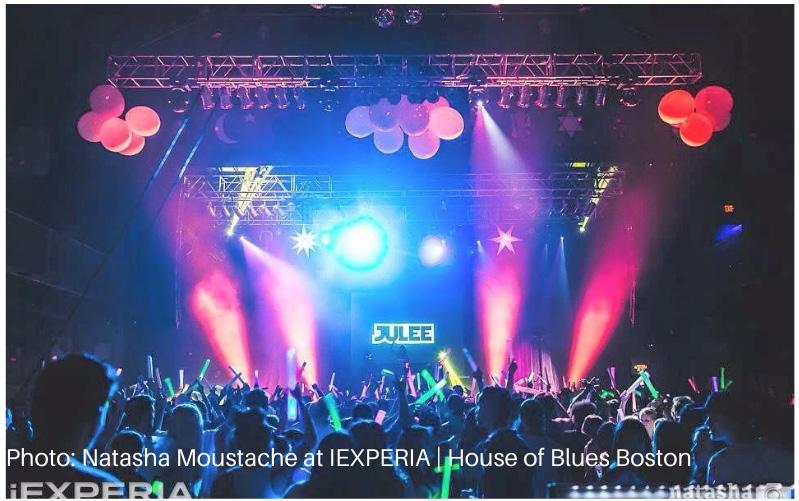
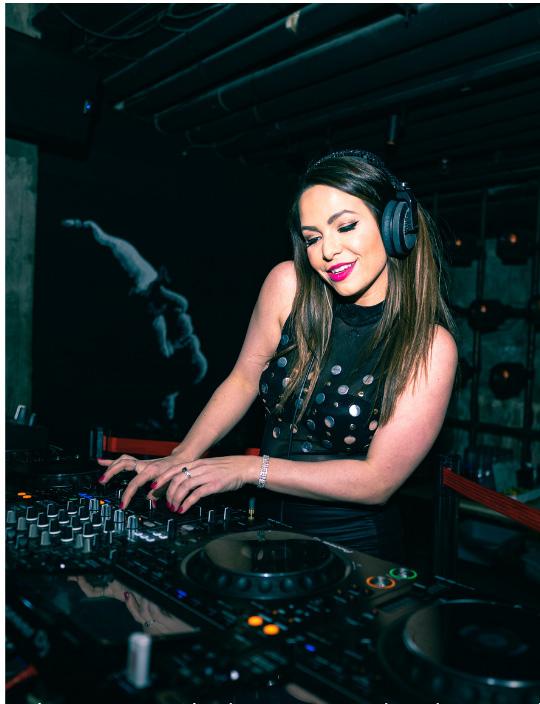
of vinyl or a stack of CDs into the booth was the norm, and social media wasn’t the powerhouse it is today.
Now, a USB and a strong online presence can take you just as far… if not further. As the industry has evolved, I’ve evolved with it.”
What is your thoughts on the future of DJing?
“The next decade belongs to the DJs who innovate, adapt, and stay authentic. Technology will continue to evolve, but what will always matter is the ability to move people -not just physically, but emotionally. That’s what keeps me inspired, and that’s why I do this.
The last fifteen years were about breaking in. The next fifteen? They’re about taking over.”
#GETINTOUCH JULEE: IG: @djjulee, Booking info is through at: djpro.site/djjulee
Photo: James Chadronet at Mariel Undergraound
Framed by Change: Dina K Photography, A Decade of Evolution Behind the Lens

If you haven’t met Dina K, you need to, Dina has many talents behind the camera but two of her unique talents is her artistic and fashion vision behind the camera to make iconic magazine covers. She is one talented rockstar.
How would you describe the biggest shift in photography over the past decade, both technically and creatively?
“Over the past decade, the biggest shift has been a growing appreciation for the artistry behind well-crafted portraits.
While spontaneous and candid styles gained traction, there’s been a renewed focus on the importance of planning and direction. My work emphasizes quality branding portraits that highlight not just the subject but their story. The technical advancements in camera equipment have made it easier to achieve high-quality results, but I believe that the foundation of great photography lies in understanding the fundamentals, which I prioritize in my approach.”
Social media and smartphones have revolutionized how we capture and share images—how has this influenced your work or client expectations?
“Social media has certainly raised expectations for visual content, compelling clients to seek a higher level of professionalism.
“While many may rely on the immediacy of smartphone photography, my clients look for a distinct, polished image that encapsulates their brand.
They appreciate my ability to connect with them and guide them through the process, which allows them to feel confident and authentic in front of the camera. This connection transforms the shoot into a collaborative experience, rather than just a photo session.”
What advancements in camera technology or editing tools have most impacted your style or workflow?
“While I embrace the benefits of modern camera technology, my approach is rooted in the fundamentals of photography. I rely on my old-school training to achieve the right shot in-camera, focusing on elements like lighting and composition.
This technique not only enhances the quality of my images but also allows for a more efficient workflow. Editing tools have certainly streamlined processes, but I believe that the real artistry comes from capturing
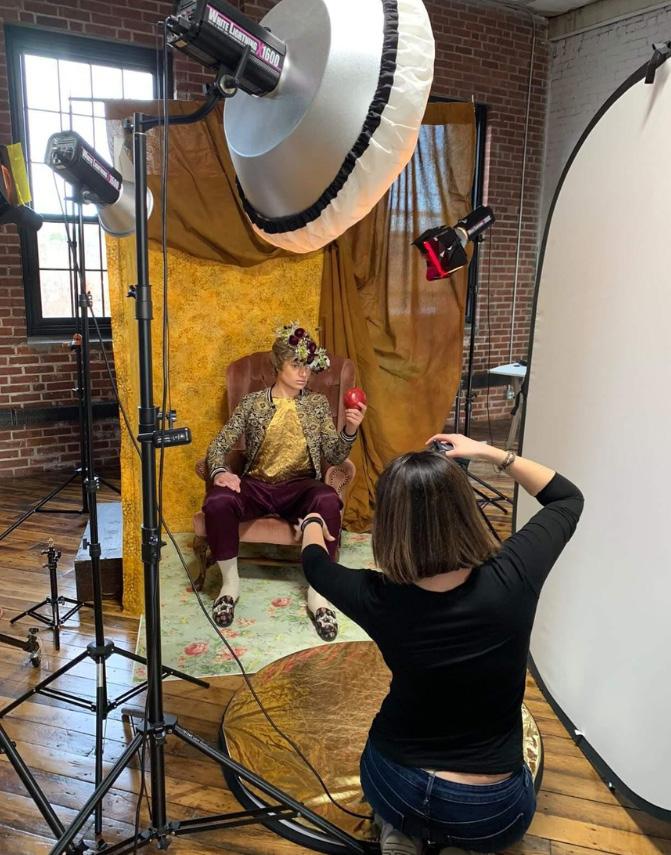
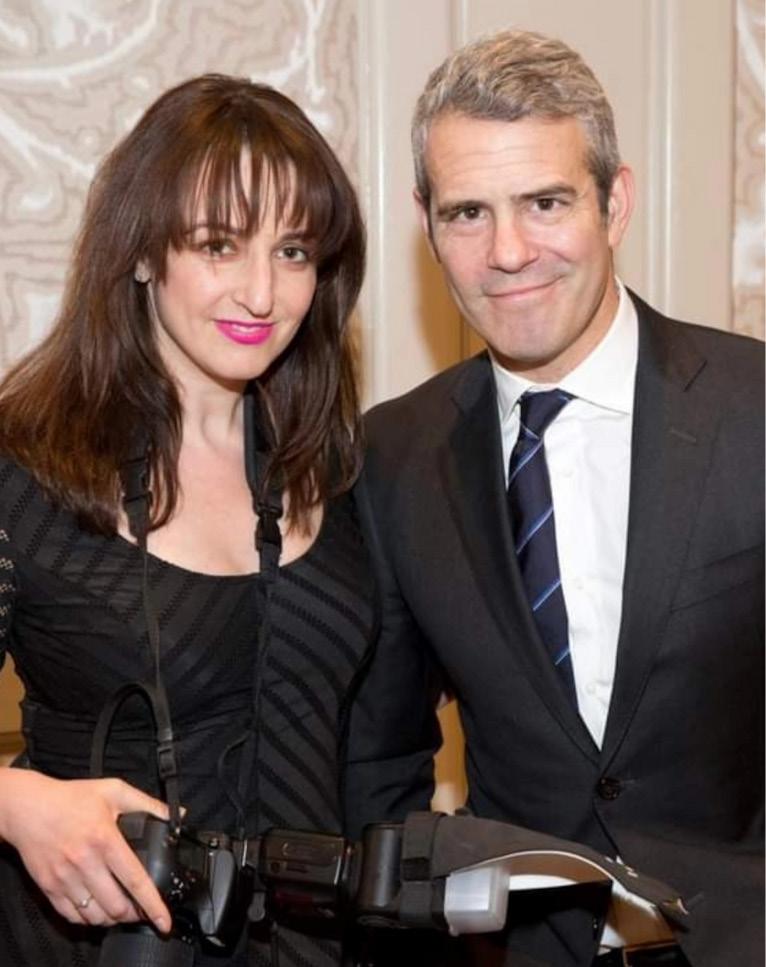
the essence of the subject during the shoot itself.”
Looking back, what trends or changes in the photography industry surprised you the most?
“One surprising trend has been the increasing demand for a more holistic approach to photography. Clients are no longer just looking for someone to take their picture; they want a partner in building their visual brand.
This shift has led to a greater emphasis on creating a narrative through images, where my role extends beyond just capturing moments to becoming an integral part of their branding journey.”
What advice would you give to emerging photographers trying to build a career in today’s visual landscape compared to ten years ago?
“For emerging photographers, my advice is to hone your technical skills and embrace the fundamentals of photography.
Understanding how to light and pose your subjects effectively is essential, as it sets the foundation for your unique style.
Additionally, focus on building genuine connections with your subjects—this will not only enhance the quality of your work but also establish trust and rapport. Finally, don’t shy away from positioning yourself as a consultant in branding and image, as this can elevate your role and create lasting relationships with clients.”
GET IN TOUCH/GET SOCIAL: WEB: dinakphotography.com SOCIAL: @dinakphotography @dinakstudios
Photo Credit:
Dina K Photography
“Lipstick reading is fun & simple, you apply lipstick, kiss a card then I read your energy from your lipstick kiss imprint.”
Lydia, Lipstick Readings seem like such a unique and fascinating practice! How you came to discover this method of insight?
“I’ve always been able to read energy—like a real-life Harry Potter. I was a psychic child adopted by Irish Catholic, English professor parents who raised me to ignore my gifts. It wasn’t until 2014, when I joined the Rhys Thomas Institute of Energy Medicine, that I truly opened the psychic door. Even then, I stayed skeptical, but I began having experiences I couldn’t explain. Now, a decade later, I fully identify as a psychic—though I still carry that skeptic’s lens. It serves me well in my work, especially since many of my clients are experiencing a psychic for the very first time.”
What inspired you to combine your passion for beauty with intuitive reading? Is there a personal experience that led you to connect the art of lipstick with spiritual insight?
“I first learned about lipstick reading from Holly Harrington of Harrington Events, a luxury event company I often collaborate with. We were at the Four Seasons when she asked if I’d ever done a lipstick reading—something a client had requested. I’d never even heard of it and told her it wasn’t a recognized psychic modality. She explained: “You look at someone’s lipstick kiss and give them a reading. Can you do that?”
Curious, I gave it a try. A model at the event kissed a napkin, and I read her energy. Then a few more people joined in, and I read theirs too—with surprising accuracy.
Still, I wanted proof. That week, I posted on my town’s Facebook page asking people to drop off lipstick kisses on paper with their
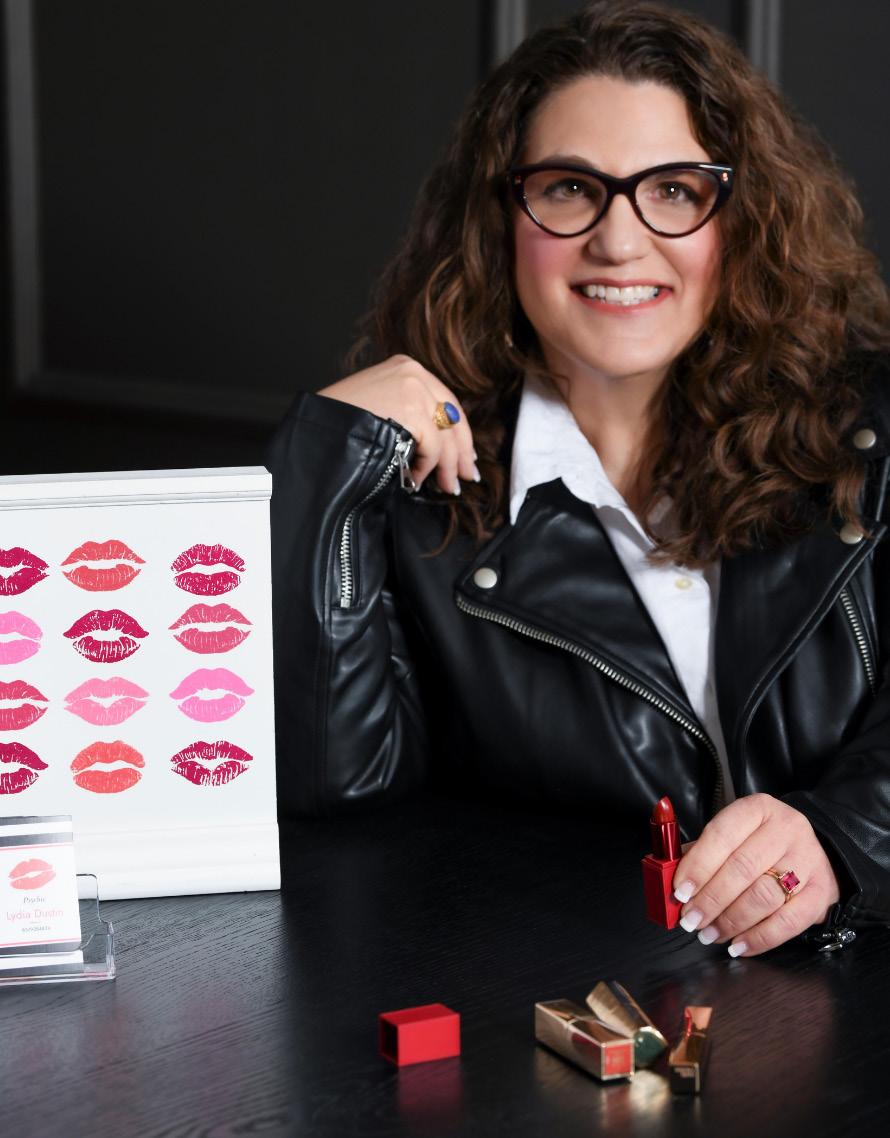
Lipstick Magic: Lydia’s Gift for Reading the Soul
phone numbers. I read 20 kisses and texted personalized readings—every response blew me away.”
That’s when psychic lipstick reading was born. I later discovered there are Lipstickologists who analyze kiss marks scientifically, but they’re not psychic. As far as I know, I’m the only one blending lipstick reading with psychic intuition.”
How does the process of doing a Lipstick Reading work from start to finish? What can someone expect during a reading, and how do you use lipstick as a tool for connecting with someone’s energy?
“Guests choose from a variety of mini lipsticks—each gets to keep theirs. After applying the lipstick, they kiss a card about the size of a business card. I then read the energy in their lipstick kiss, revealing personality traits, gifts, and insights into their life’s purpose.
I use a rare psychic ability called psychometry—reading energy through touch. When someone kisses the card, their energy is captured in the wax and oils. By holding that imprint, I can feel what they feel, connecting to their energy through their kiss.”
Have you had any memorable or transformative experiences while doing Lipstick Readings for others?
“Always. I encourage people to try a lipstick color they wouldn’t normally choose—it often surprises them how beautiful they look. When I read their kiss, I tune into who they truly are beneath the surface. Many people, especially those who are sensitive, have been told their true self is “too much” or needs fixing.
This work can transform people. It’s truly powerful—and so cool to witness.”
Lipstick is often seen as a symbol of confidence and self-expression. Do you believe there’s a connection between the colors and styles someone chooses and their inner emotions or life journey?
“Yes, I believe your lipstick choice reflects your personality and energy. It’s often more about texture and wear than just color. Highachievers tend to prefer long-lasting, practical shades they can apply once and forget. Sensitive types gravitate toward light, creamy

formulas—like tinted balms—because they can’t tolerate heavier products.
Meanwhile, bold, charismatic personalities love bright or trendy shades. They don’t mind standing out or sacrificing comfort for a statement look. I love chatting with people about their lipstick—it’s always fascinating to hear what draws them to certain products and shades.”
As more people are becoming interested in holistic and intuitive practices, do you see Lipstick Readings growing as a trend? Where do you see this practice heading in the future, and how do you plan to expand your work in this field?
“I hope so. Everyone has a unique, perfect energy, and I aim to create a space—even if just for 5 minutes during a lipstick reading—where they feel seen and celebrated for who they truly are. I’d love to collaborate with makeup artists and national beauty brands to create fabulous fun events that blend inner and outer beauty. Beauty products are transformational, when we feel truly beautiful and our inner beauty shines from a place of self love, thats the kind of sparkle that lights up a room. My life‘s purpose is to help everyone fall in love with who they truly are and shine their beautiful unique light into the world, one lipstick kiss at a time.”
#GETINTOUCH
The Triple Talent of Headshots, Hair, and Makeup: Discover the Unique Expertise of Miriam Meza
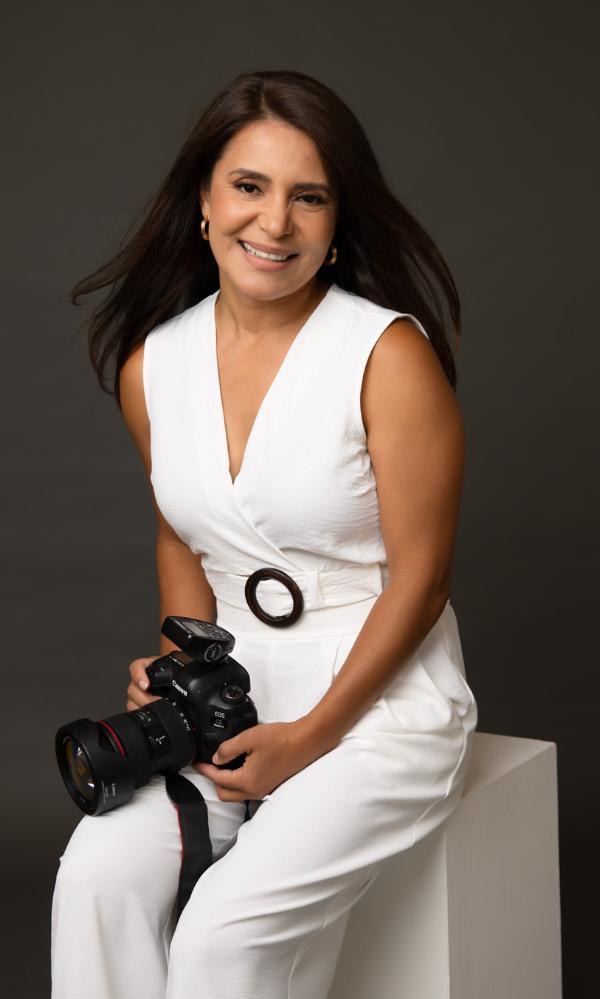
We are so excited to spotlight photographer and Multi- Talented Hair and Makeup Entrepreneur, Miriam Meza!
How did you fall into the world of photography? come about?
“I’ve always had a deep connection to beauty and transformation. My journey into portrait and headshot photography started with my background as a hair and makeup artist for over 15 years on Newbury Street.
Between doing hair and makeup for brides on their wedding days and other clients for photoshoots, I developed a passion for photographing women. I wanted to refine my skills.
I immersed myself in studio headshot and portrait photography, attending conventions and hiring a headshot coach to ensure I could offer the best experience and results for my clients. Today I specialize in headshots and personal branding portraits that empower professionals to show up
as their best selves and promote their business.”
How do you tailor headshots to reflect an entrepreneur’s personal brand and industry?
“I believe every entrepreneur has a unique style and brand identity. To capture that essence, I start with a thorough consultation over zoom, I love listening to their entrepreneurial stories and also their concerns about having their photo taken.
We discuss their industry, the photography needs, and the overall message they want to convey. Wardrobe, lighting, background, and expression all play a role in aligning their headshot with their personal brand.”
What are the key elements of a compelling and professional headshot in today’s digital landscape?
“The most important elements are good lighting, flattering posing, and authenticity. In my opinion, a neutral well-lit photo, whether in a studio or with natural ambiance, can be used across countless social media platforms and for various marketing materials.”
What advice would you give to entrepreneurs who want their headshot to stand out and make a lasting impression?
“Invest in high-quality photography and to work with a photographer who understands your brand and your goals. Embrace the opportunity to dress up and look fabulous. Remember that your headshot is an investment in yourself and your career.”
What common mistakes do entrepreneurs make when getting their headshots taken, and how can they avoid them?
“One of the biggest mistakes is not preparing enough. This includes everything from choosing the wrong color outfit and hair and makeup to not considering how they want to present themselves.
Other common mistakes include headshots with bad lighting, shiny makeup, distracting backgrounds or using props that detract from your presence.
A professional photographer ensures the lighting, angles, and setting work
in your favor. That’s why my headshot sessions include guidance on wardrobe and background selection, professional hair styling, and complimentary makeup application and touch-ups, ensuring you are camera-ready at all times.”
How has the demand for professional headshots evolved with the rise of social media and personal branding?
“The demand for professional headshots has skyrocketed because online presence and personal branding is no longer optional— it’s how people connect and do business.
Entrepreneurs, executives, and creatives need headshots for everything from LinkedIn and websites to press features, speaker bios, and social media profiles.
What’s changed is that people want their headshots to feel real—not stiff, corporate, or overly edited. Authenticity and approachability are key, and that’s why modern headshots focus on personality, confidence, and connection rather than just a polished look.”
What’s Next for Miriam?
“This year, I’m really excited to expand my offerings and have some fun! I’m introducing more ‘Modern Portrait Sessions’ where women will be the focus, but they can bring their loved ones to create beautiful and meaningful portraits together. My goal is to leverage the combination of my skills in photography and beauty to help women feel confident and beautiful while capturing stunning portraits.”
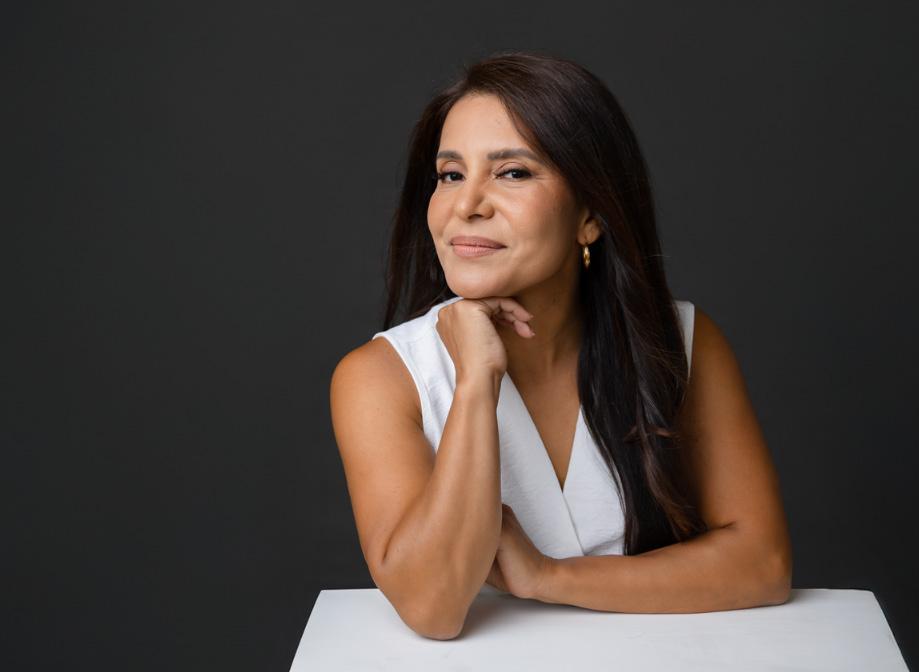
GET IN TOUCH: Website: miriammeza.com
Email: info@miriammeza.com
Instagram: @miriammezaphotoandbeauty
Facebook: Miriam Meza
Photo Credit: Miriam Meza
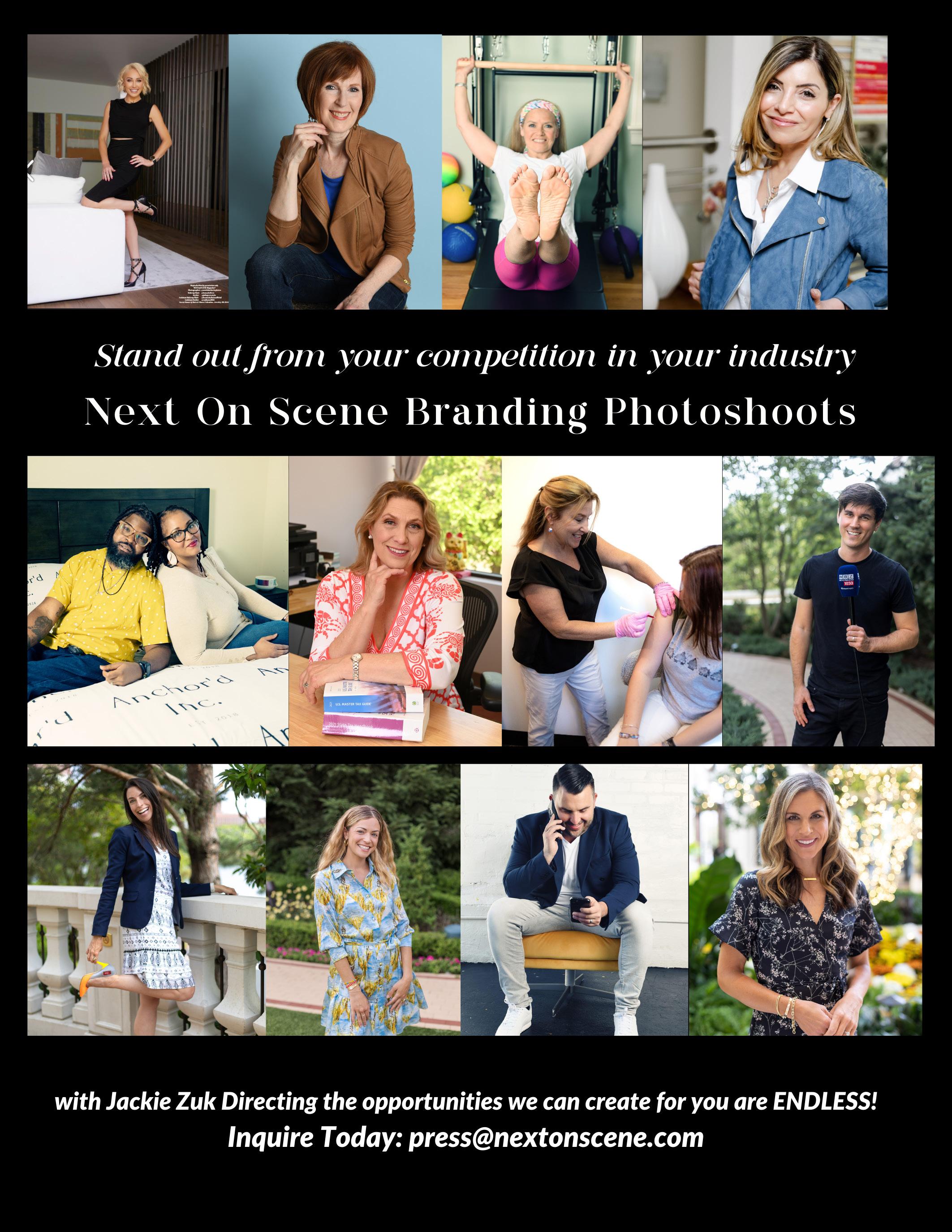
Transforming Struggles into Success
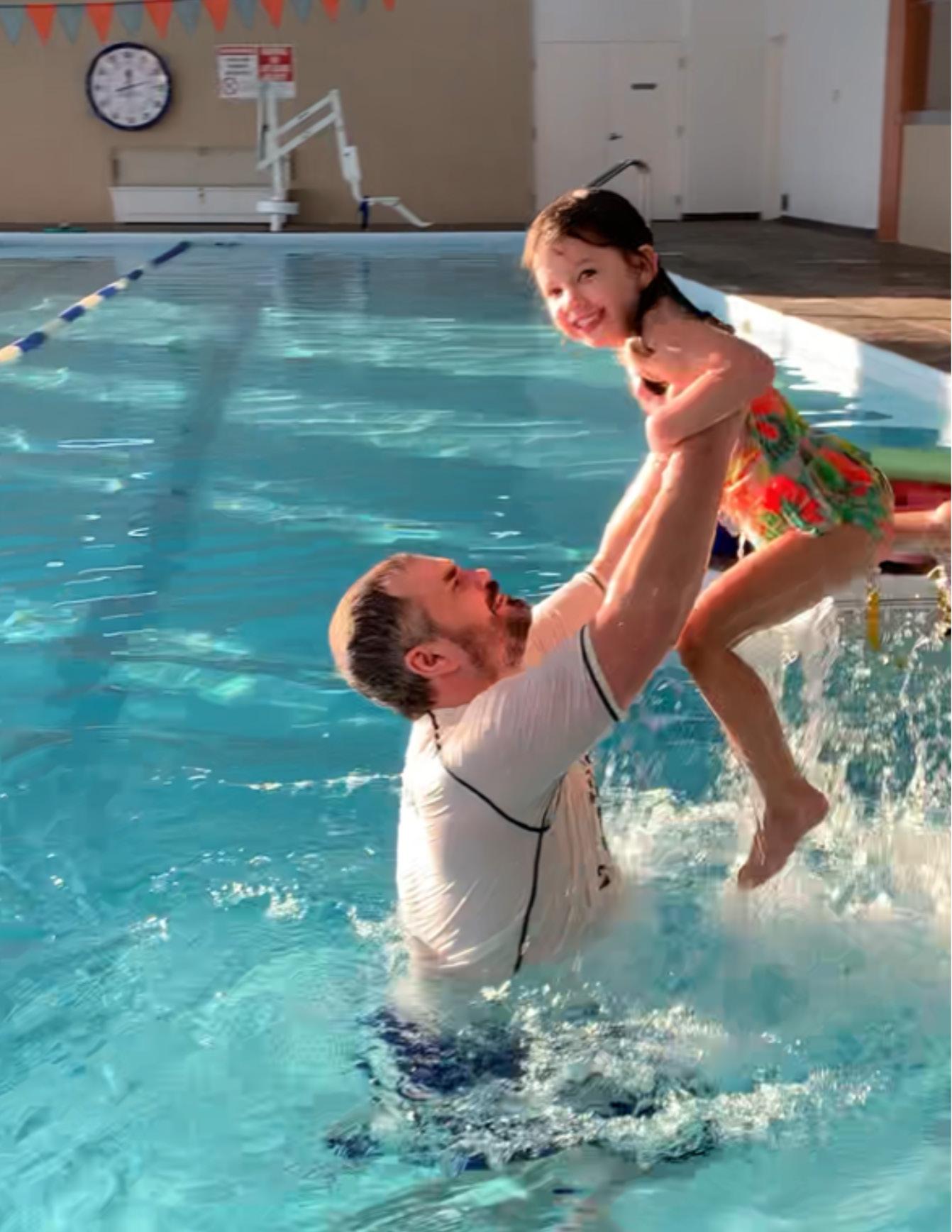
Timothy Heffron’s Journey from UPS to Leading a 25-Person Swim Business
“When I left UPS, I was in a situation where I needed help from my union stewards when I worked there, and instead of helping me, they blamed me for the problems and even went so far as to try to prove I was doing something wrong for the company.
I tried to go to them and ask for help, I tried to explain to them what was going on but I found zero support. I was in a situation where management was knowingly taking advantage of my disability and everywhere I went for help I was turned away. I never want anyone to be in that situation where they feel like they have nowhere to turn.“
How did you fall into the world of Swim?
“I started swimming competitively when I was 10 because my friend used to leave every afternoon for practice while the rest of us stayed home playing. I was never one to say no to a sport, so I decided to join the swim team with him. He quit soon after, but I got hooked.
I wasn’t a strong technical swimmer—I hadn’t really learned to swim until I joined the team—so I relied more on drive than skill. Over time, I realized that passion can only take you so far. That’s why our swim lesson program, and the path into swim team, is built around proper technique and learning things the right way from the start.”
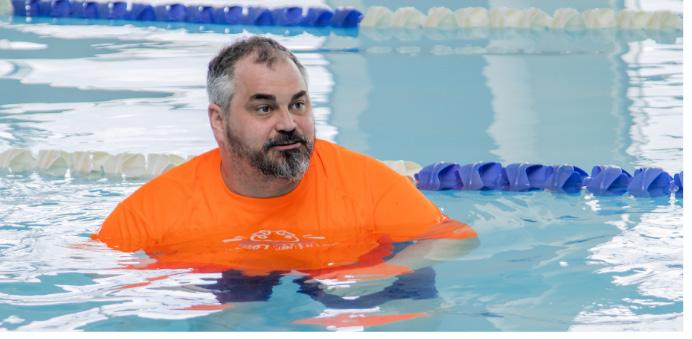
In what ways did your experience with UPS shape your view on customer service and employee relations in your own business?
“UPS taught me two key lessons about running a business. First, in customer service, sometimes you have to say no— and stand by it. It’s not always about giving in, but about making the right call, even when it’s hard.
Second, when it comes to employees, it’s important that no one feels like just a number. I want everyone to feel comfortable speaking up and know they’ll be heard when they do.”
Customer experience seems to be a big theme in your journey. What do you think

sets Swimm with Timm apart from other businesses in the swimming industry?
Two things really set Swimm with Timm apart—and they come from beliefs I hold strongly, even if not everyone agrees.
First, we believe in using equipment. It helps kids become confident and comfortable in the water much faster, especially in group settings where multiple swimmers are active at once. Tools like bubbles allow us to keep groups of four moving safely and consistently.
Because of this, kids get more time actually swimming, and parents love that their children are not only learning a lifesaving skill, but also getting great exercise. One thing I hear often is, “If you join this program, your child will learn to swim— usually quickly.”
There’s often a stigma around mental health in business. How did you manage to overcome that, and what advice do you have for others in similar situations who want to start their own ventures?
“There’s still a stigma around mental health in business, but I believe the best way to fight it is by being open and seeking help early. My journey started when I worked at UPS. Although it didn’t end the way I hoped, I’m incredibly grateful to the Teamsters Union and the healthcare benefits I received—because that’s when I was first diagnosed and began getting the help I needed.
I live with Bipolar Disorder, Borderline Personality Disorder, and ADHD. Since starting my business in 2017, I’ve continued to focus on my mental health and advocate
for others. I’ve spoken out on social media and connected with people supporting loved ones facing similar challenges.
My advice? Don’t be afraid to speak up. Start by talking to your primary care doctor—or go to the ER if needed. Getting help is a sign of strength, not weakness. The more we share our stories, the more we break down the stigma.”
You’ve come a long way since those early days at UPS. Looking back, what were some pivotal moments that made you feel confident that starting Swimm with Timm was the right decision?
“Looking back, I had no idea Swimm with Timm would become what it is today. All I knew was that I wasn’t happy with what I was doing and needed a change. I was willing to take a risk—even if it meant failing.
Being single with no kids made that leap a bit easier, but I don’t think that should stop anyone. It’s scary, and there are no guarantees, but if you truly love something and there’s even a chance you can turn it into a living, it’s worth trying.
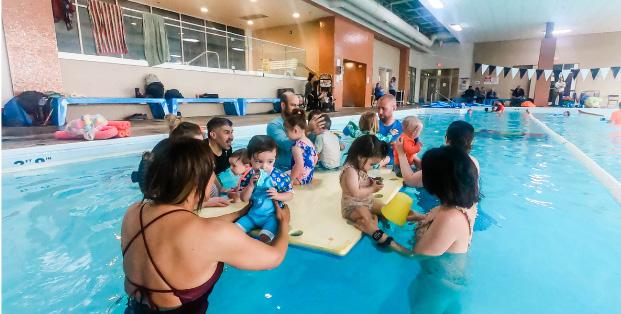
Unhappiness at work spills into every part of your life. No one should spend 40 hours a week doing something that drains them.”
@swimmwithtimm
Opening Doors: Inside Kristie Raymond’s Mission to Make Inclusive Casting the Industry Standard
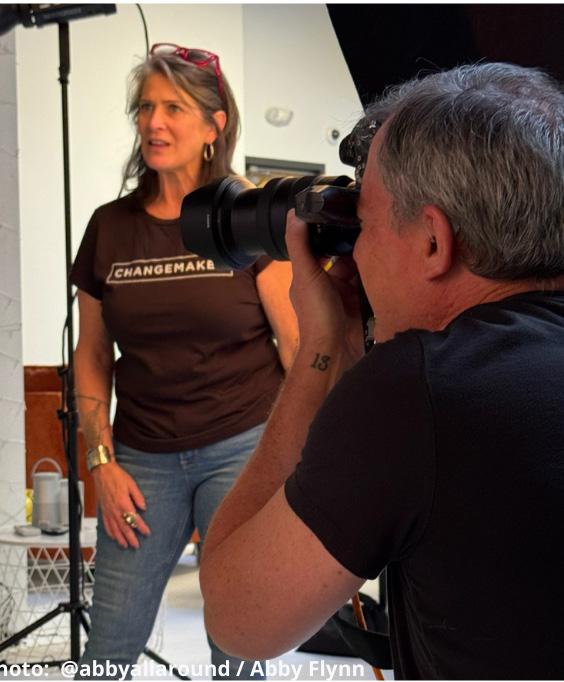
Kristie, with over 30 years in the industry, how have you seen casting practices evolve over the last decade, particularly in terms of diversity and inclusion?
“When I started in the industry in 1989, you never saw a bi-racial couple or a same-sex couple in any casting requests.
Now, those are a regular part of the visual landscape of casting. I think we are just touching on the concept of inclusion in mainstream media, speaking specifically about the disability community. Commercial crews and creative teams are learning what it means to be inclusive, how to engage in those activities, and working to ensure the storytelling is authentic and accurate.”
How has the rise of digital platforms and social media transformed the way casting is conducted and how talent is discovered?
“The rise of digital platforms and social media has revolutionized casting by making it more accessible and global. Casting directors now use platforms like Instagram, TikTok, and YouTube to scout talent who may not have traditional representation.
Self-taped auditions and online submissions have become the norm, reducing the need for in- person casting calls. This shift has also allowed diverse and unconventional talent to gain visibility and opportunities
they might not have had before. Overall, the casting process has become faster, more inclusive, and driven by real-time audience engagement.”
What is one of the biggest challenges you’ve faced in advocating for inclusive casting, and how have you overcome them?
“One of the biggest challenges in advocating for inclusive casting has been the persistent lack of representation and visibility for disabled talent within the existing talent pool. Many casting professionals claim they want to be inclusive but often say they can’t find disabled actors, which reflects systemic barriers rather than a true lack of talent. There’s also a deeply rooted industry bias that favors able-bodied actors playing disabled roles, which undermines authentic representation.
To overcome these challenges, we’ve worked to build stronger networks with disability-focused organizations, created databases of disabled performers and models, and pushed for open calls that actively welcome disabled talent. Education and direct dialogue with decision-makers have also been key in shifting perspectives
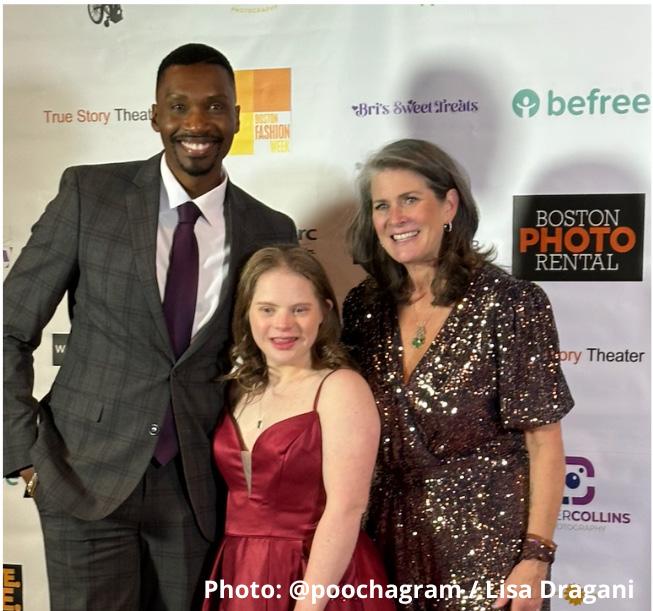
and opening doors.”
Can you share how HumanKind Originals has contributed to changing the landscape of casting for individuals with disabilities?
“ At HumanKind, our approach to inclusive casting goes beyond representation—we’re working to reimagine the entire ecosystem by building the adaptive talent pool we call, HumanKind Originals. We believe that people with disabilities should not only be
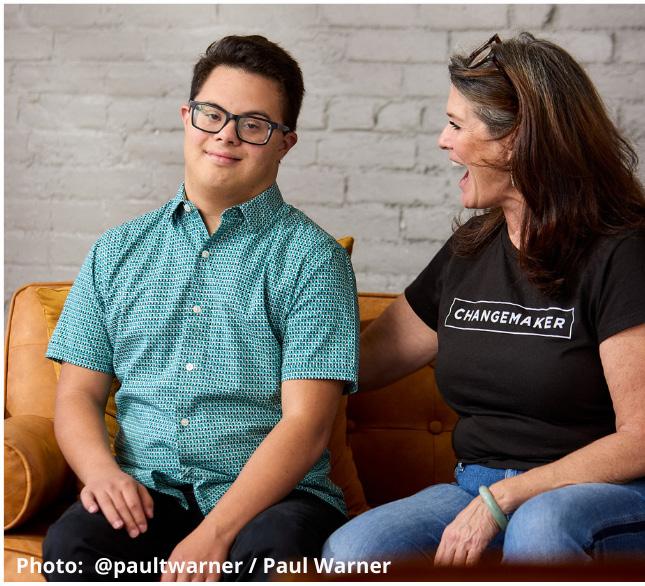
seen on screen, but celebrated as essential storytellers whose lived experiences enrich the entire industry.”
“We’re intentional about building relationships with adaptive talent, providing mentorship, and advocating for authentic representation at every stage of production. That includes collaborating with writers, producers, and casting directors to ensure that roles aren’t limited by outdated stereotypes, but instead reflect the complexity and diversity of real lives.”
We also consult on accessibility behind the scenes, because true inclusion means the work environment supports everyone. Ultimately, our goal is to shift the default—to default—to create a media landscape where inclusive casting isn’t exceptional, it’s expected.”
Looking ahead, what changes do you anticipate in the casting industry, and how is HumanKind preparing for them?
“The casting industry is on the brink of a major shift—from performative inclusion to purposeful equity. Audiences are demanding authenticity, and the industry is finally recognizing that representation is a creative asset, not a checkbox. We anticipate more roles being written with nuance, and more casting calls that center disability as part of identity—not the whole story.
At HumanKind, we’re preparing by staying ahead of the curve. We’re investing in talent development, offering workshops and mentorship to emerging disabled models and expanding our partnerships with studios and networks who are ready to do the work. We’re also pushing for systemic change— consulting on inclusive practices, advocating for accessibility on sets, and building pipelines that uplift adaptive talent from discovery to stardom.
Simply put, we’re not waiting for the future to arrive—we’re helping build it.
GET IN TOUCH WITH KRISTIE & HUMANKIND WEBSITE: youarehumankind.com FB/IG/ TIKTOK: @humankindcasting
Let’s face it, we all have days, weeks, sometimes longer stretches of time that are downright stressful. It’s part of the human experience.
But, it is also important to know that there are many people who handle stress differently and more positively than others. The theories that they focus on and implement in their lives help them to deal with daily stressors in a way that actually can change our thinking in more constructive ways. The reason it is important to read about, and use some of these theories is they can be a gamechanger in your life and actually reduce your anxiety, worry, need for control and negative impacts. Of course, none of them will completely eliminate the stress but they can have make an impactful difference.
Here are some of the top “theories” that are out there (under the category of selfimprovement and self-help).

One. The “Let Them Theory”.
This theory has been around for awhile, but podcaster and self-improvement guru Mel Robbins has popularized in the past year. It encourages people to focus on their own happiness and well-being. This means that we take the focus off of what others choose to do or say and know that it does not work when we try to change others and put the focus back on what we can change within ourselves. Many people have praised her work on this topic.
Two. Goal-Setting Theory.
Edward Locke focuses on explaining how setting goals for ourselves can bring about positive change and motivate us. He believes that those who set realistic and then challenging goals for ourselves and start to work towards accomplishing them can help us have more direction and inspiration. Believing that we can make the change we seek.
Three. Positive Thinking.
Martin Seligman, a psychologist and author has studied this topic for decades. He
Five Best Self-Help Theories to Positively Impact Your Life with Lessons by Laney
believes that if we can train ourselves to think positively at least most of the time, can change the outcome, making it more likely that we will have more positive experiences in our lives and in turn it will reduce our stress.
Four. Growth Mindset Theory.
Carol Dweck introduced the importance of hard work, grit and a feeling of accomplishment. It basically teaches us that nothing comes easily in life but giving everything you do your best shot will likely lead to an outcome that will enhance our lives. It also teaches us that we can embrace and learn from the challenges.
Five. Habit Formation
This theory gives us guidance in going through life in small steps. This was created by James Clear. It gives us the tools to realize we don’t need to get to the finish line in one full huge step. By taking small baby steps daily, we can get to the finish line more realistically and reducing the stress of taking on the world all at one.
Keep in mind, none of these again are magic pills. You may want to try to incorporate more than one of them in your life basically creating a plan for yourself that works for you. We all know what works for someone else, may not interest you or even work for you.
It’s about taking stock of your life, realizing that life will be filled with many wonderful moments and also moments that are challenging, difficult and stressful. The bottom line is that it is all about HOW YOU CHOOSE TO DEAL AND REACT TO THESE MOMENTS AND LIFE EXPERIENCES. None of us are perfect and we are human. Be prepared for some setbacks and that’s OK!
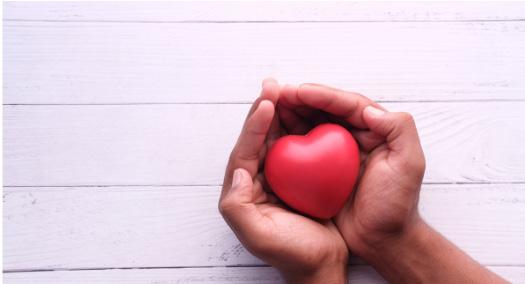
For example, being a parent has many wonderful moments as well as many

challenging ones. It is normal and natural to sometimes feel stressed and exhausted but there are things you can do to reduce the stress. For example, taking time out weekly to do something you enjoy. Perhaps incorporating meditation, a walk or run in nature. You need to take care of yourself in order to be a loving, understanding parent. Ask for help if you need it.
Learn to live more minimally too. It may not be for you, but research is showing pretty impressive data that people that have started to live more minimally (less materialistic things, capsule type wardrobes for you and the kids, doing more things in nature versus things that cost a fortune, lead to more happiness and less stress). Read more about capsule type wardrobes they are becoming very popular as of late where each family member reduces the amount of clothing in their wardrobe. It’s stylish, a lot less laundry and very budget friendly.
Reducing stress, having a plan that allows for a few set backs, changing your attitude to a more positive, less worrisome and controlling one can truly have amazing impacts on your life and future. Sending lots of good energy your way!
GET IN TOUCH: Life Coach and Professional Counselor: lanedem@gmail.com BOOK: Lessons for an Urban Goddess
Kat Bright: A Mom Redefining Strength for Women Everywhere

“After having children and experiencing a high-risk pregnancy, my true mission became clear—to help women take up space, feel strong, and stop shrinking themselves to fit the roles they’ve been given. I bring everything I’ve learned as an athlete, coach, mom, and business owner to help women build real, lasting strength that supports them in motherhood, sport, and life.”
How has the fitness industry changed in the last decade, both in approach and in mindset?
“There’s been a shift. For a long time, fitness was all about weight loss, transformation photos, and chasing aesthetics. We’re finally starting to talk more about longevity, energy, functionality, and how fitness can support our lives instead of controlling them.
I also think more people are embracing the idea that fitness isn’t just about your body. It’s about your whole self, your stress, sleep, mindset, and the season of life you’re in. That shift is essential. We’re beginning to meet people where they are instead of trying to force them into outdated fitness molds.”
You have a strong connection to postpartum fitness—can you share
what inspired that focus and why it’s so important to you?
“As a lifelong athlete, movement was central to who I was. But motherhood—especially a high-risk pregnancy and time on bedrest— forced me into a new relationship with my body. I went from pushing limits to hoping for recovery.
I never believed motherhood ended athleticism—it transforms it. The drive is still there; the training just needs to change.
That led me to postpartum fitness, where I saw how little real support women receive. Too many are left to figure it out alone, with no clear path forward. I knew there had to be a better way.
Now, I help women train like athletes— rebuilding strength, reconnecting with their bodies, and realizing they’re capable of more, not less, after motherhood.”
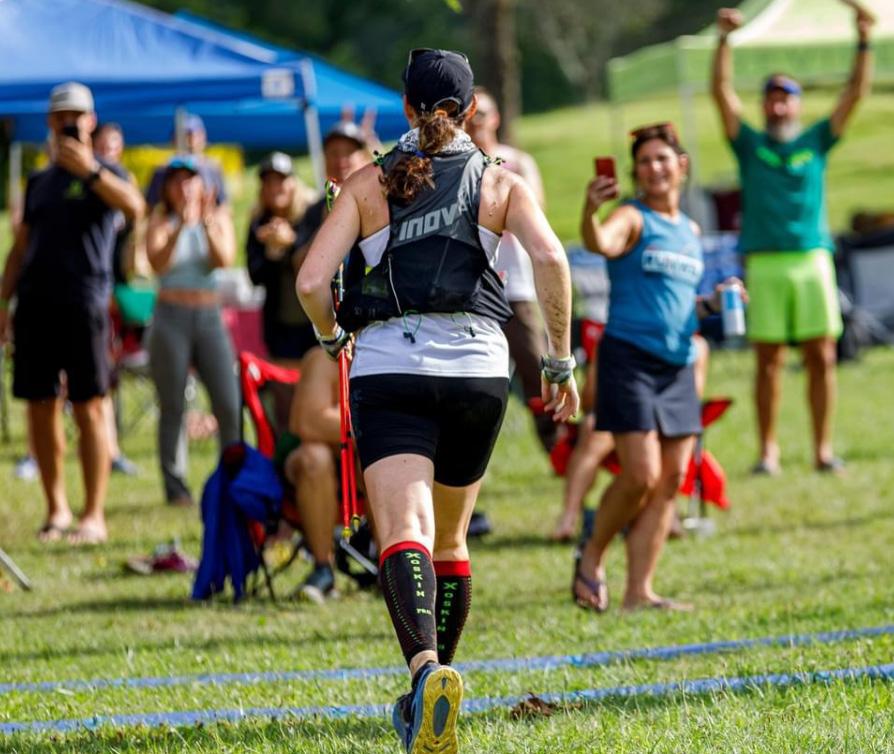
How do you approach helping women rebuild strength and confidence after pregnancy—physically and mentally?
“I start from the inside out—focusing on breathwork, core connection, and pelvic floor strength. These are the foundation for safe, lasting recovery after birth. From there, we build up to functional movements like squats and presses, always prioritizing quality over quantity. But true strength goes beyond the physical. I help women reconnect with their bodies, rebuild confidence, and move without fear or pain.
This isn’t about “bouncing back”—it’s about moving forward into a stronger, more resilient version of yourself. Motherhood is athletic, and I help women train for it.”
Social media has reshaped how fitness is consumed and shared—how has that influenced your work and community?
“Social media has changed how we engage with fitness—it can connect and inspire, but also mislead. We see polished results, not the real work behind them. That’s why I share openly about my journey—no filters, just truth.
I’ve built a community centered on honesty and support, where women are encouraged to define fitness for themselves—not chase trends or aesthetics. Strength looks different for everyone, and progress matters more than perfection.”
What’s one piece of advice you’d give to new moms navigating their postpartum bodies and trying to reconnect with fitness?
“Give yourself time and grace. It’s not a sign of weakness; it’s wisdom. Your body has just done something incredible, and the recovery journey is rarely a straight line. There’s no magic timeline to feeling “like yourself” again, and honestly, what you’re going through isn’t a setback; it’s a new beginning.
Treat yourself with the same compassion you’d show your best friend. It’s okay to want more for yourself. It’s OK to miss feeling strong, fast, or like “you.” That doesn’t make you ungrateful; it makes you human. Start with what feels good.
Focus on rebuilding your core and pelvic floor. Take walks, connect with your breath, and let strength return slowly. It will. You didn’t lose your power; it’s evolving into something more grounded, deeper, and meaningful.
The strength you’re building now will serve you in ways you can’t yet fully appreciate, but trust me, it will for the rest of your life.”
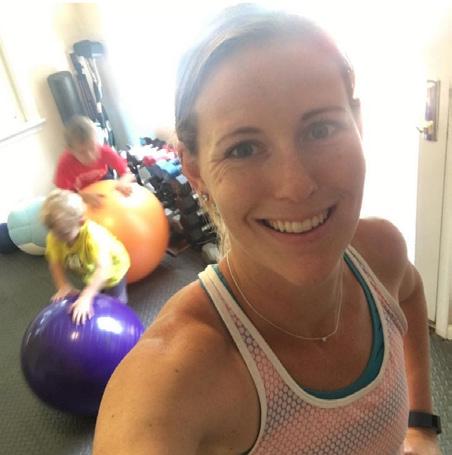
GET IN TOUCH: WEBSITE: kat.fit | EMAIL: kat@kat.fit IG:@katfitstrength
Photo Credit: Upper Left: Ivory Tree
Portraits, Middle: Kevin Peragine Photography
“After a decade navigating the corporate marketing world, life threw me a curveball. A sudden, severe health crisis forced me to re-evaluate everything.
I left my career to prioritize my well-being, both physically and mentally. Months later, the entrepreneurial spark ignited. Encouraged by those around me, I decided to take a leap of faith. Boards for Days was born in December 2022, and it’s been an exhilarating, fulfilling adventure ever since.”
What first drew you to the art of charcuterie, and when did you realize it could become more than just a hobby?
“I never considered myself creative, until I started playing with my food. During the pandemic, I sought a creative outlet and began crafting ‘picky dinners’—assortments of snacks. As social gatherings resumed, I transitioned to charcuterie platters for wine nights.
The enthusiastic feedback from friends and their friends on Facebook was the catalyst. ‘This is stunning, you should sell these!’ they exclaimed. That’s when I realized this could be more than just a hobby.”
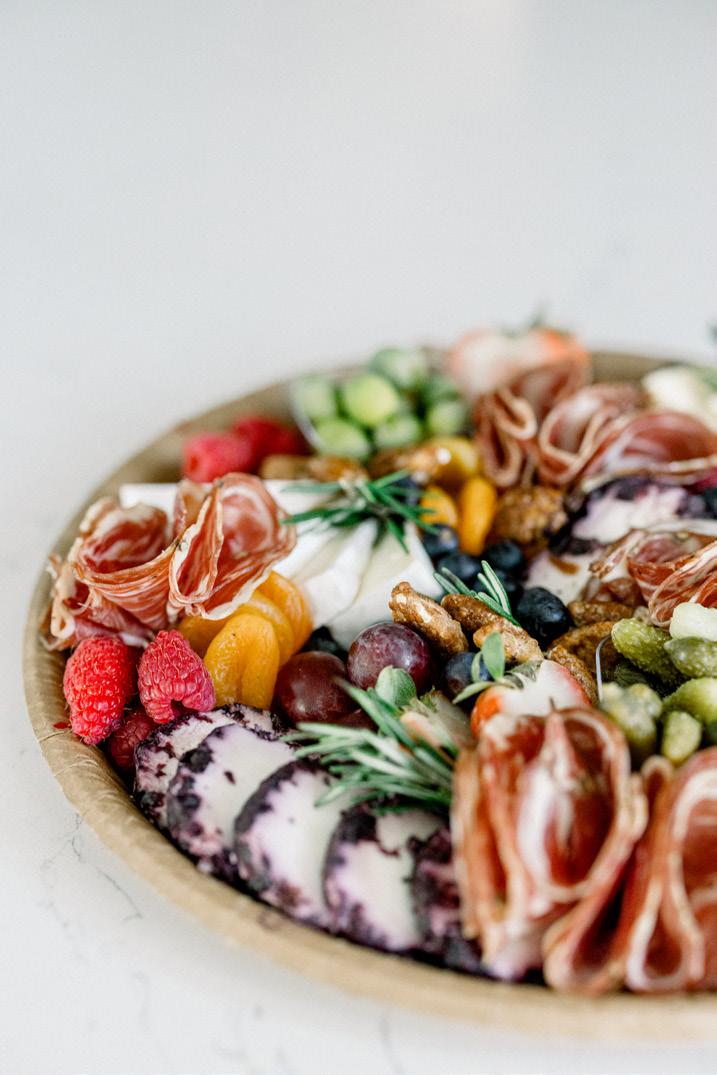
How would you describe the charcuterie scene a decade ago compared to today? What are the biggest changes you’ve noticed?
“A decade ago, charcuterie was synonymous with simple snacks, like Lunchables. Today, it’s an art form.
How a Health Crisis Inspired Robyn Daigle’s Thriving Charcuterie Brand, Boards for Days
The ‘Lunchables generation’ has grown up, demanding not just flavor, but a visually stunning experience.
It’s a testament to how our appreciation for food presentation has evolved. Ten years ago, I was grabbing food straight from the fridge. Now, I meticulously craft each board, savoring the process as much as the final product.”
Charcuterie has become such a social media sensation—how has that impacted your approach to creating boards?
“The charcuterie scene is booming, fueled by social media. In a crowded market, authenticity is key. For Boards for Days, that means prioritizing inclusivity. We offer naturally gluten-free options and accommodate allergies without upcharges—because why should anyone pay extra for something they can’t control? We also champion local, women-owned businesses, incorporating their pastries, sweets, jams, and honey into our boards.”
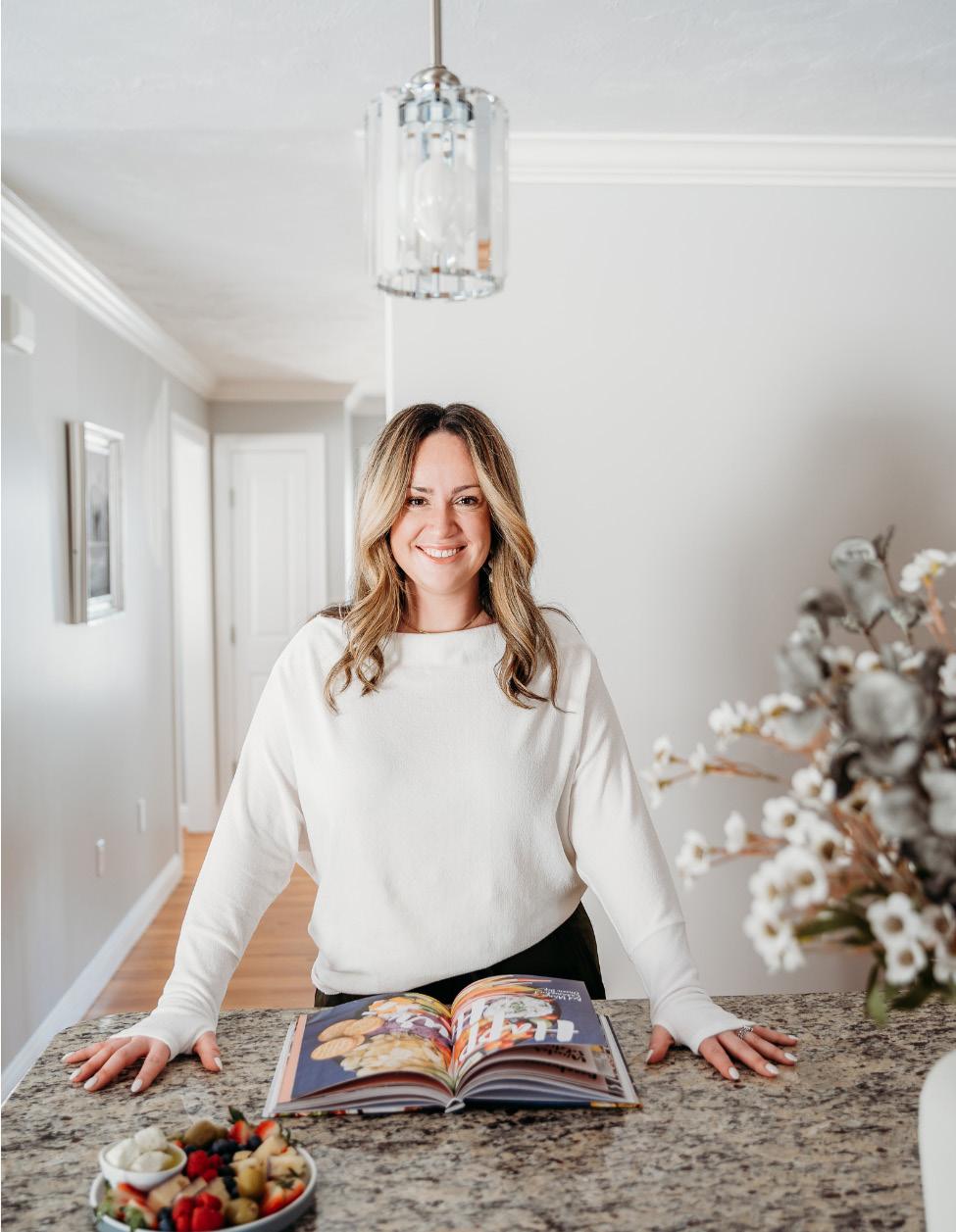
What are some unexpected ingredients or themes you’ve incorporated that people really loved?
“Visual appeal is crucial, but flavor reigns supreme. I always consider the client’s experience, prioritizing taste above all else. A beautiful board is meaningless if it doesn’t taste exceptional. Building trust through delicious, thoughtful food is the cornerstone of my business.”
What advice would you give someone just starting out in creating charcuterie boards, either for fun or as a business?
“Trust the process and your intuition. Be patient, work hard, and avoid overcommitting. Your ideal clients will find you. Remember, entrepreneurship
is a marathon, not a sprint. Embrace the challenges, celebrate the victories, and be proud of the unique mark you’re making. As I remind myself on tough days, If starting a business were easy, everyone would do it.’”
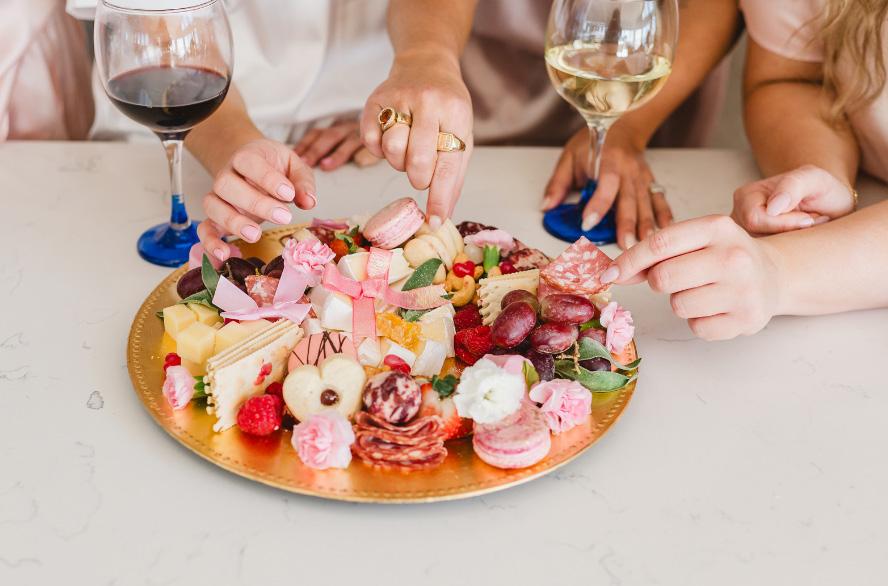
Generations of Wisdom: How One Mother-Daughter Duo Is Helping Women Rewrite Their Stories
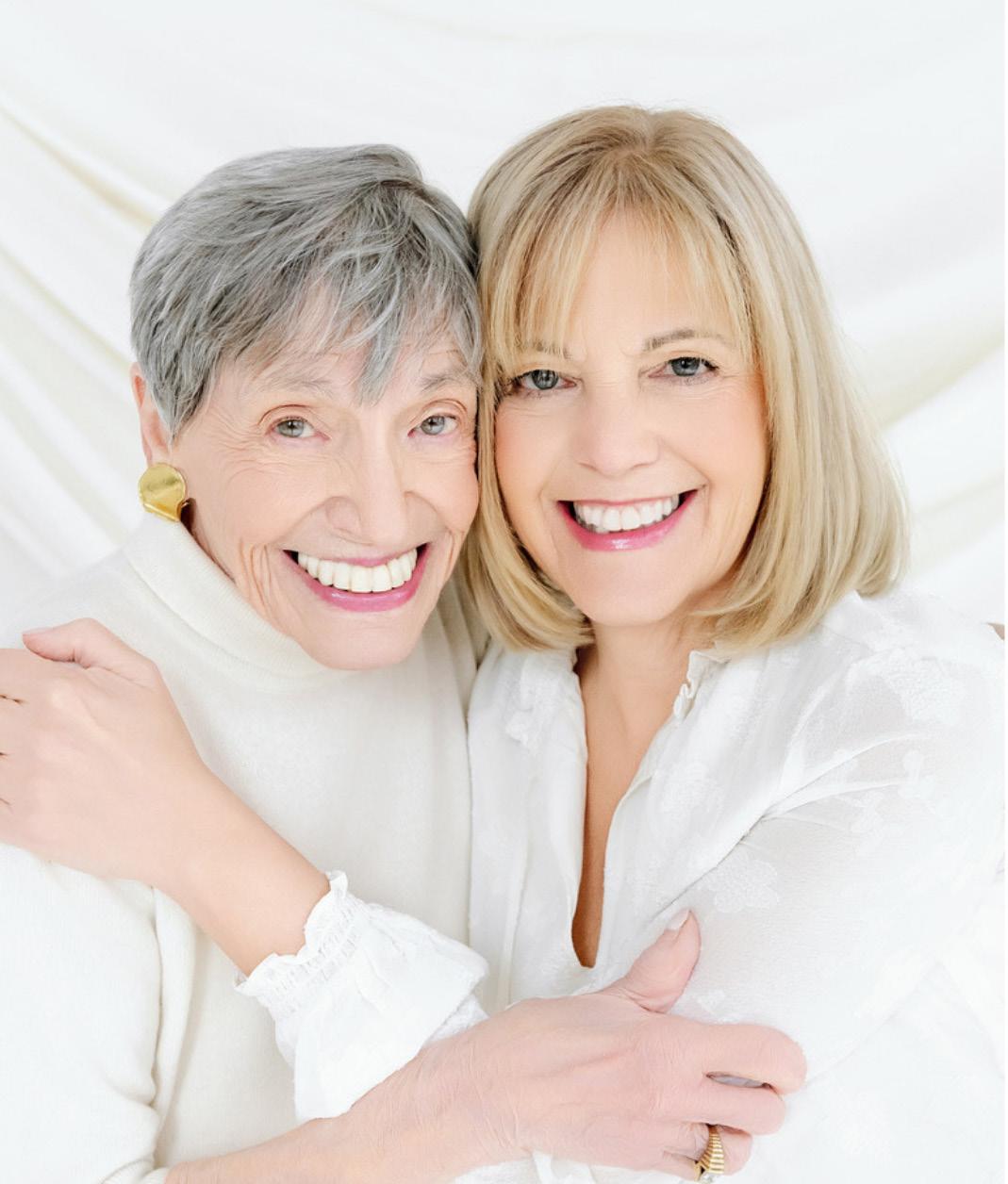
“I found myself often quoting my mother, and in recent years even more so. I’d say, ‘as my mother would say’ or ‘my mother always says’ in so many circumstances, both with my clients and my friends. I realized that I needed to share these life lessons and strategies in a broader way.”
Your book, My Mother Always Says, combines your mother’s timeless wisdom with your modern perspective. How did this collaboration come about, and what was the process of intertwining both viewpoints?
“When I asked my mom about writing a book, she was intrigued—so we got started. We had more lessons than we could fit, so we chose the ones we felt would be most valuable to readers. Each lesson includes her perspective and my take as an Action Coach, pairing timeless wisdom with practical steps for today.
Just when we thought the book was done, my mom suggested adding her life story to tie it all together—and she was right. She shared it with me verbally, and I wrote it all down.”
At 93, your mother has witnessed significant historical events. How have these experiences shaped her outlook on life, and how do you think they influence the lessons she imparts?
“Yes—at nearly a century old, my mom has lived through many pivotal moments in history. She always says, “There are no bad experiences, just the ones you don’t learn from.” Her childhood was filled with challenges, but she found strength in them, using those early hardships to navigate future ones.
At just 10, she spent many nights alone during World War II. Decades later, when her husband died suddenly at 49, she drew on those memories to face the long lonely nights that followed.
She eventually earned her Master’s in Social Work and founded New York’s first bereavement center. When 9/11 happened, she was uniquely equipped to support hundreds of grieving families—because she had walked that road herself.”

In your coaching practice, you emphasize empowering women to prioritize themselves. What inspired this focus, and what transformations have you observed in your clients as a result?
“I believe women are naturally ‘otheroriented’—we’re wired to care for others, often at the expense of our own wants and needs. Guilt can make it hard to prioritize ourselves.
In my Drive Your Life group coaching program, women choose one personal goal and learn a 5-step process to take action. The transformations are powerful. One client, a former lawyer, had been stuck
in a rut, spending most days on the couch Eight weeks later, she was volunteering for two nonprofits and taking jewelrymaking classes.
I’ve seen women change careers, build communities, start dating again, and finally pursue long-held dreams. It all starts with choosing themselves.”
Your book highlights lessons passed down through generations. What advice do you hope your own children take from both you and your mother, and how do you see that legacy continuing?
“My children were lucky to grow up with my mother in their lives. I hope my daughters see that it’s never too late to change paths or start something new. And I hope my son understands how much women have to offer—and that they deserve the space to become who they want to be.
I’ve raised two strong young women who are passionate about helping others and supporting women. Part of that is who they are as women. But, they’ve also learned firsthand that they don’t need to have it all figured out now. It’s important to remember to take chances and try new things.”
What is next for Amy and Gwen?
“That’s a great question! We’ve been on the podcast circuit and really enjoying that! We had a book signing at our next Better Together women’s event in April. We also have the idea of creating a talk show”
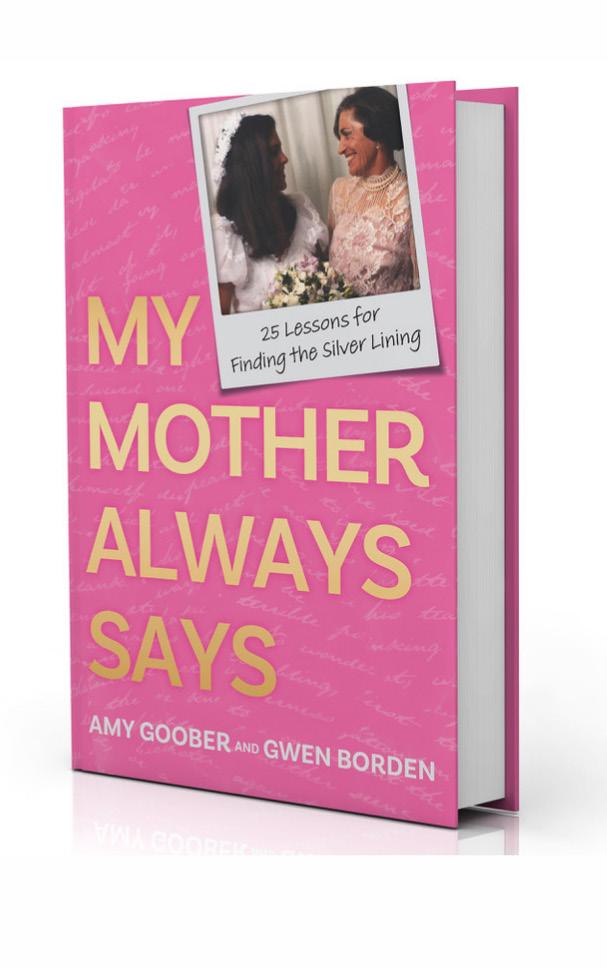
GET IN TOUCH:
WEBSITE: AMYGOOBER.COM
FB: @AMY.GOOBER I
G: @AMYGOOBER.DRIVEYOURLIFE
LINKEDIN: @AMY GOOBER
Photo Credit:
Mariah Gale Creative
CREATIVE SPOTLIGHT
Meet the Designer: Laura Viola Maccarone
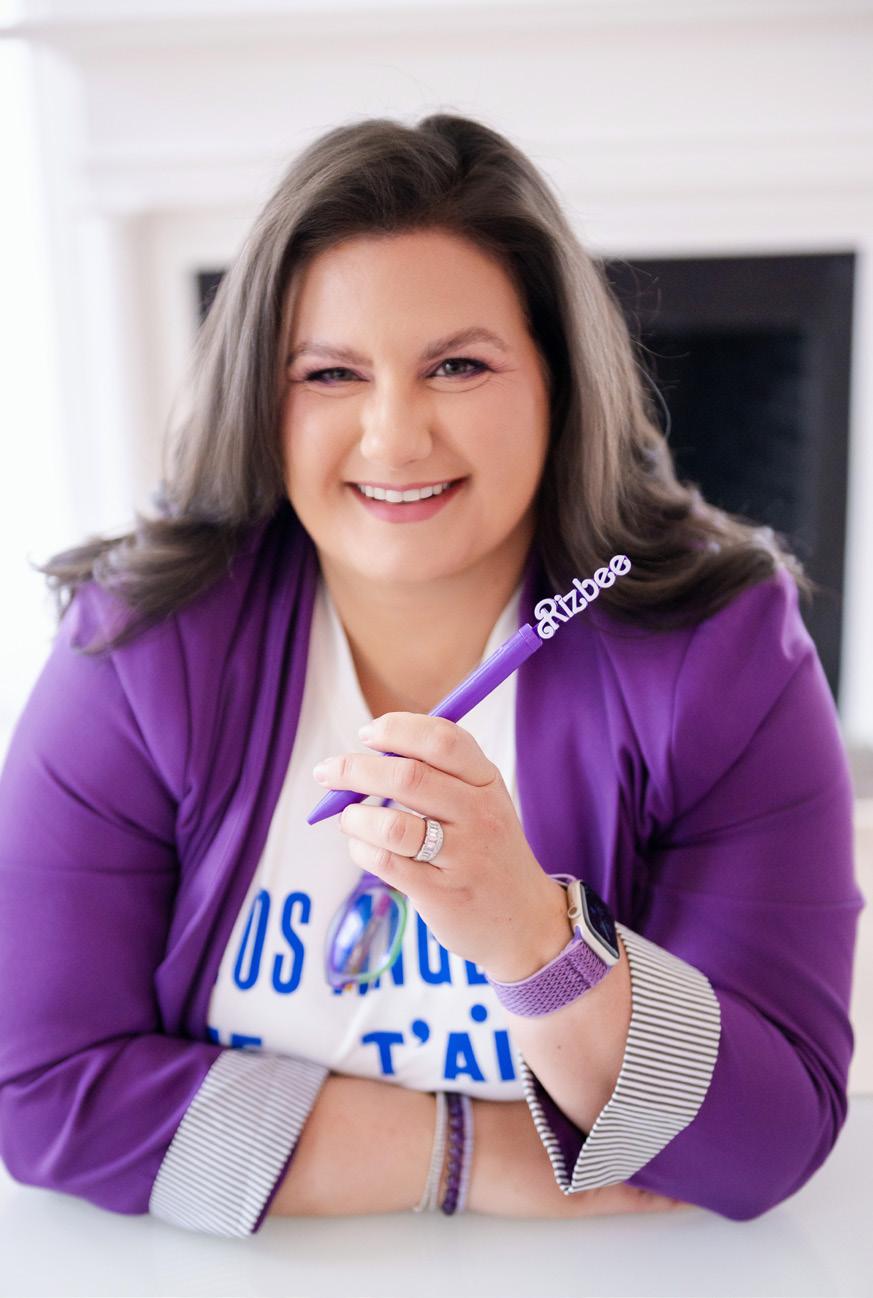
Can you tell us how your journey into graphic design began? Was there a defining moment or influence that pulled you in?
Absolutely—my journey into graphic design started surprisingly young. I was about 11 when I became obsessed with the layout choices in Sassy Magazine—I’d study how each page was arranged and think about how I’d do it differently. Around the same time, I was fascinated by my dad’s collection of branded hockey pucks and loved redrawing the logos.
Growing up in a family of restaurant chain entrepreneurs, I was surrounded by visual communication such as menus, signs, and branding meetings. I was drawn to it all. I didn’t quite know what “graphic design” was yet, but I knew I loved the mix of creativity and strategy behind it.
Rizbee Studio has such a distinct visual identity—how did your personal style evolve, and how much of that feeds into the studio’s creative direction?
I
t’s amusing looking back on all the different
iterations and how Rizbee has evolved over the last 21-plus years. I think my approach plays more of a role in my creative direction than my personal style because the approach is what has evolved the most over time. I don’t do trends, and I truly design for the client and the client’s goals.
The world of graphic design has seen major shifts over the last 10 years. From your perspective, what are the biggest changes you’ve witnessed—and how have they influenced your work?
Graphic design has transformed dramatically over the past decade. One of the biggest shifts has been the move toward digital-first, mobile-friendly design. With more people interacting with brands on screens of all sizes, there’s a constant need to design responsively, making sure everything looks just as good on a phone as it does on a desktop. That’s changed how I approach layout, typography, and even color usage— every pixel matters more now. I am a huge stickler for brand continuity.
How has technology impacted the way you approach projects today compared to when you first started?
In certain instances, it does, such as designing a responsive identity suite for brand continuity at all touchpoints. However, I had an incredible mentor who was beautifully persistent in making sure we designed away from the computer and we designed for the purpose, the story, the ideas. I always start with a pencil and paper.
What’s your creative process like when starting a new project?
Do you have any rituals or nonnegotiables that help you stay inspired?
When working with clients, I always start with an interview and a moodboard.
The interview draws out all the nuances of what the client is looking for as well as the details of their brand ethos. From there, we curate images and create a moodboard representing the essence of how we visually want the brand to look and feel. The moodboard serves as the foundation for the project.

Many young designers look up to studios like Rizbee—what advice would you give someone trying to carve out their own voice in such a saturated market?
Do you. Seriously, if you have the passion, the drive, and determination to design, then do it. Research and look at all the greats and absorb it all. Use what you love about design and make that your aesthetic.
Looking ahead, what excites you most about the future of design? Are there any trends or movements you’re keeping an eye on?
Sounds dorky, but everything! I truly LOVE what I do. While I don’t do trends, I do very much pay attention to what’s happening in the design world because outside the trends is greatness from other designers, and that’s the pièce de résistance.
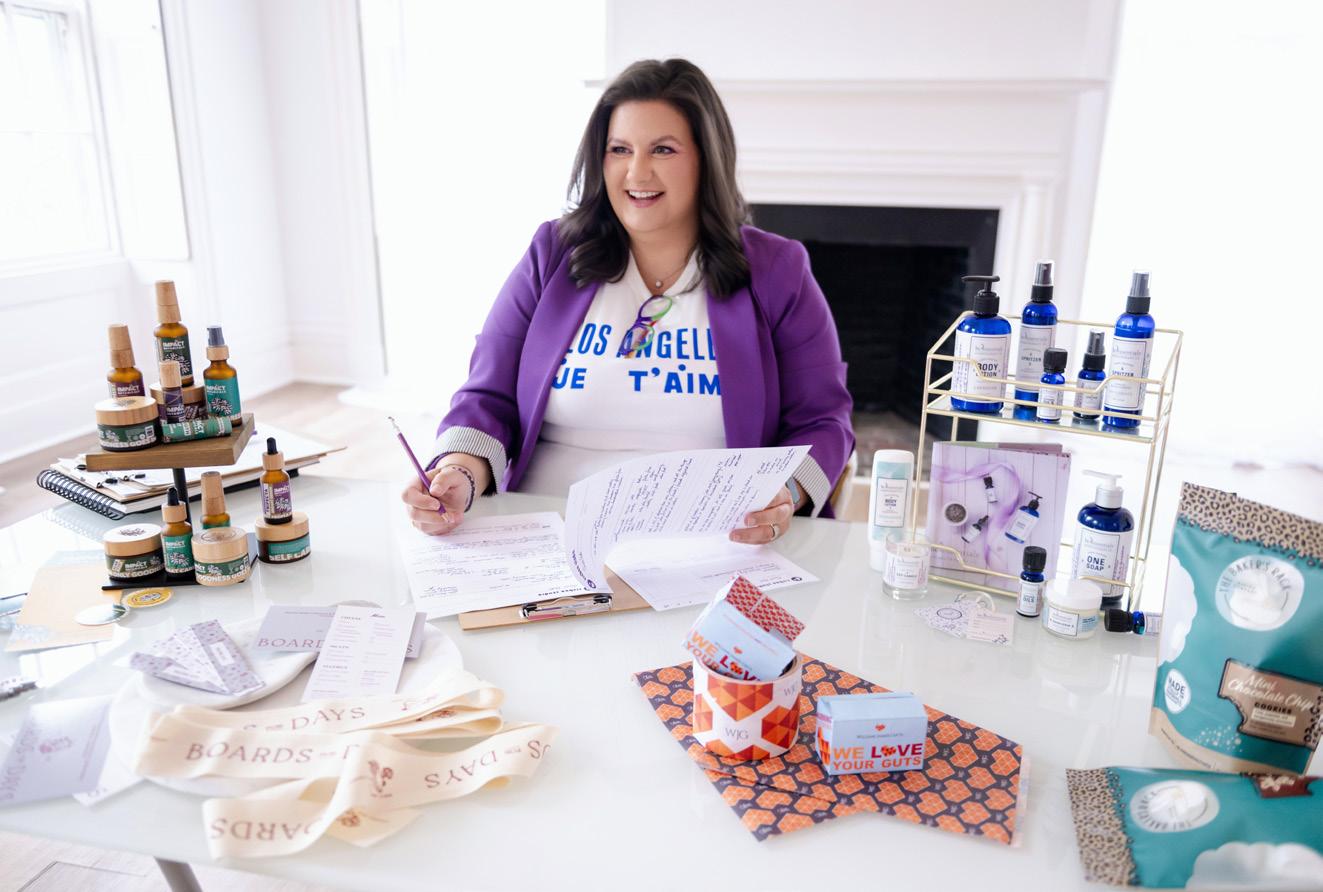
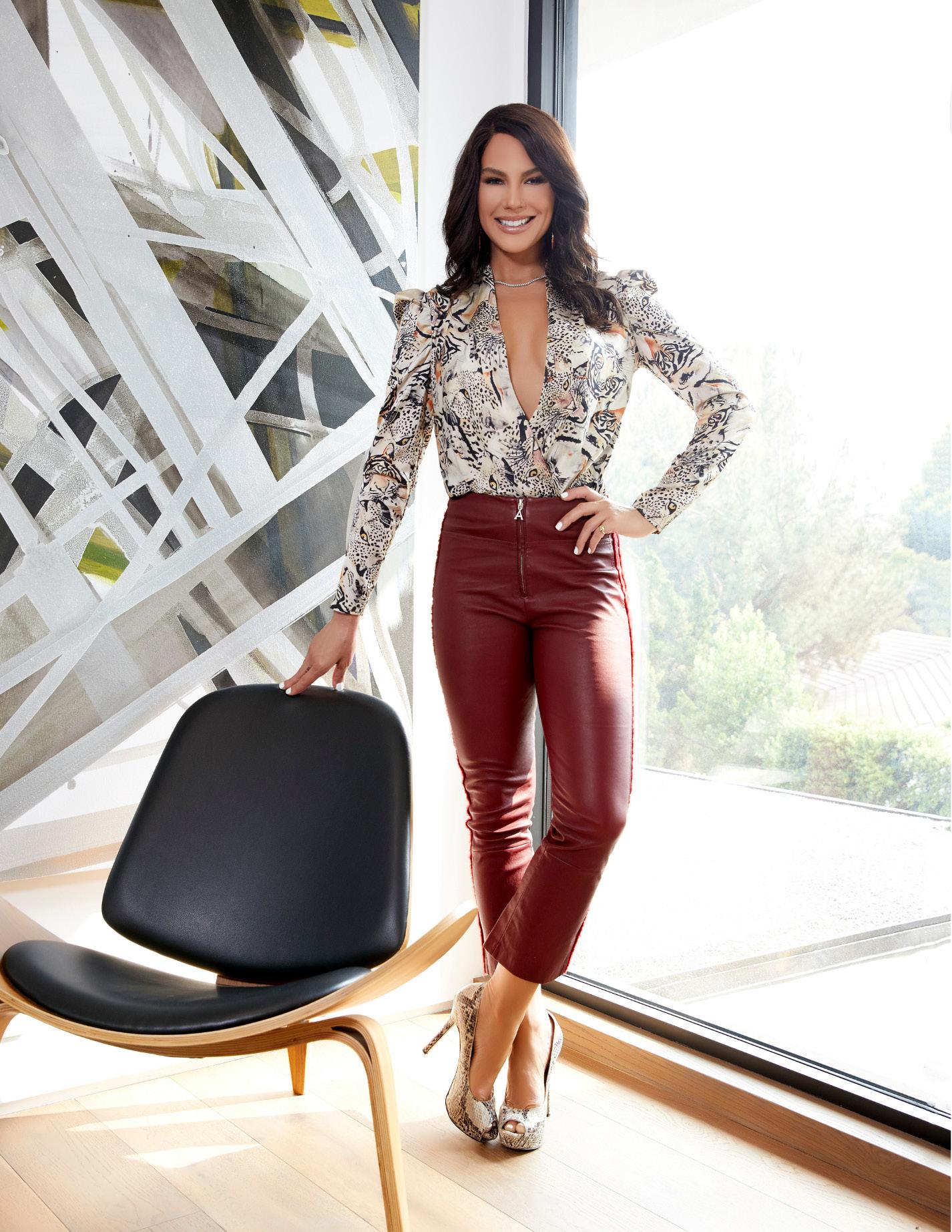
Meet Amanza Smith From The Oppenheim Group & Selling Sunset
Meet one talented Interior Designer, Realtor and Single Mom juggling it ALL from Selling Sunset, Amanza Smith.
Amanza started her career as an Interior Designer and now has taken on the role as a Realtor to also be that one-stop-shop for her clients. She is loving this new role while also working with her best friends, Mary & Jason.
We had the absolute pleasure of sitting with Amanza one-on-one and got to know her better outside of what you see on Selling Sunset!
What is trending for the Fall with interior design?
“People are coming away from the shiny polish gold which I am happy to see. I went with it because a lot of people loved it, but I knew it was on it’s way out. I see more antique brass coming in and I love it because it is timeless. It’s in castles, french chateaus, mansions to name a few.
I also am seeing more Matte Black. From the trim in your house to faucets, door handles and even showerheads. I don’t know if it’s a trend or if it will be around for awhile but I like it.”
What creativity has come out since quarantine?
“Well, I learned that drinking wine can help ;) . Since real estate for me was still newer, I took a harder pause than others who have been in the industry longer. On a positive note, it allowed me to hang out with my kids more, design furniture including: two beds, some loveseats, and one client even had them made!
It has been so inspiring to see my work come to fruition during COVID! As I eventually want my own Home Goods line. My end goal is to list the house, sell the house, design the house and offer the full service for my clients. “
What is a day in the life of Amanza?
“I am not the mom who wakes up at 5:30am , I sleep until 7:45am. I jump up quickly, make breakfast through the air fryer, then I wake up the kids as I am drinking my coffee.
Then they get ready for remote learning and change as my son loves to go to school in his pajama bottoms! In between learning when we aren’t filming , I try to meditate, and relax in between the kids zoom classes.
When we were filming for seven months, if you saw the show, my kids’ dad left. So my work hours were crazy between many
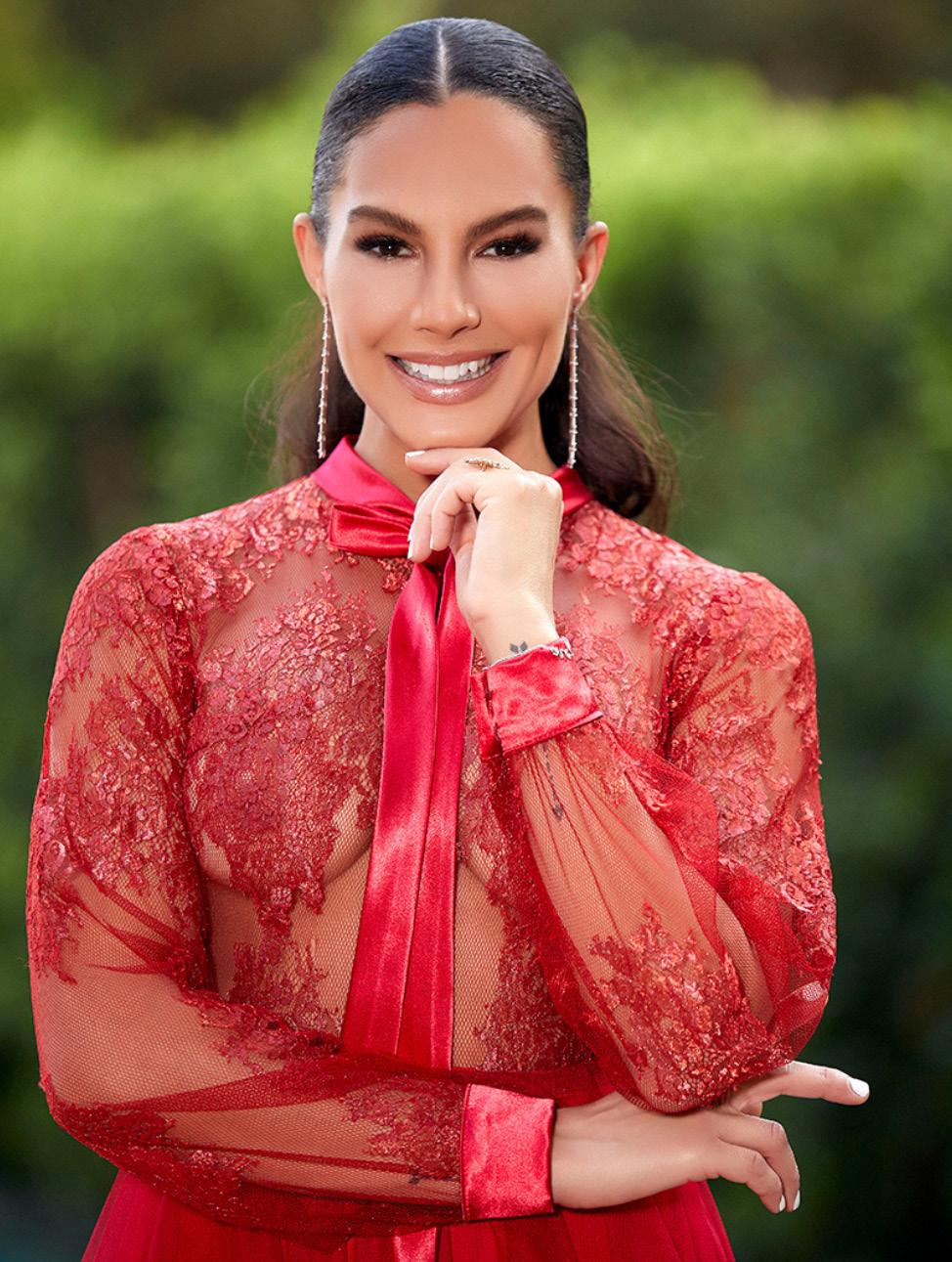
hours filming, staging and real estate. When we stopped filming, it allowed more quality time for me and my kids. I was in HEAVEN. I didn’t have to be anywhere, I stayed up late with slumber parties in the living room. Now that things are getting back to some sort of normalcy,
I would say if you wanted to watch my kids for a week or two, I am open ears ;)”
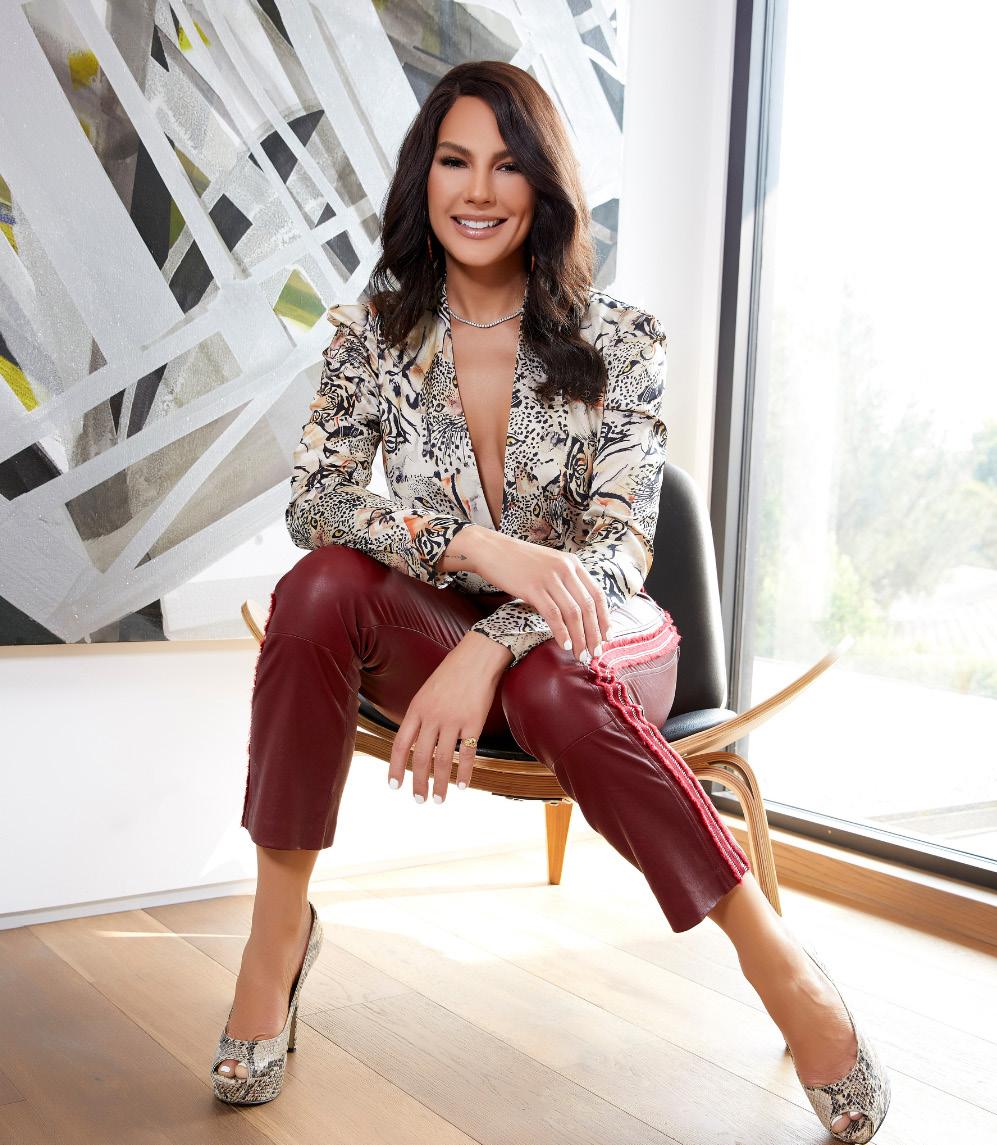
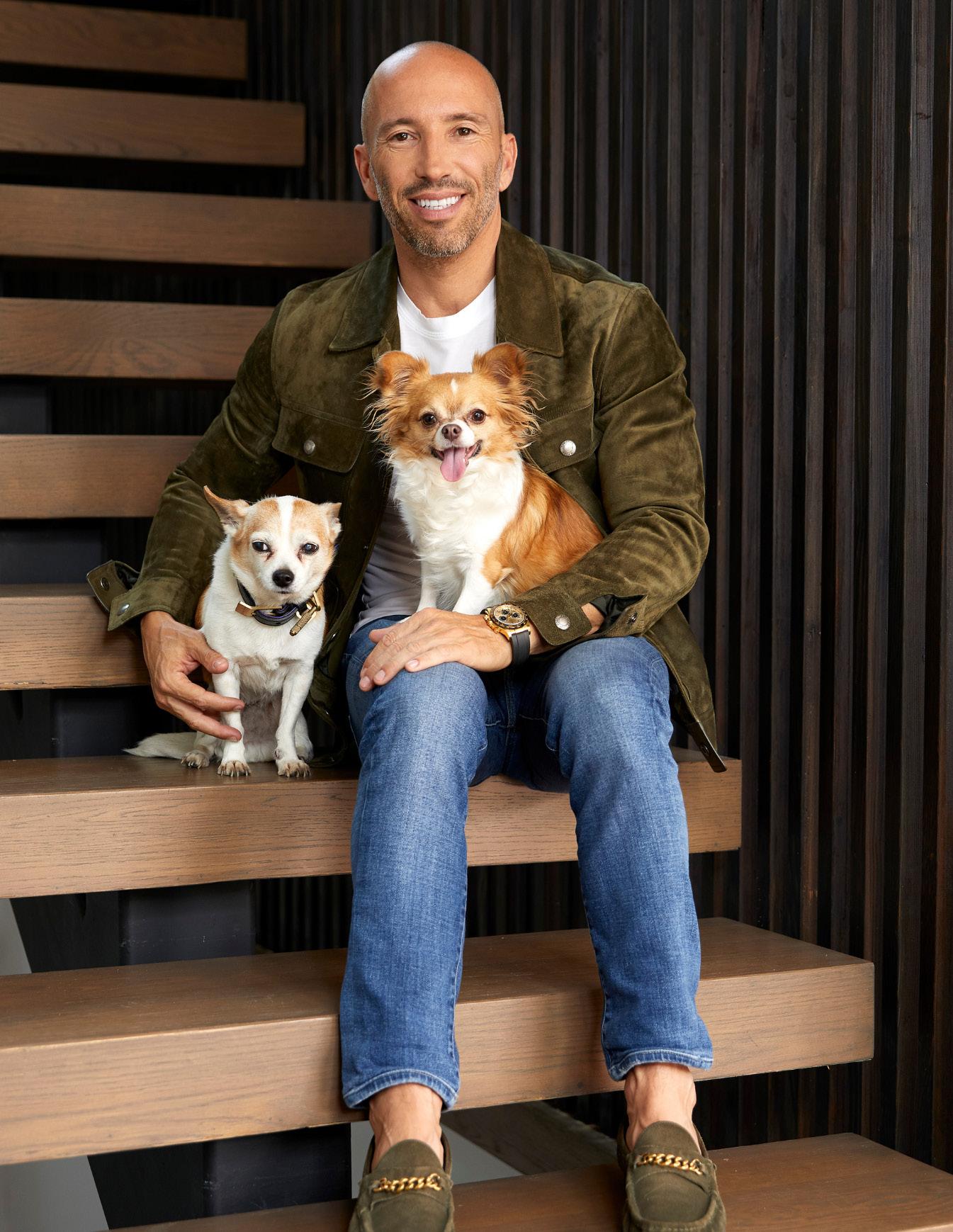
Meet Jason Oppenheim From The Oppenheim Group & Selling Sunset
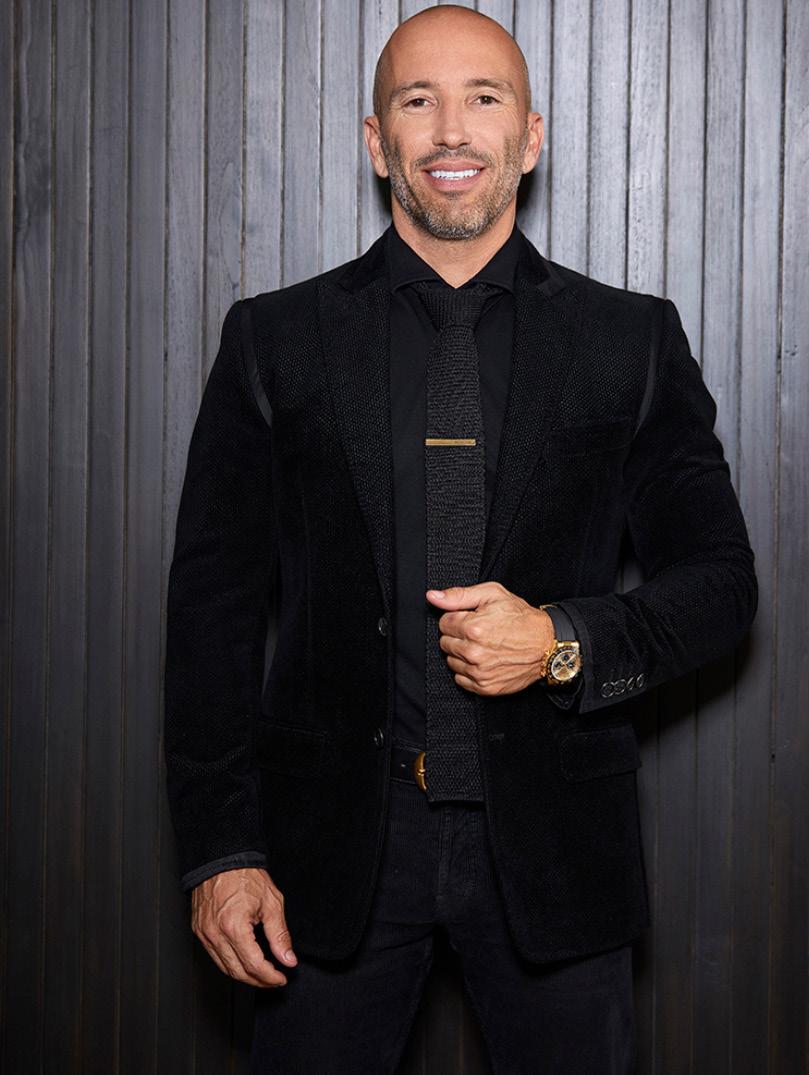
We are so excited for you to get to know the President & Founder of the Oppenheim Group, Jason Oppenheim. We had the fabulous experience getting to know Jason more one-on-one outside of his amazing career he has built.
“After only three years in the business, Jason founded The Oppenheim Group brokerage at the corner of Sunset Blvd. and Sunset Plaza Dr., where he and his team currently sell more than 100 properties a year, including many record-breaking transactions. He closed several of the highest priced sales on the Sunset Strip including the largest sale ever recorded and the highest priced sale per sq. ft., the largest Beverly Hills land sale, the highest priced commercial sale per sq. ft. in Beverly Hills and the highest priced sale in Outpost Estates. He currently has more than $300 million in active listings including one of the largest listings in Los Angeles at $100 million.” ogroup.com
Tell us how you fell into real estate?
“It’s been a family thing for many generations, it’s in my blood as much as anything can be.I started as a lawyer and wasn’t truly fulfilled . I knew real estate was where I wanted to be.”
Have you always been in West Hollywood selling real estate?
“I started real estate in Beverly Hills, but I always knew I wanted to sell in the Hollywood Hills. I gradually ended up there because many of my clients were buying and selling around there.”
How has COVID changed buyers behaviors?
“I don’t think it will have a lastIng effect. I do think houses with yards will benefit over condos.”
If you could spend a day with someone dead or alive you have not met yet who would you choose and why?
“Oh that’s easy, Albert Einstein . I’ve read all of his biographies and I think he was brilliant. What most people don’t know is that he was very stuck in his ways and dogmatic. He didn’t really open his mind to quantum mechanics and thus unfortunately contributed little to the science world during the last few decades of his life.”
What is Jason’s secret sauce to success?
“Not to be cliche, I just work really hard. It took me three years before I saw any success. It’s much easier to succeed when you love what you do, and I look forward to
Monday mornings probably even more than any Saturday morning.”
What’s next for you?
“I want to keep my foot on the gas pedal and do more of the same. I have thought about expanding in California, maybe Orange County, Beverly Hills and Santa Monica. If I were to go outside Southern California, maybe Miami, New York & London. I just don’t want to spread myself thin. So we will see what happens.”
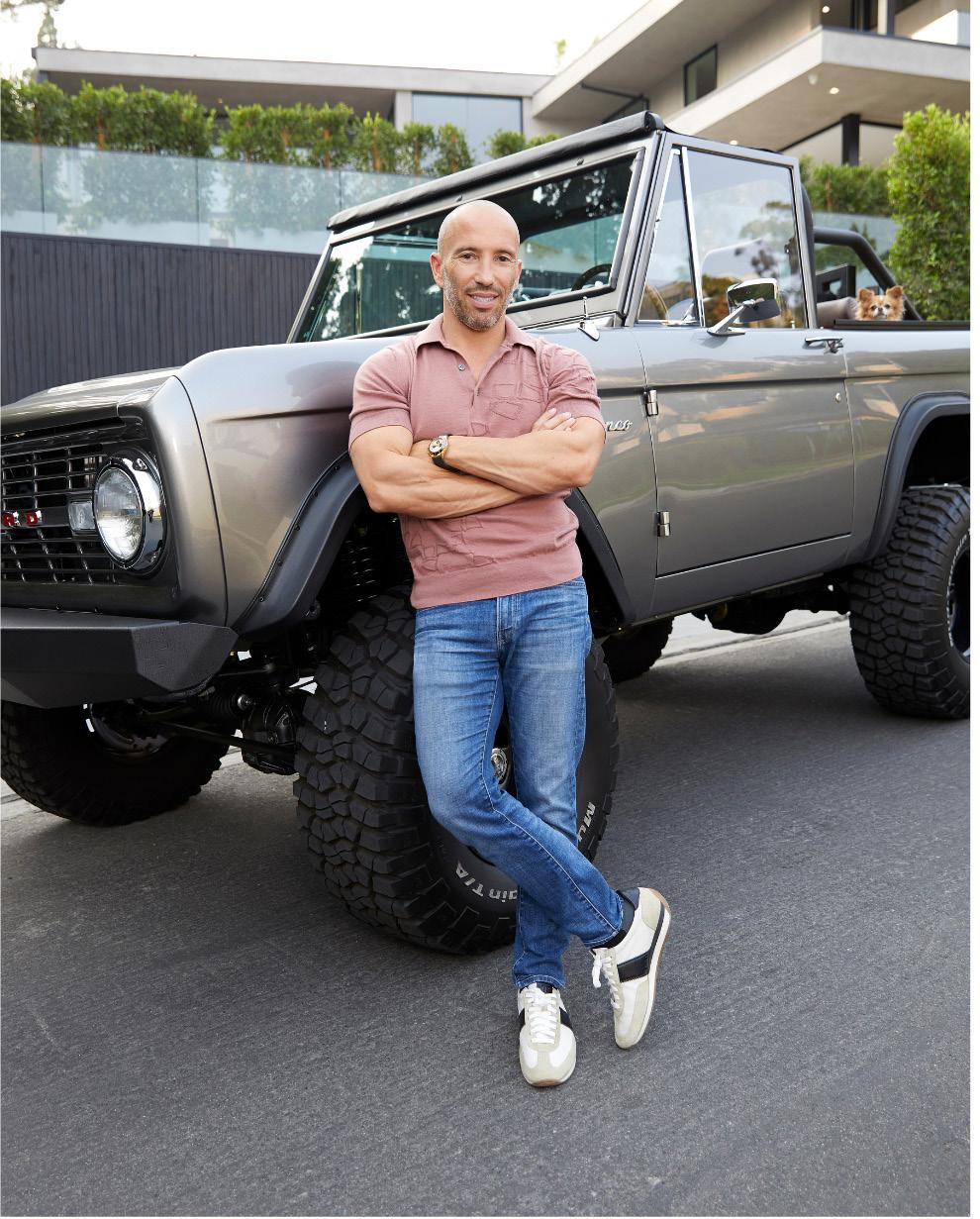
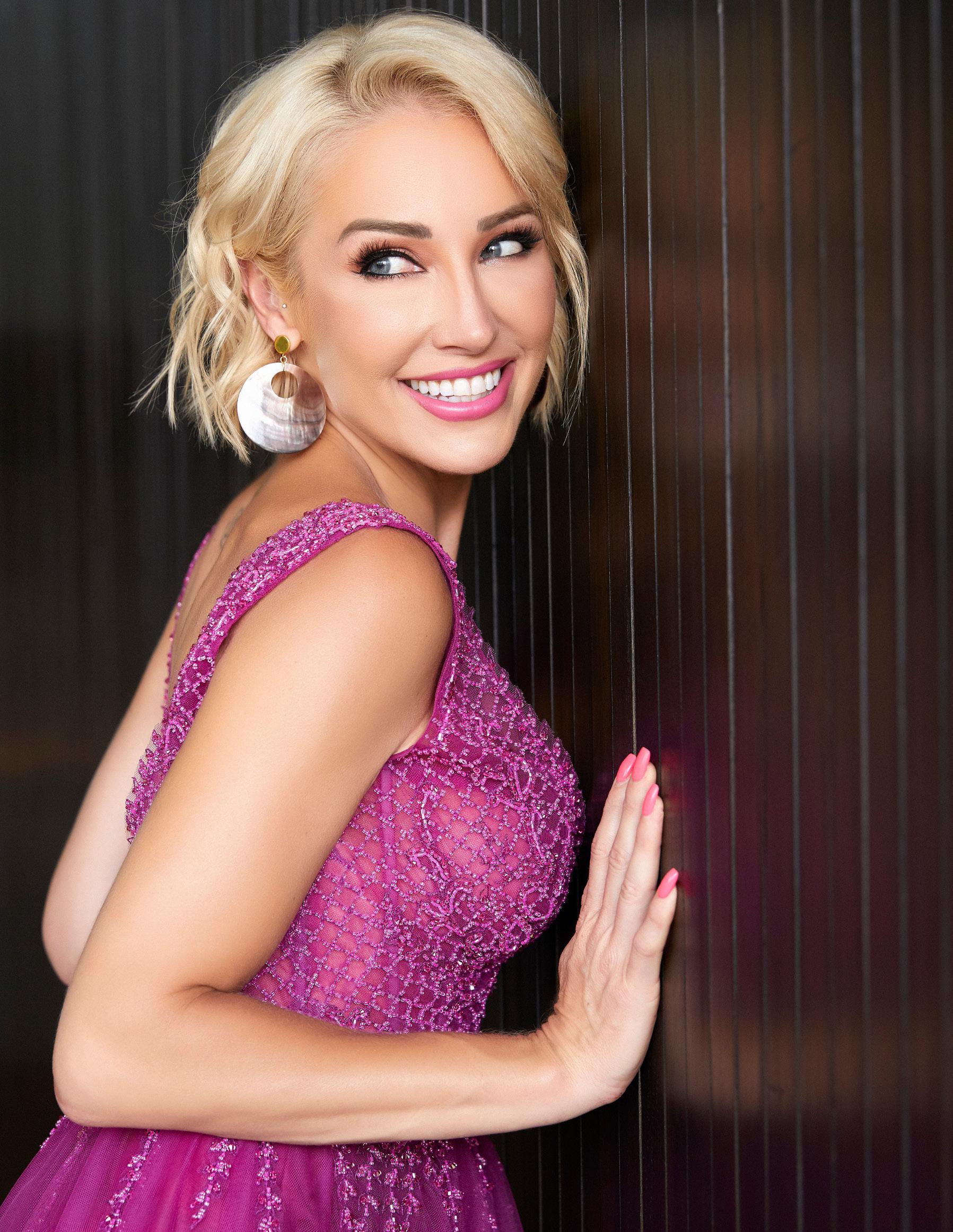
FEATURE THROW BACK
Meet Mary Fitzgerald From The Oppenheim Group & Selling Sunset

Meet one of the most fabulous faces from Selling Sunset, Mary Fitzgerald. Originally from Indiana, this rockstar has taken Los Angeles by STORM in the real estate market.
We had the absolute pleasure of sitting with Mary one-on-one and got to know her better outside of what you see on Selling Sunset!
Tell us how you became a real estate agent?
“Before 2008, I got my license. I found myself moving all the time because I loved the process of finding a new home. I was always moving and up rooting my life and my son’s life. I finally decided that instead of spending money, I can show them for a living and then experience the ins and outs of finding my clients dream homes without spending!”
How long have you been in real estate & do you remember the first house you ever sold?
“Yes! I have been in real estate for 12 years. My first house I sold was a townhouse in Redondo Beach. I started my career in the beach cities. I did an open house and I worked for a different real estate company at the time which no longer exists. There, I met my first clients. They wanted to
sell their three bedroom townhouse and wanted to buy a new construction on the beach.
It is always nerve racking, in the first deal, you really don’t know what your doing. People think they can sell a $5 million dollar house from the start.”
What is a day in the life of Mary?
“I check my emails, text messages and do whatever I need to do business wise. I get things done for the show and juggle the show in between work. Sometimes I find the production team would like for me to have my deals on camera but I tell them I need to do the deal NOW!”
How do you balance being a wife/mom and realtor?
“Romain, is my husband and he is as busy as I am. He is a project manager for a lot of our clients. Whenever they want to resell and or remodel , he is the one that manages that entire project.
At Jason’s house at the end of Season One, Romain was the project manager for that as well.”
What’s NEXT for Mary?
“Bigger sales! I love what i do and I want to take advantage of every opportunity that
comes my way. I would love to start flipping homes with Romain.”
